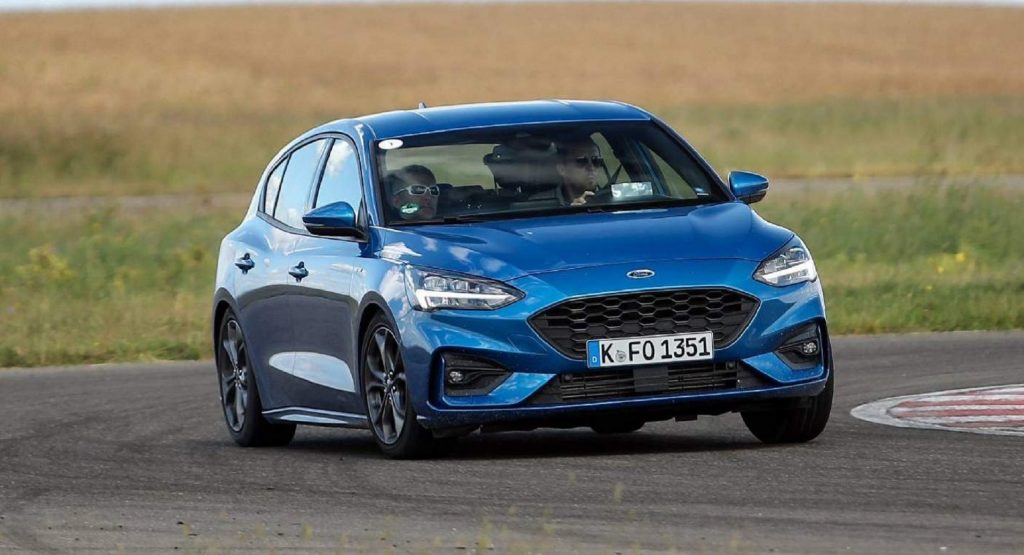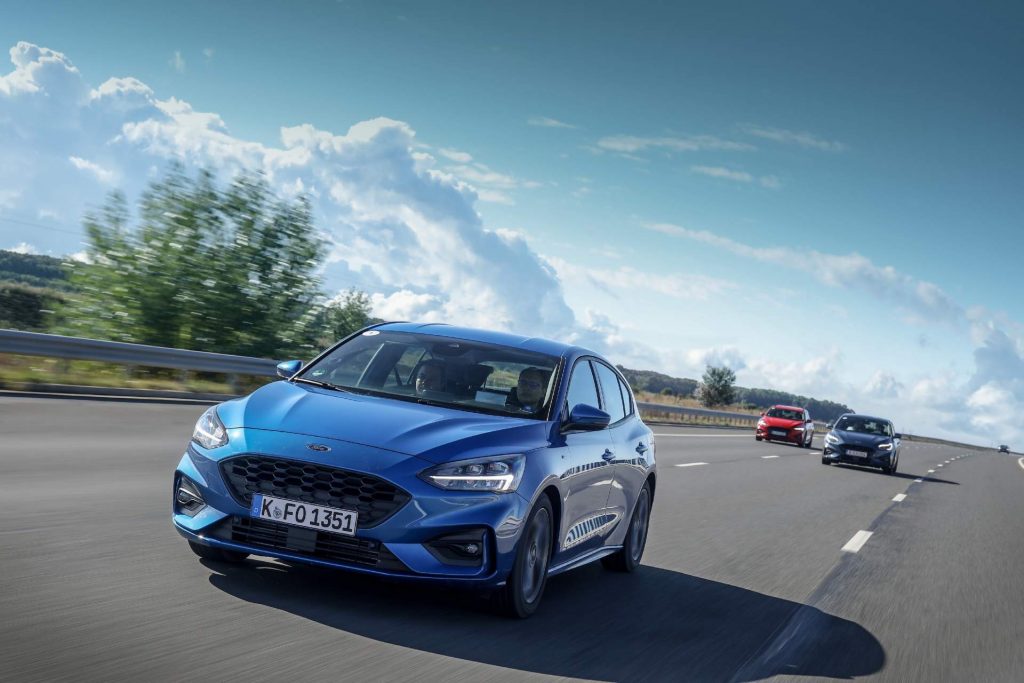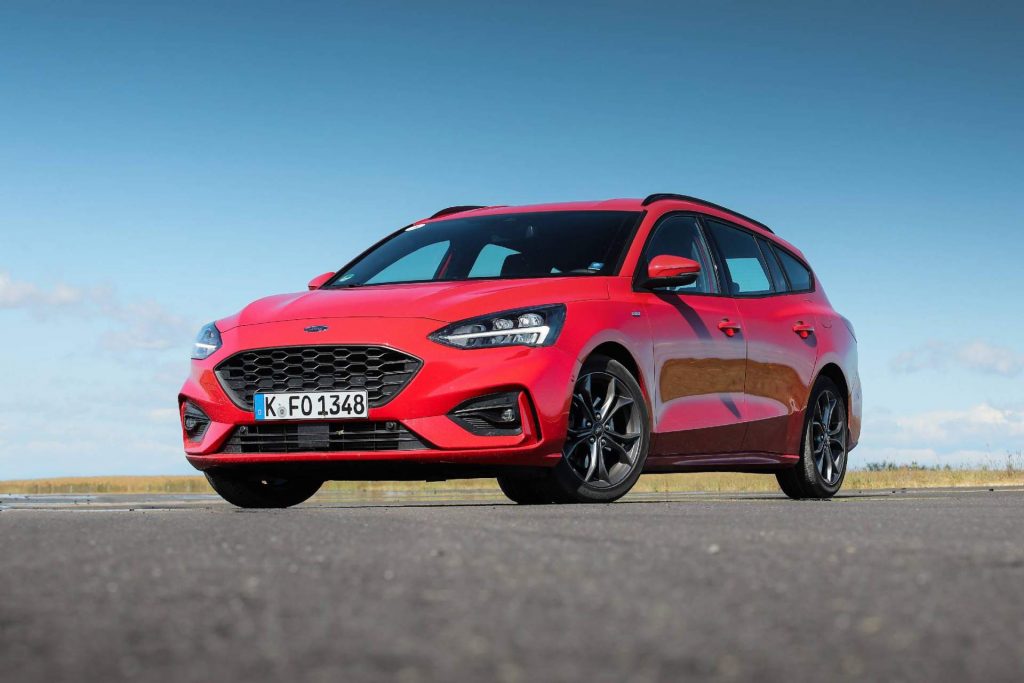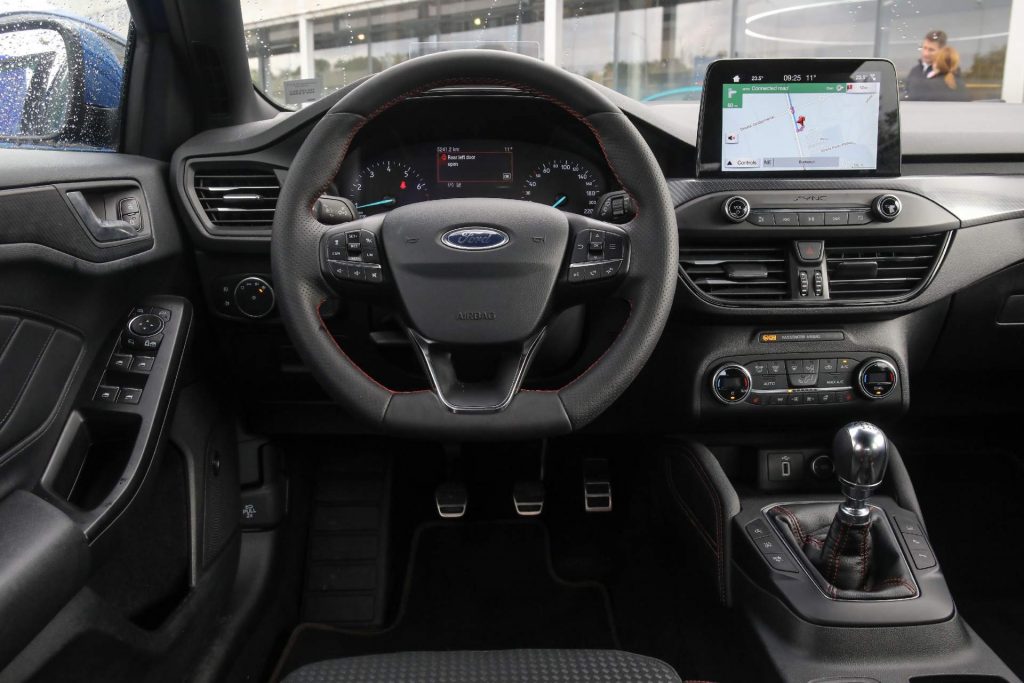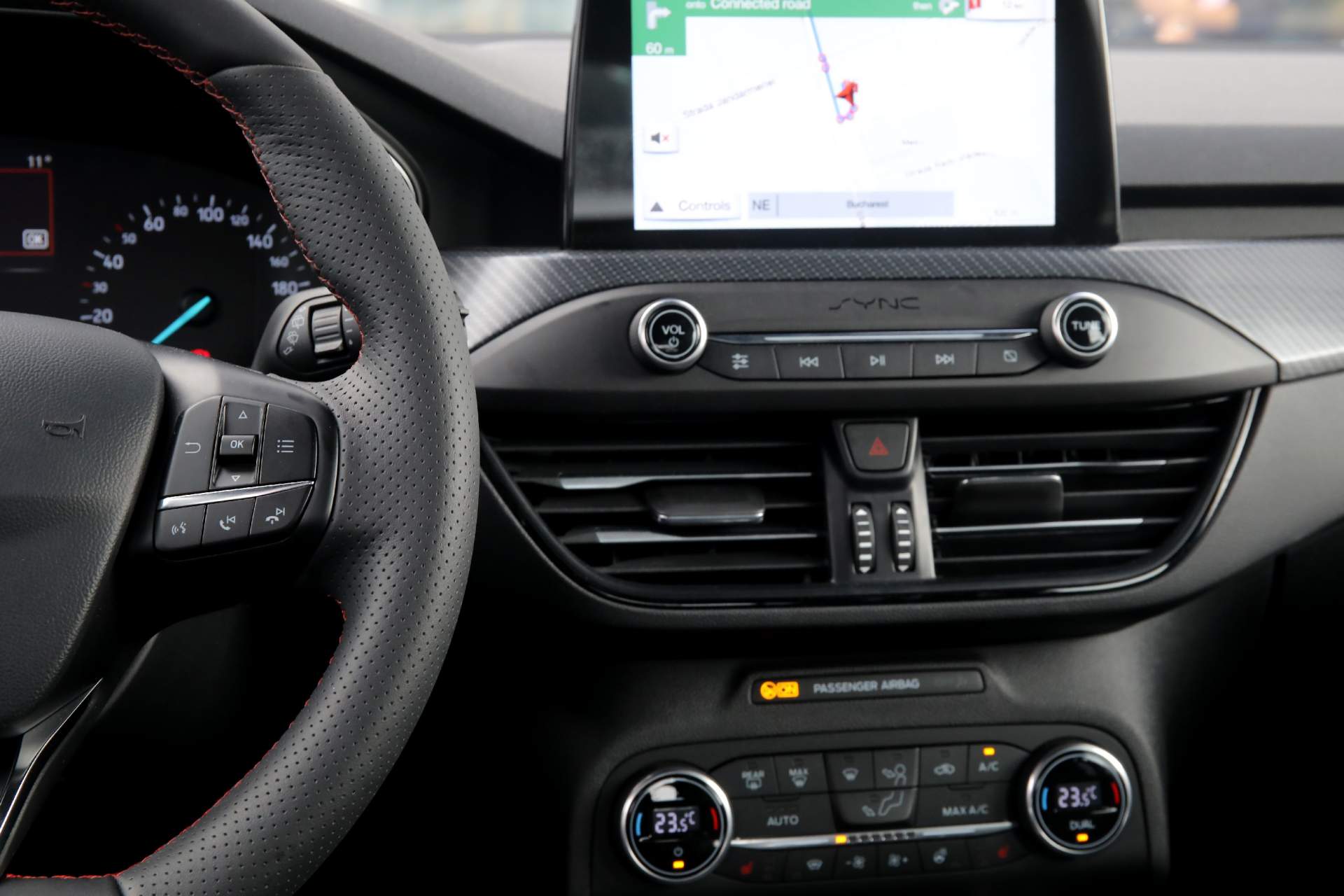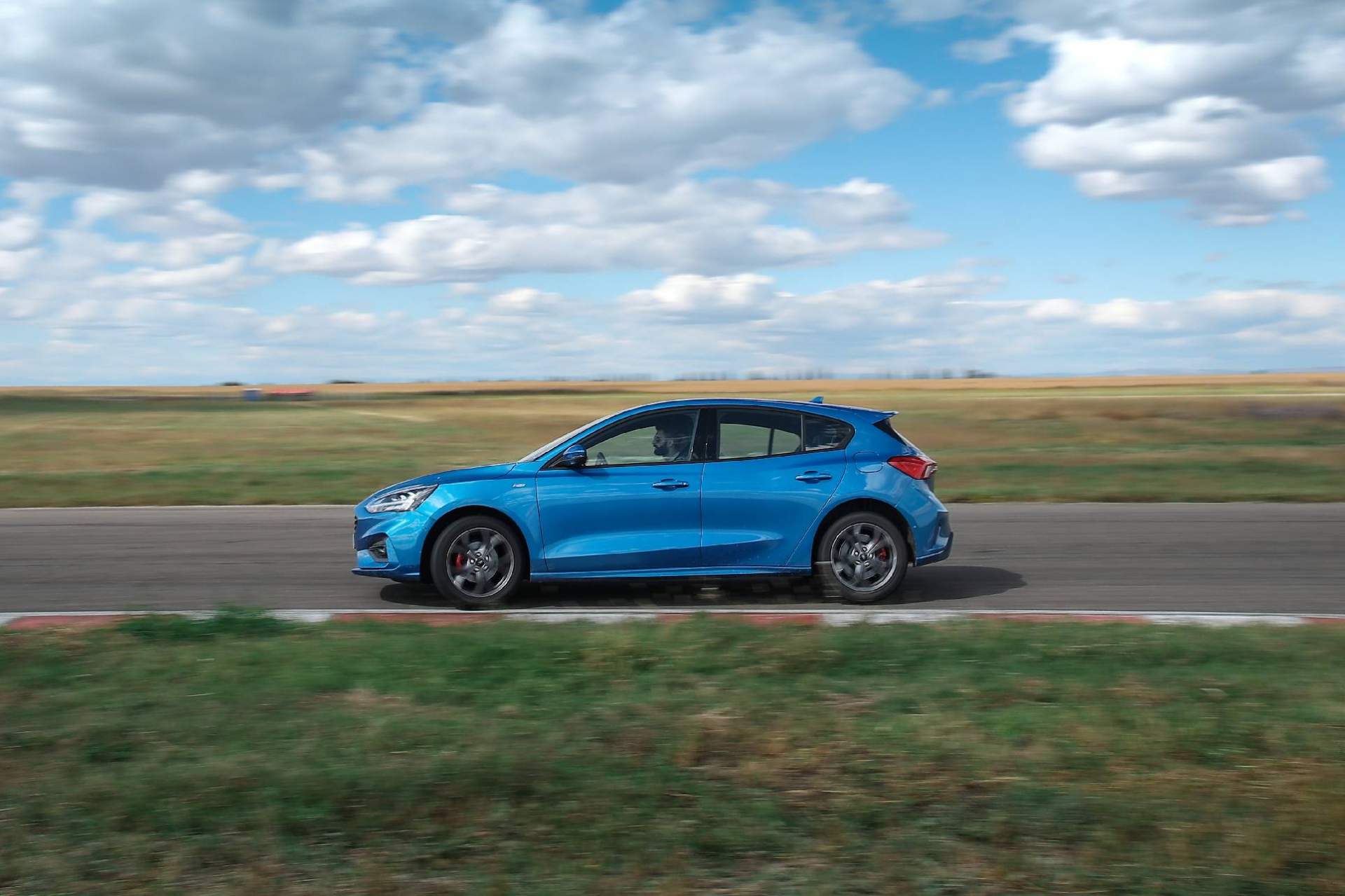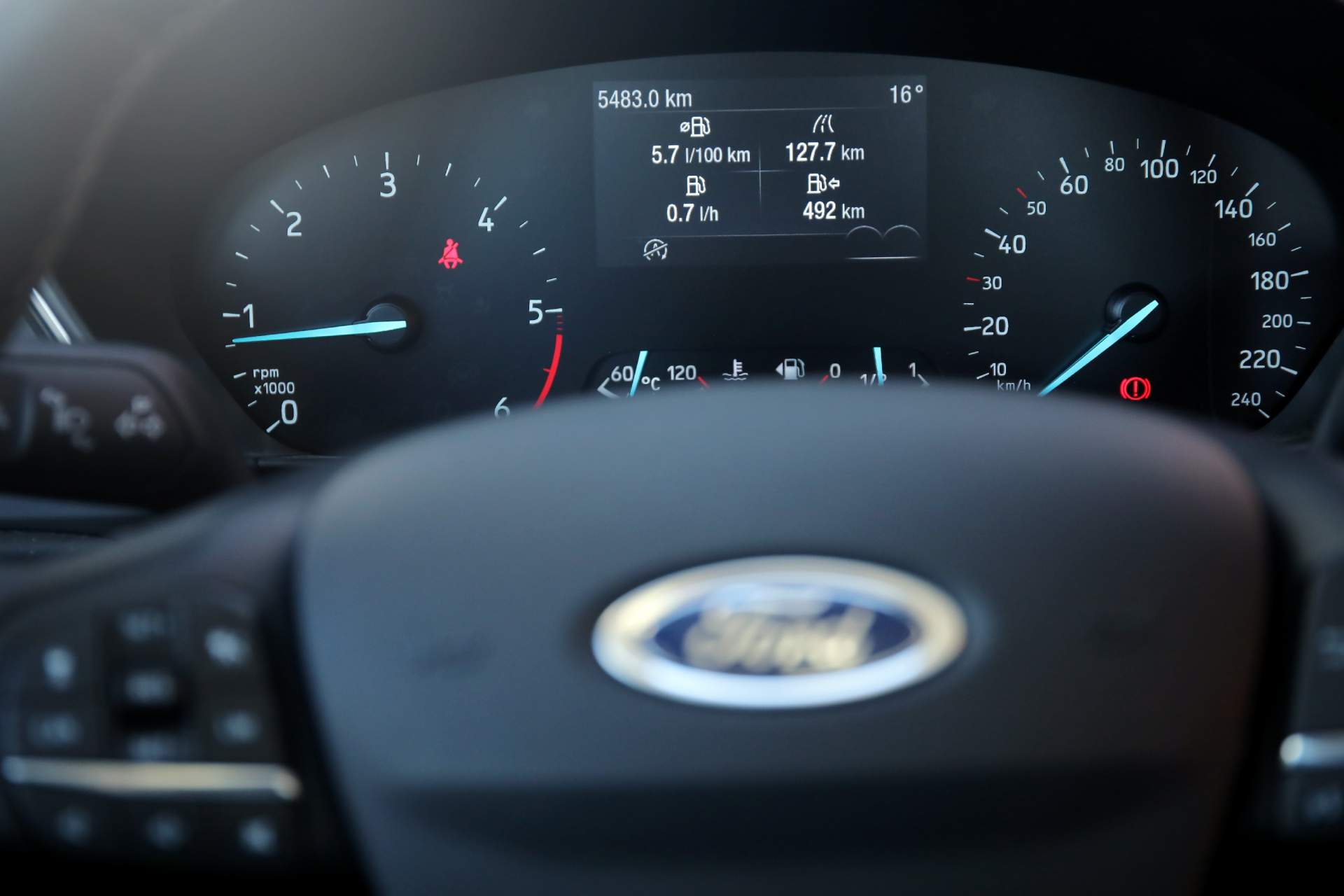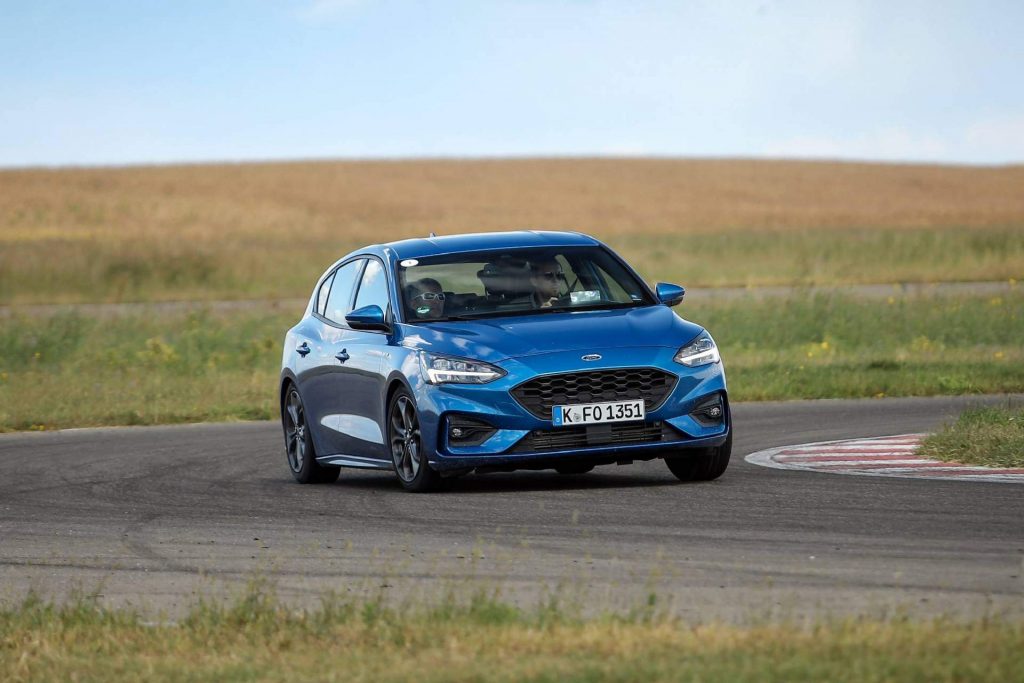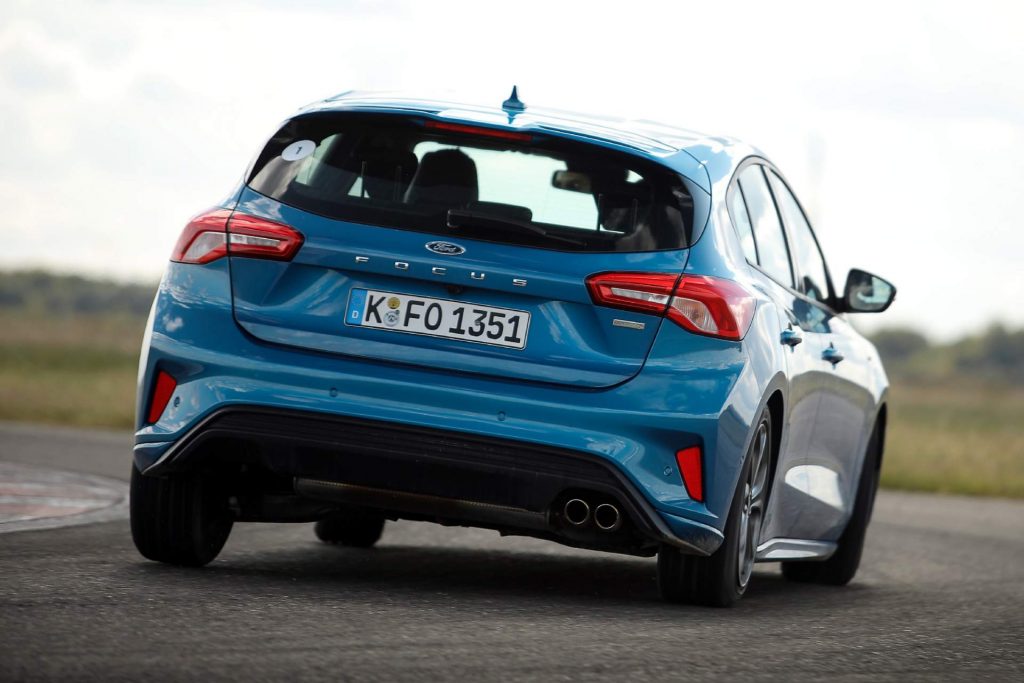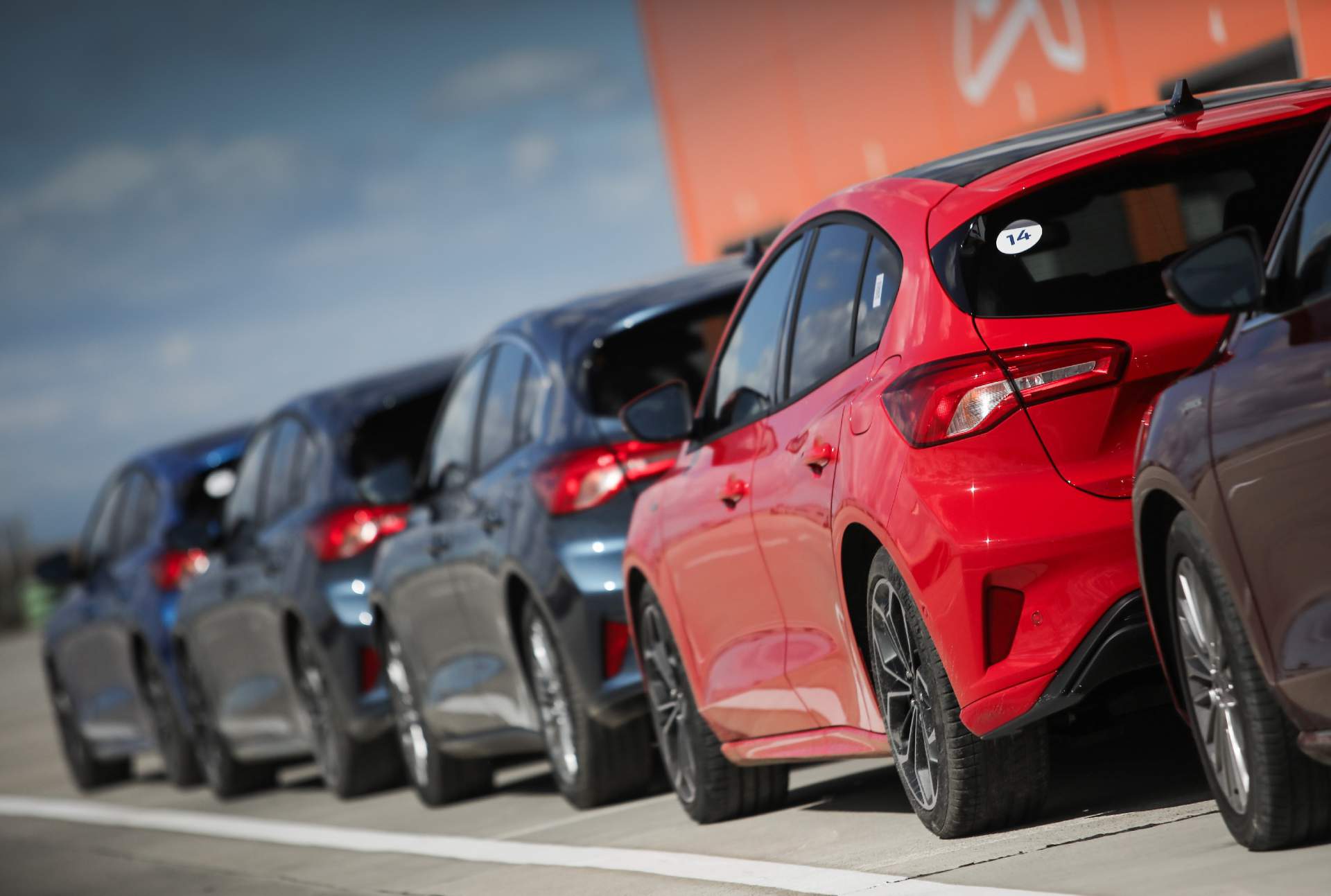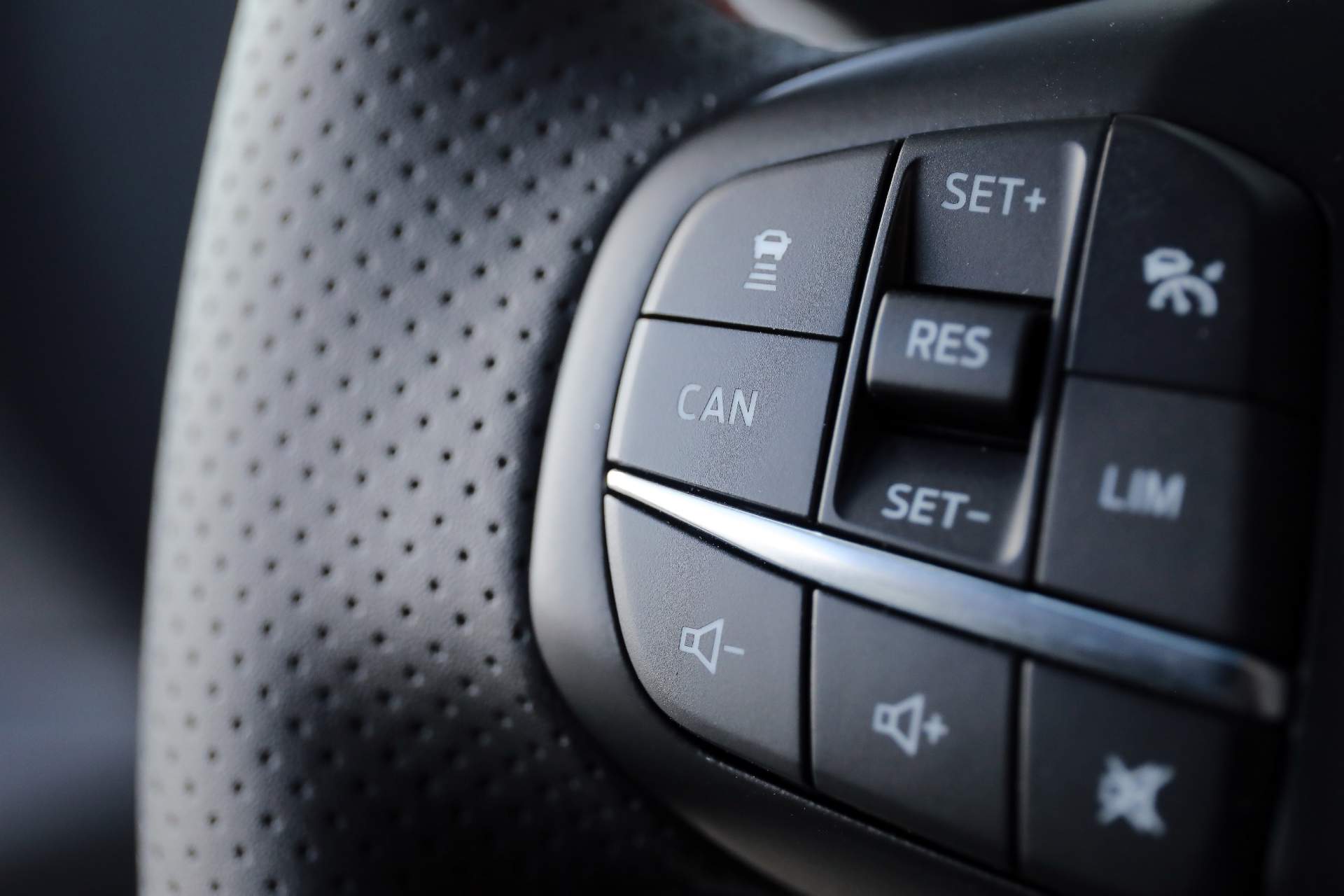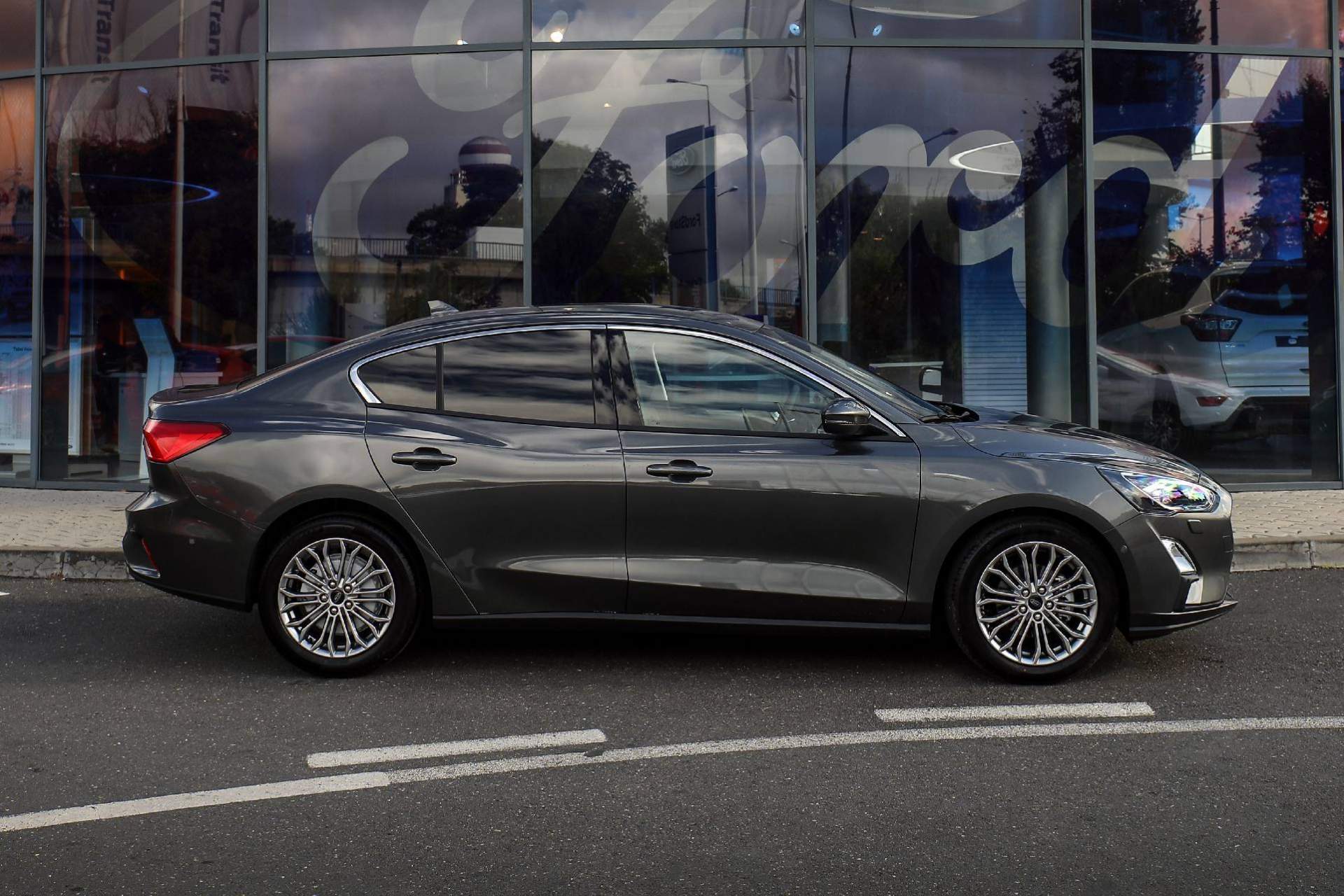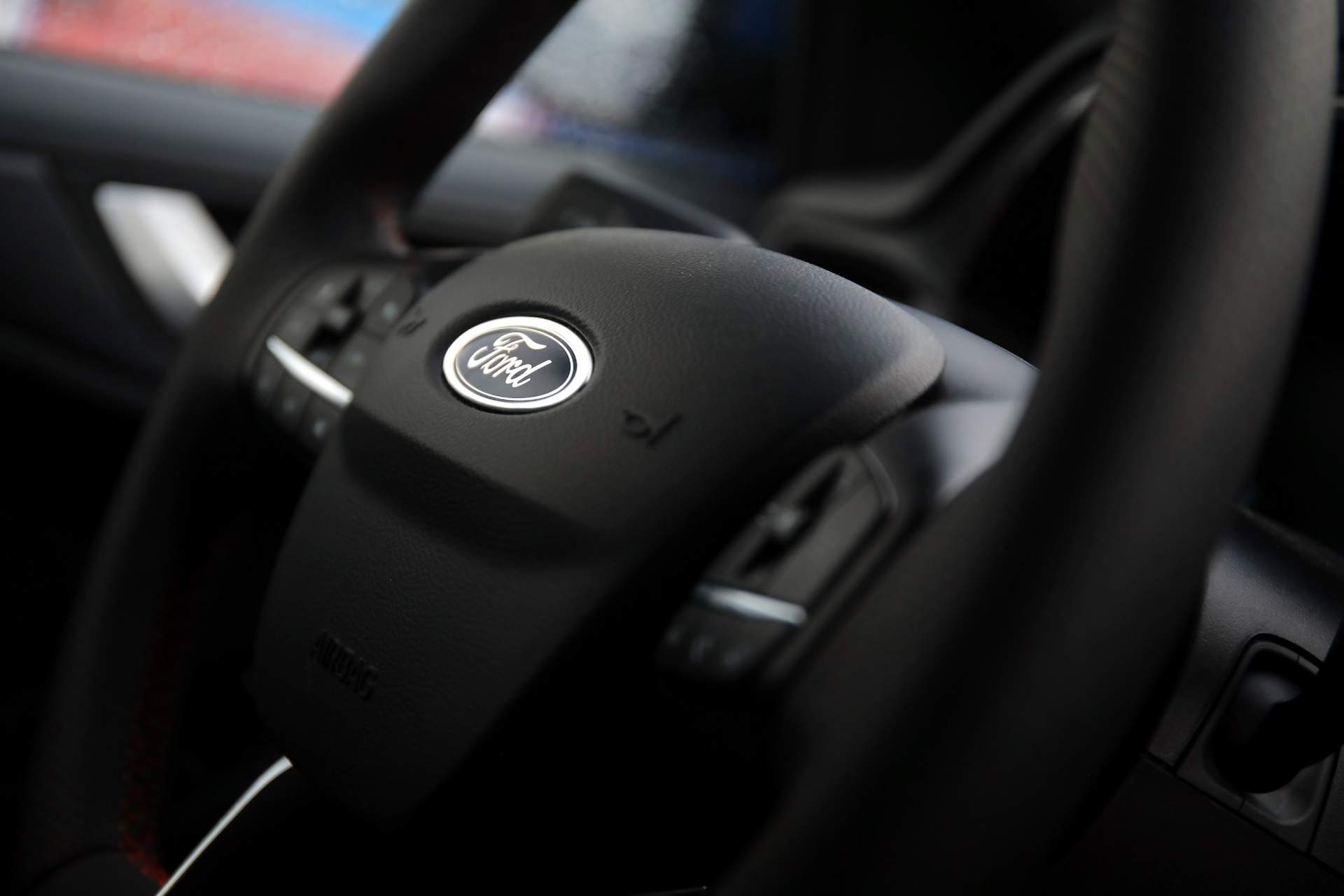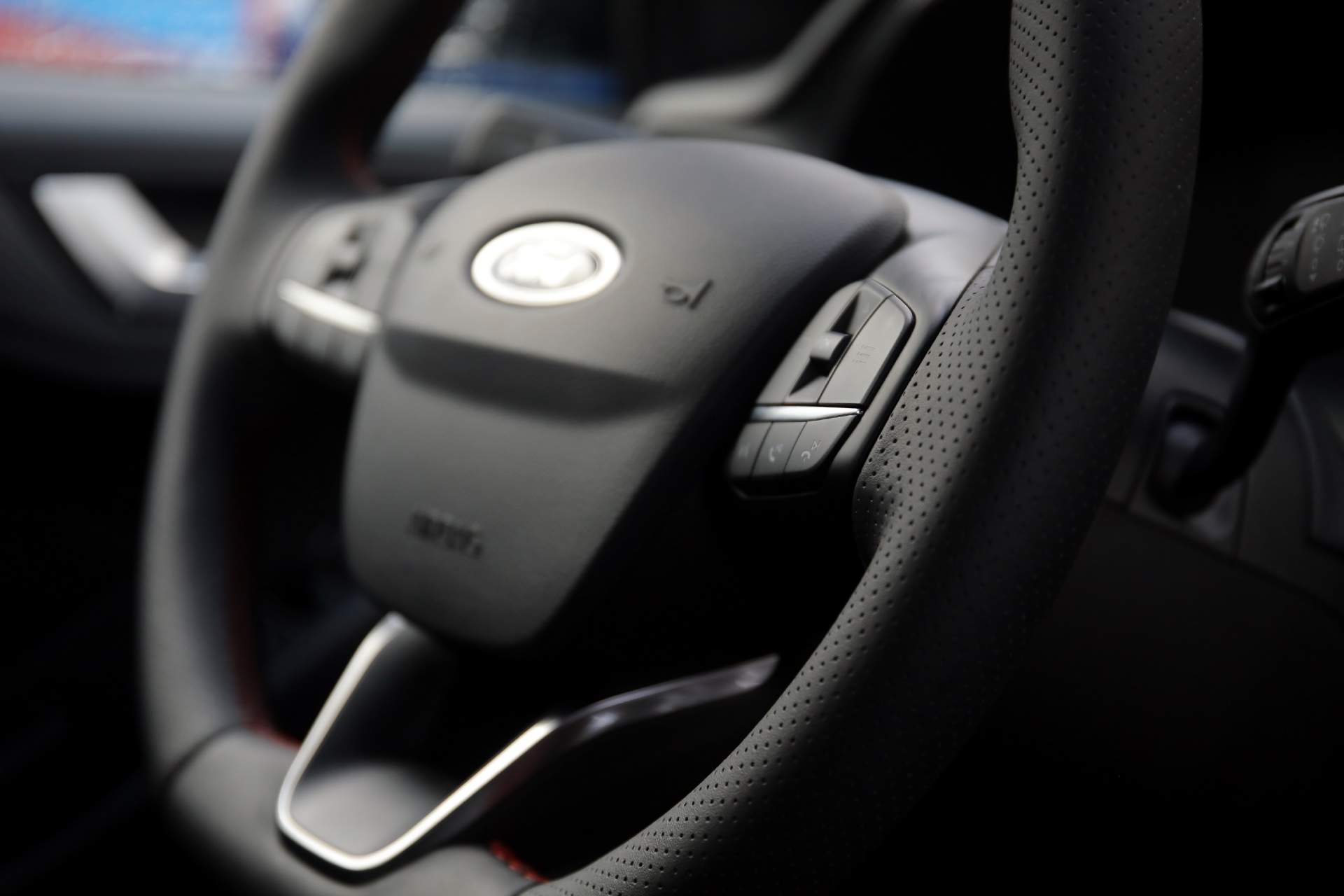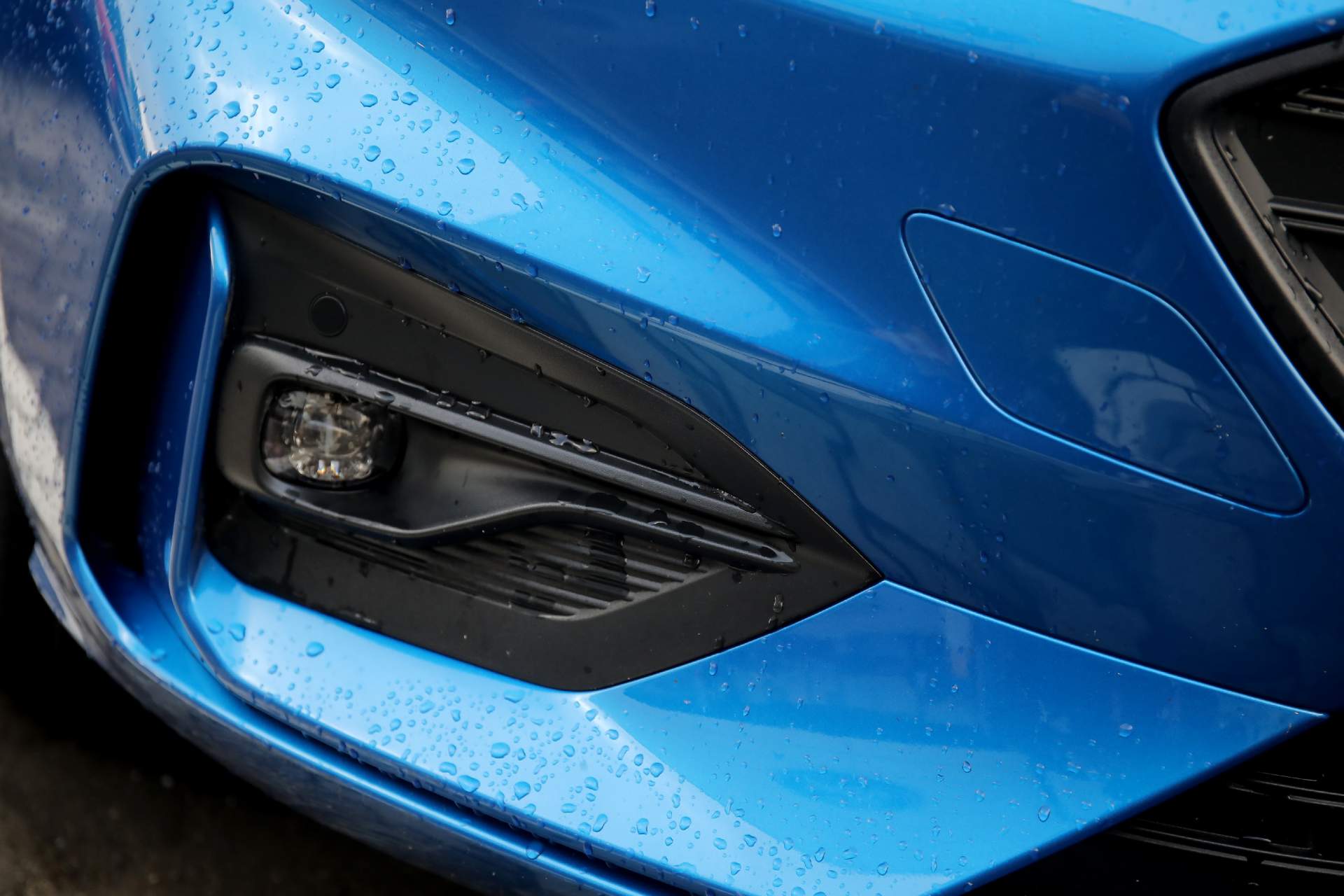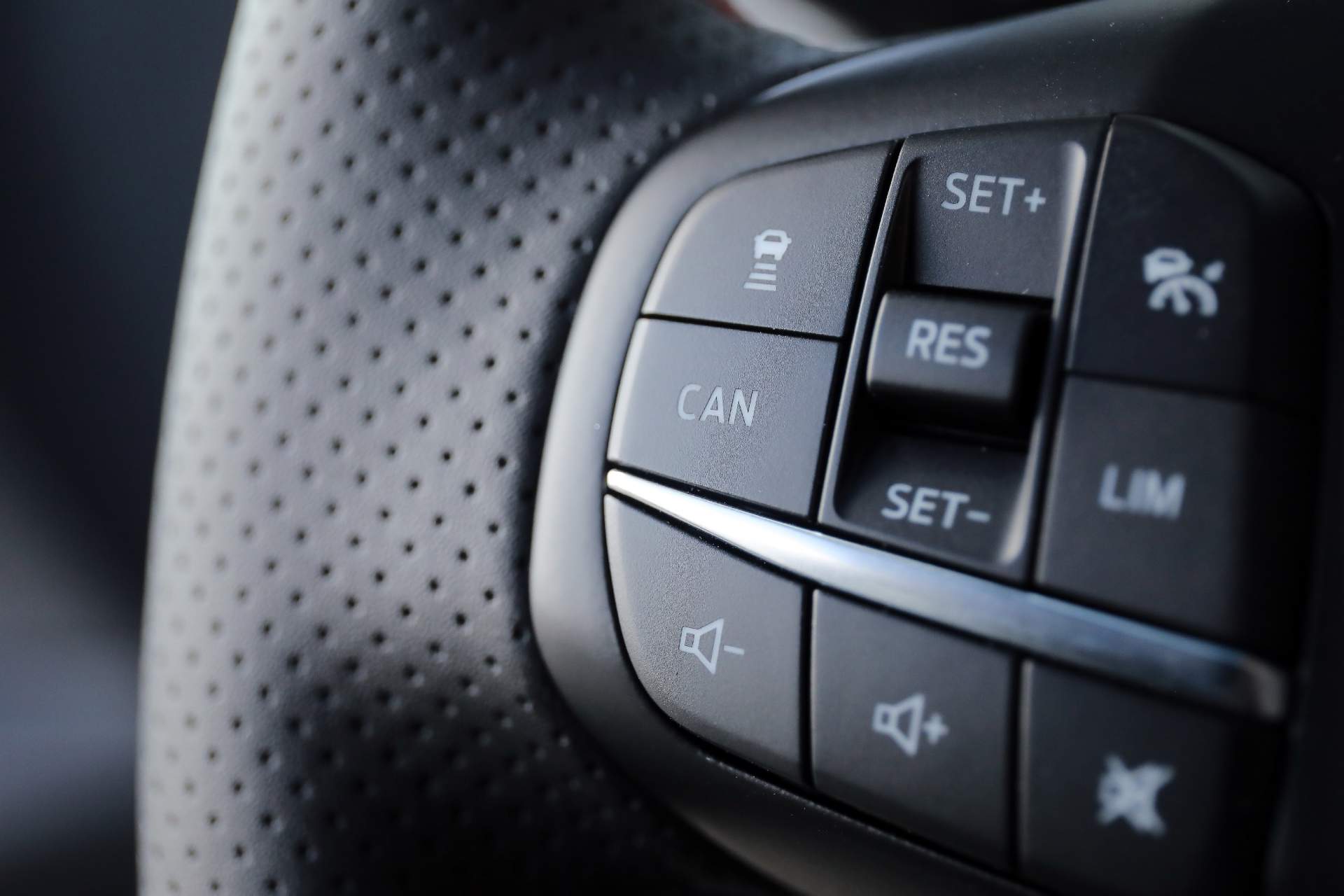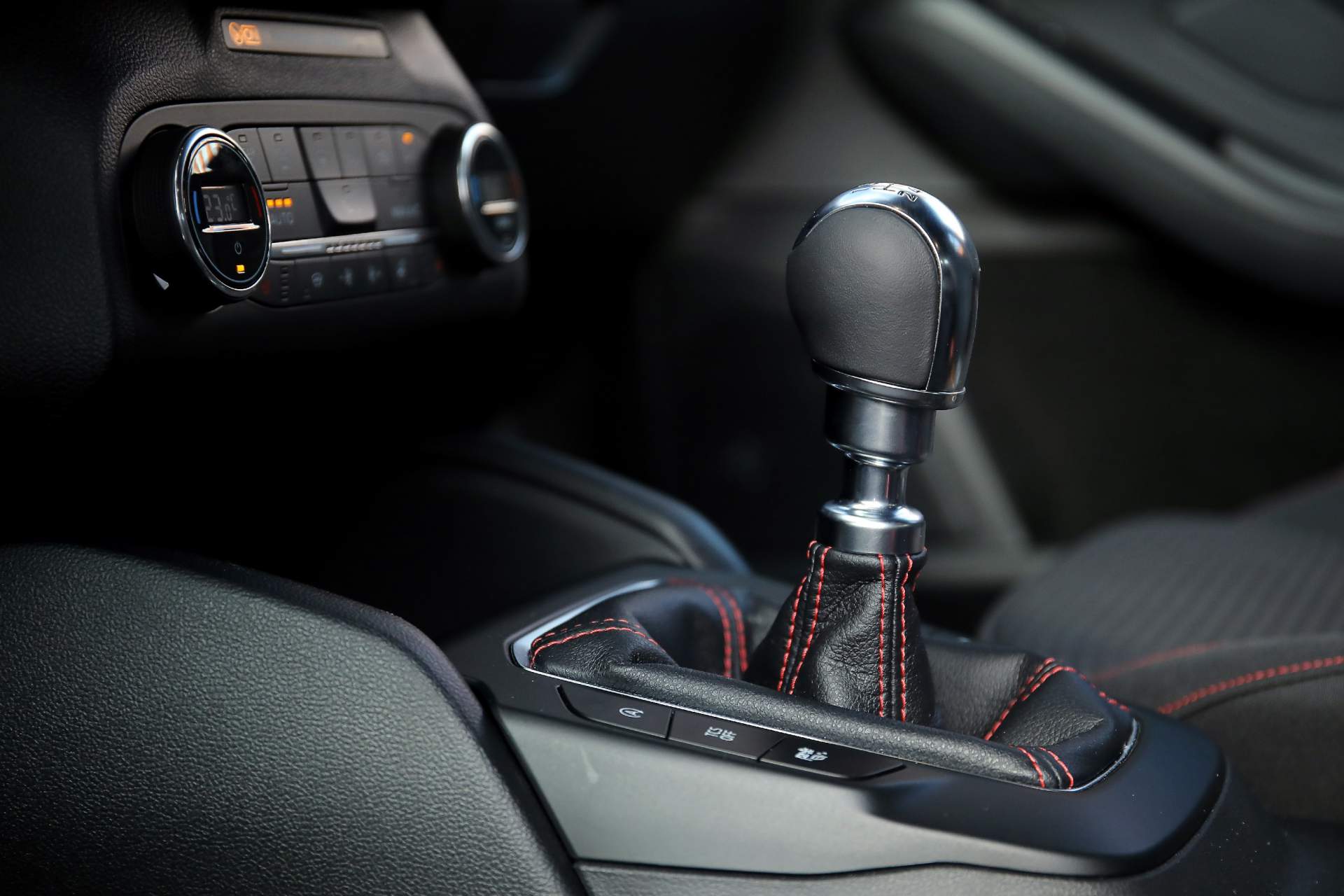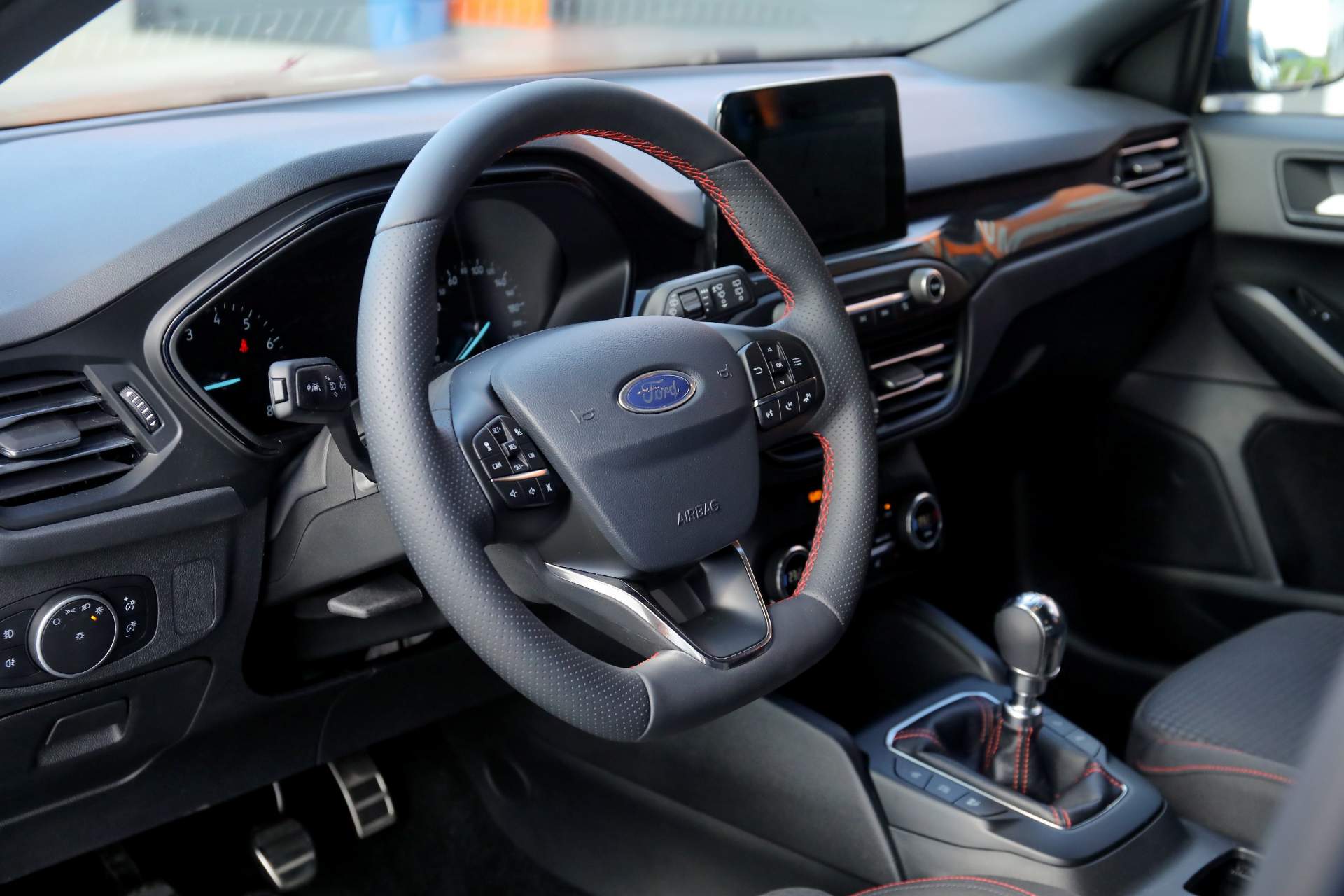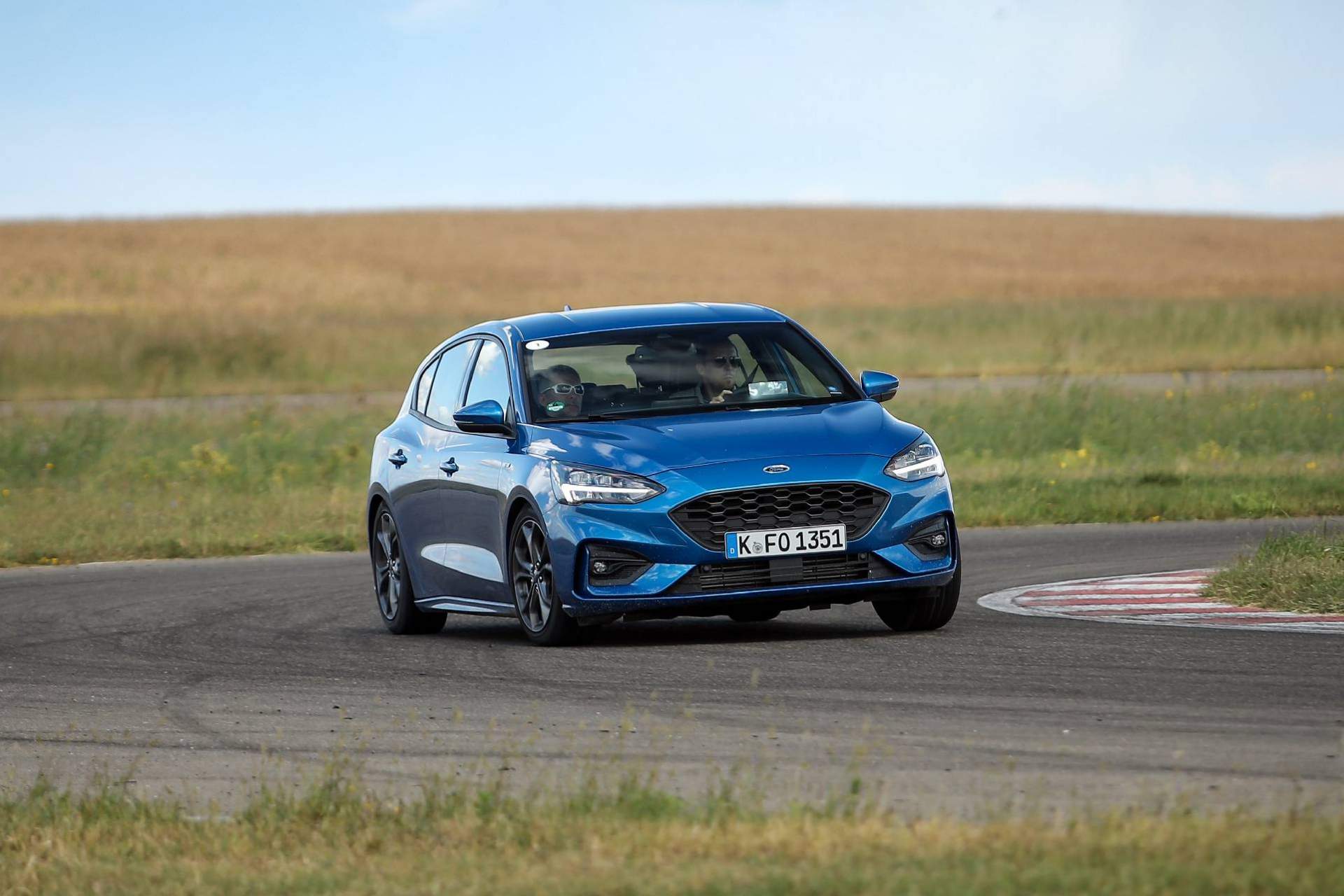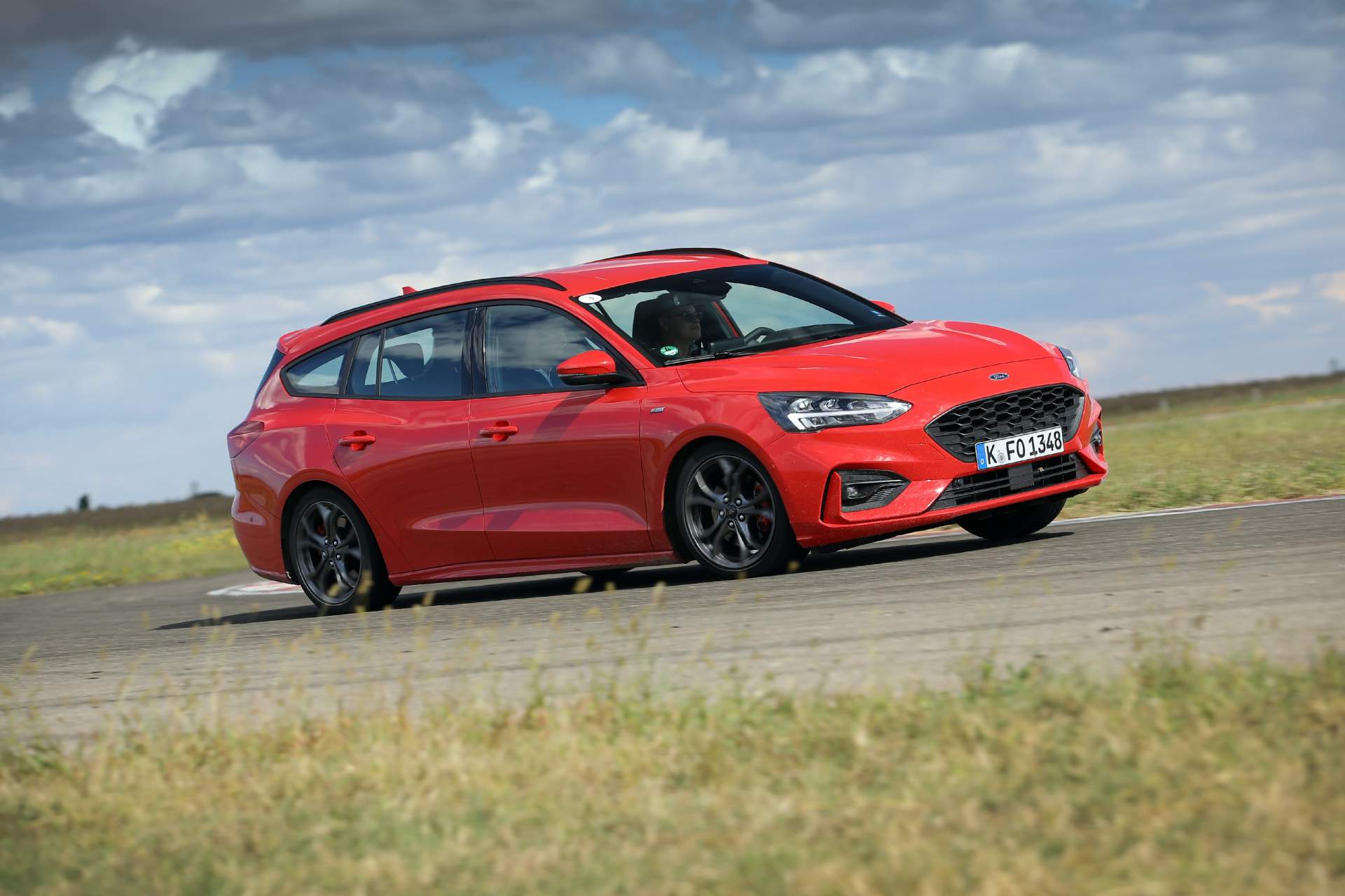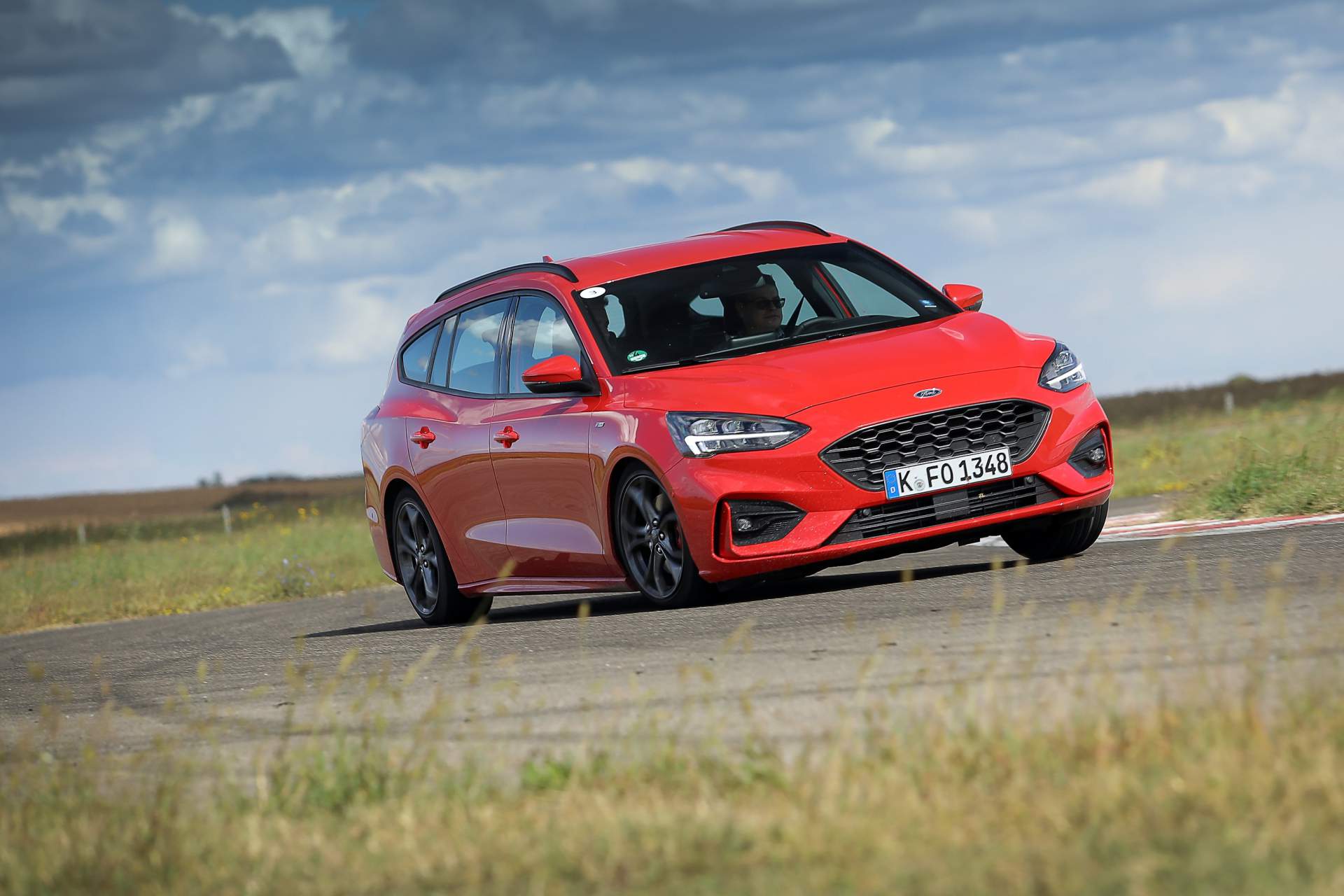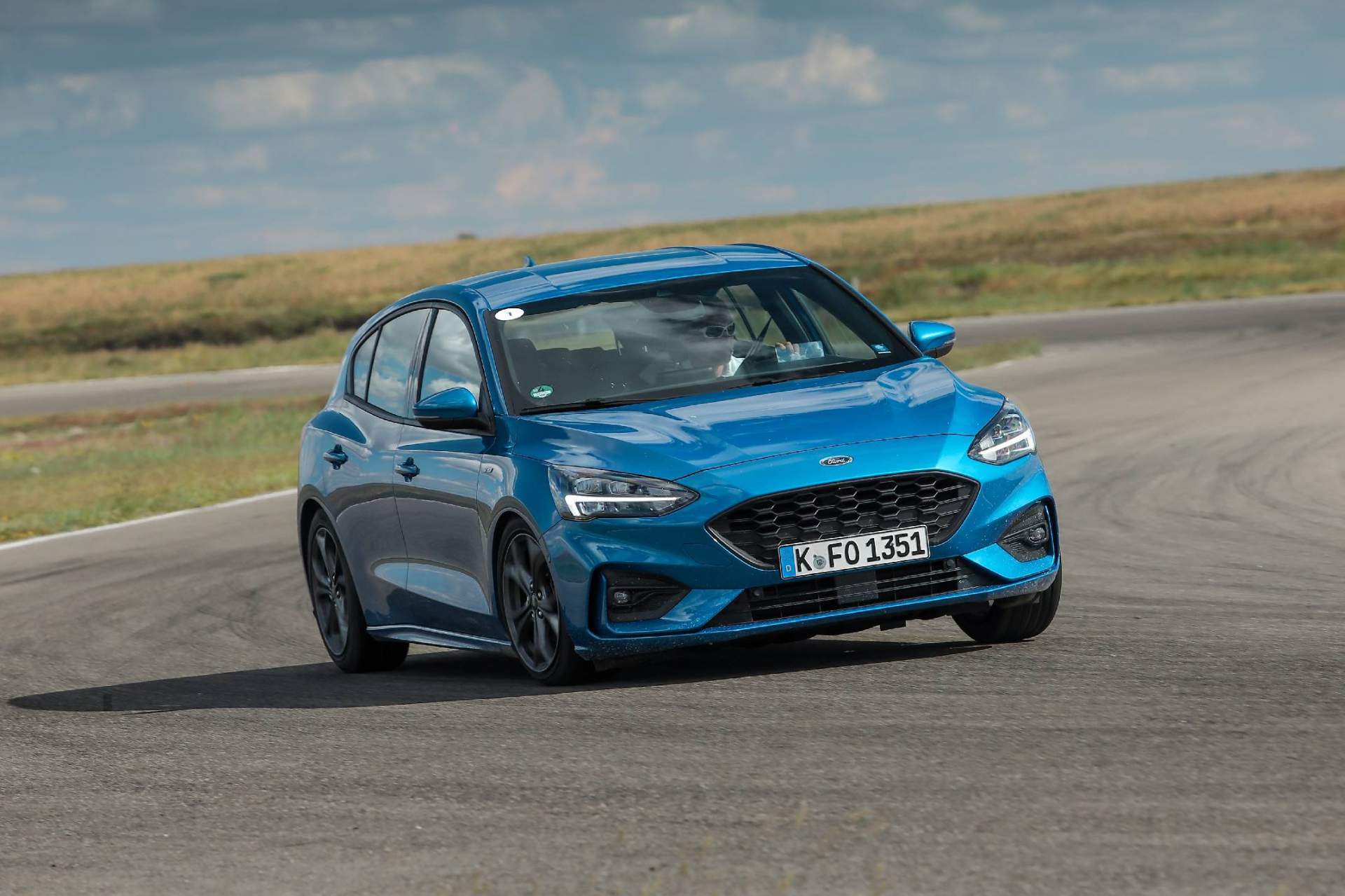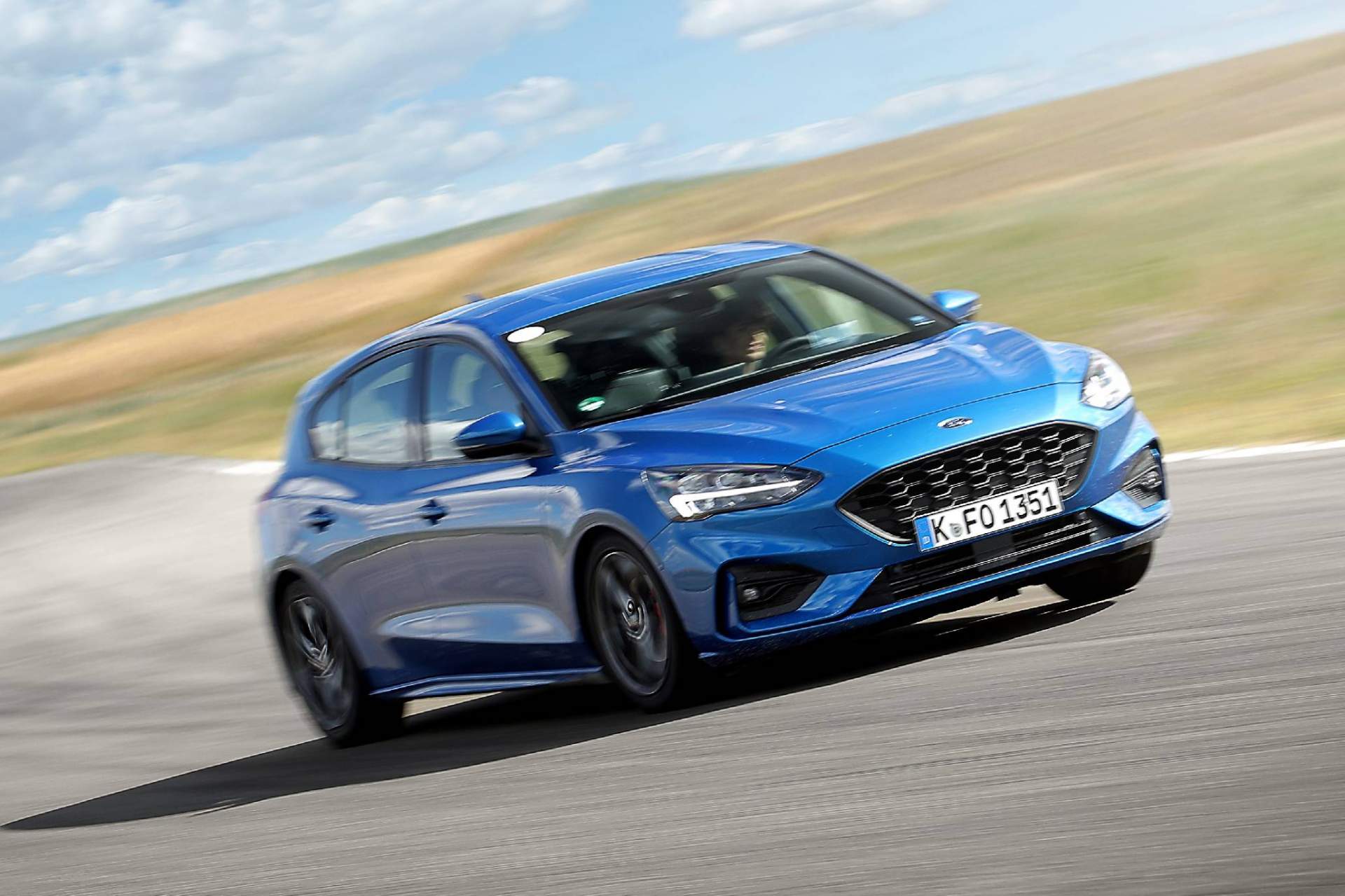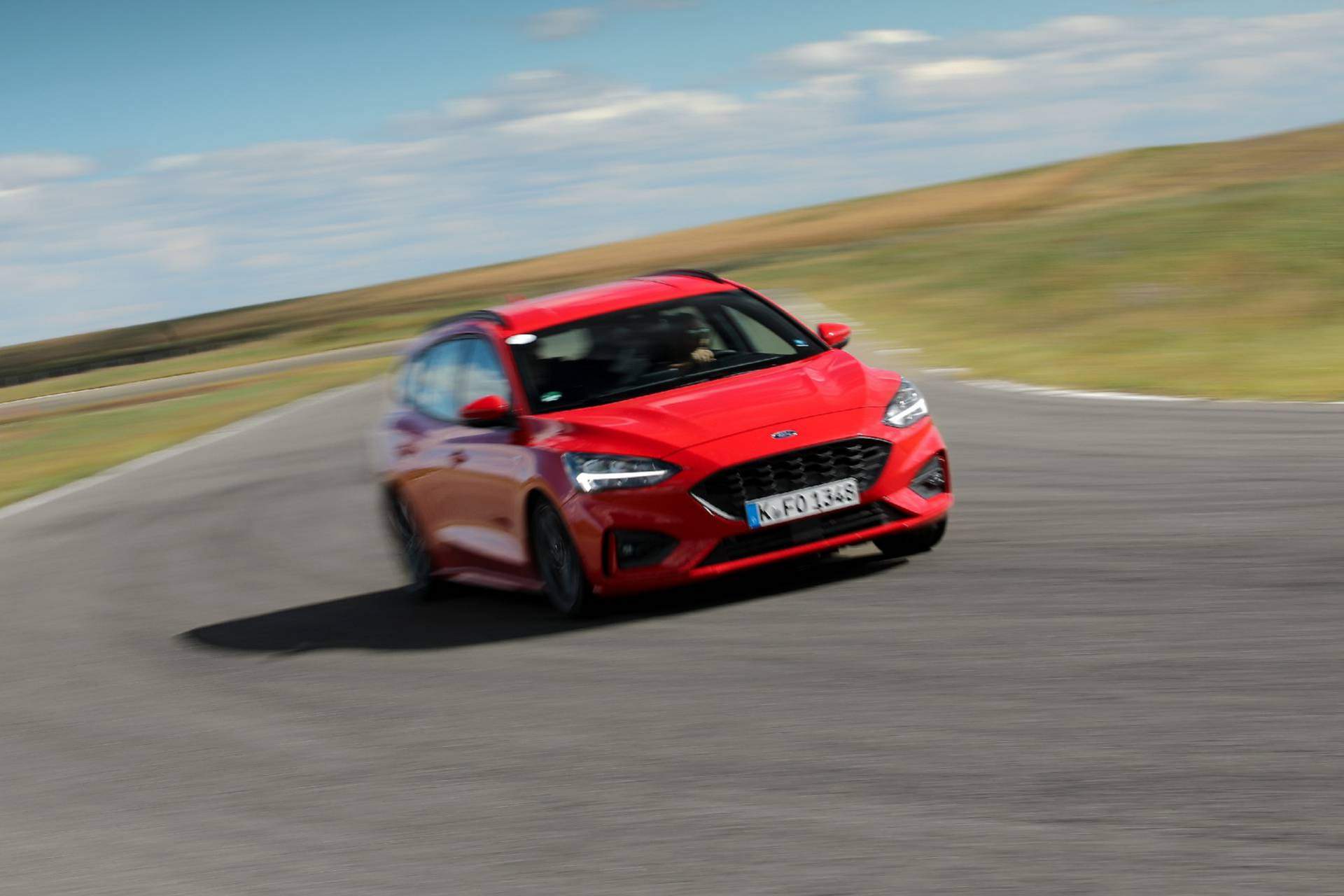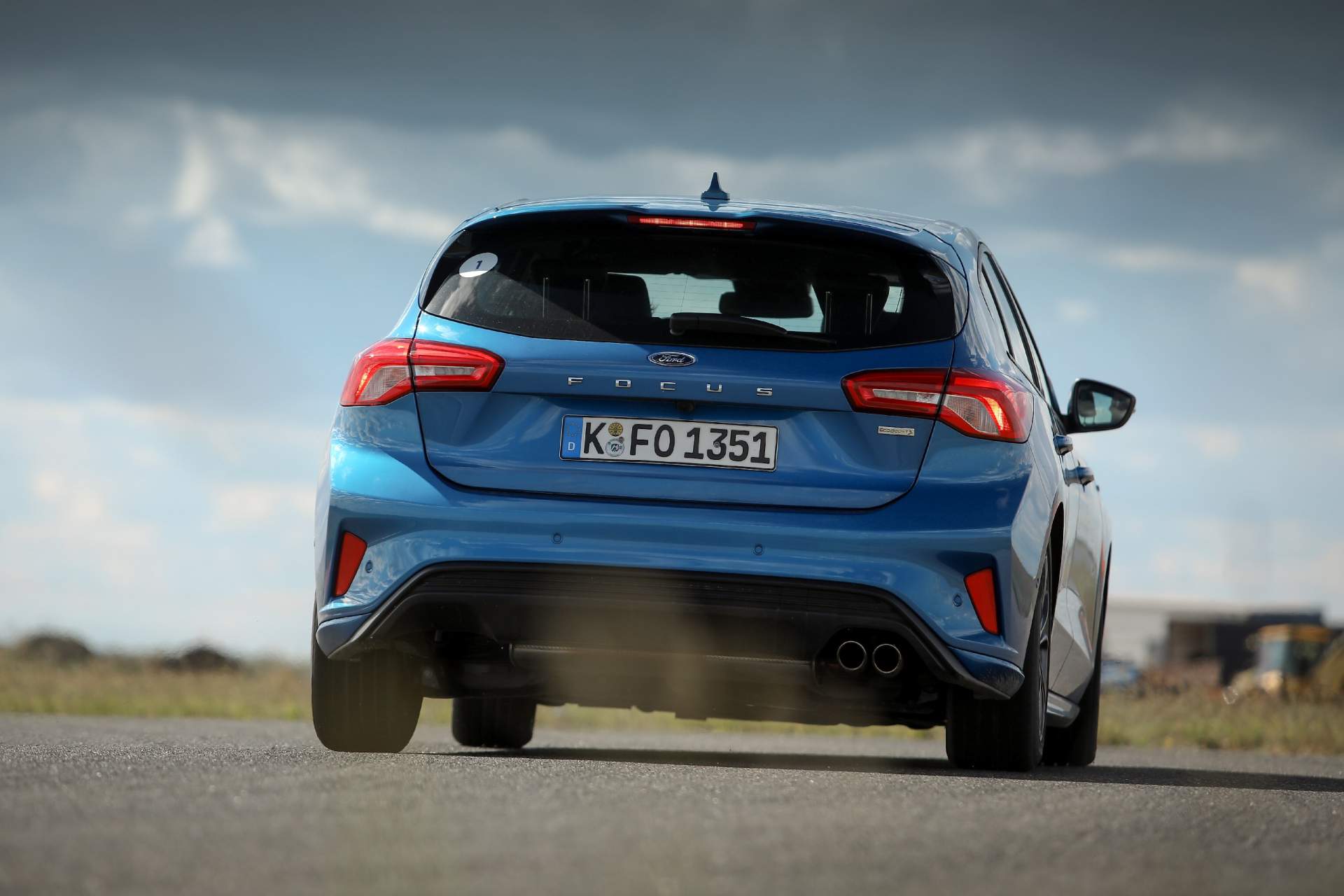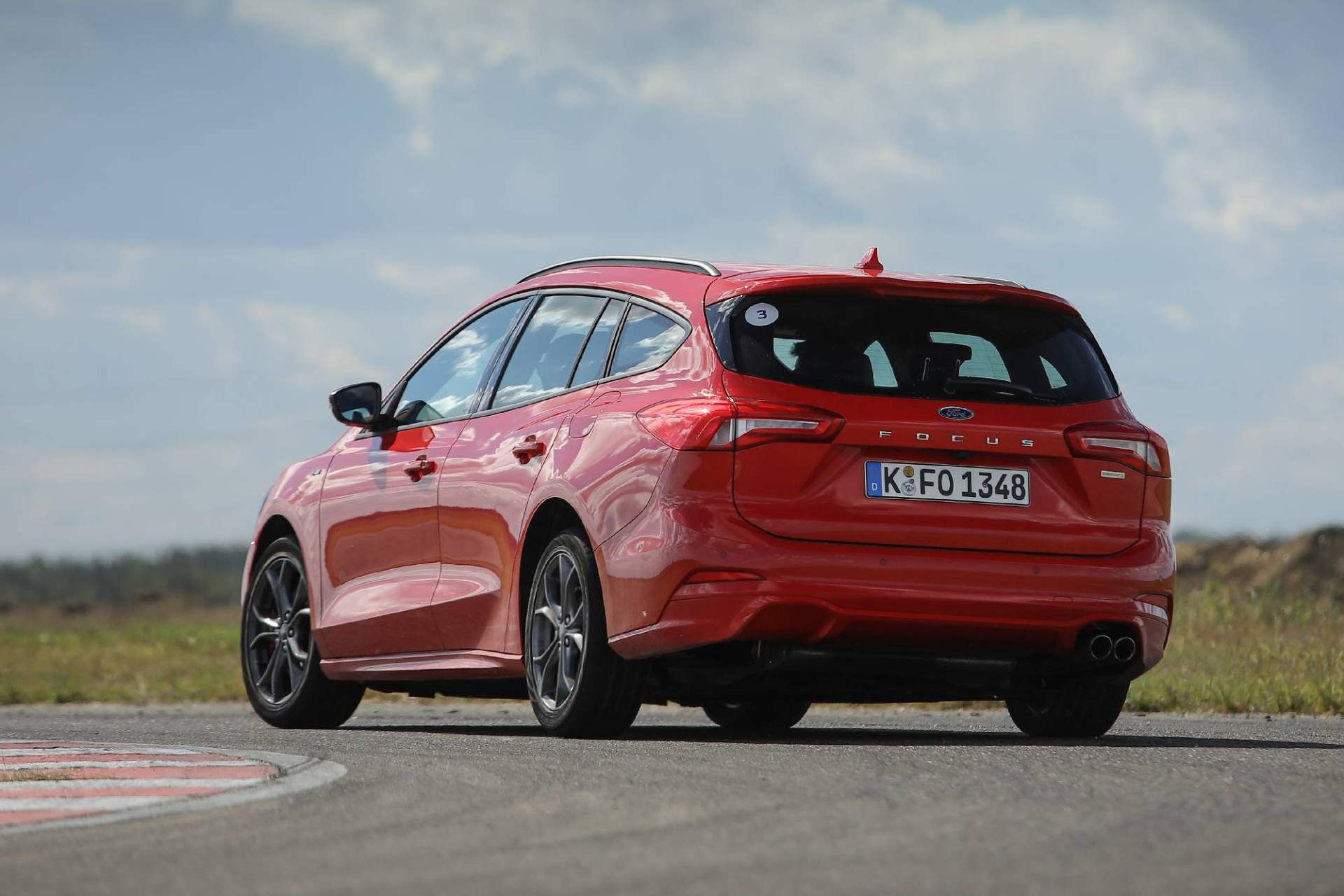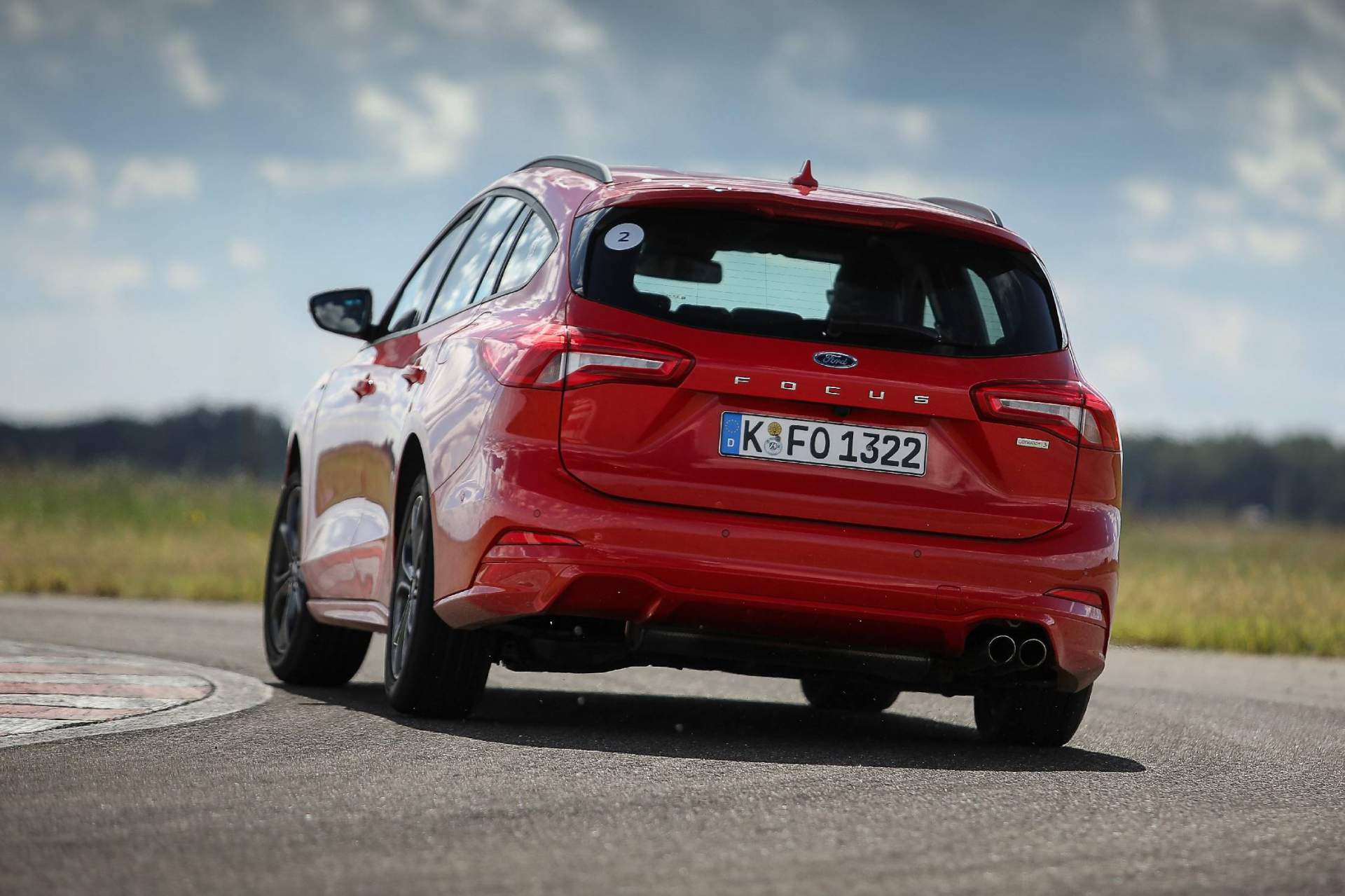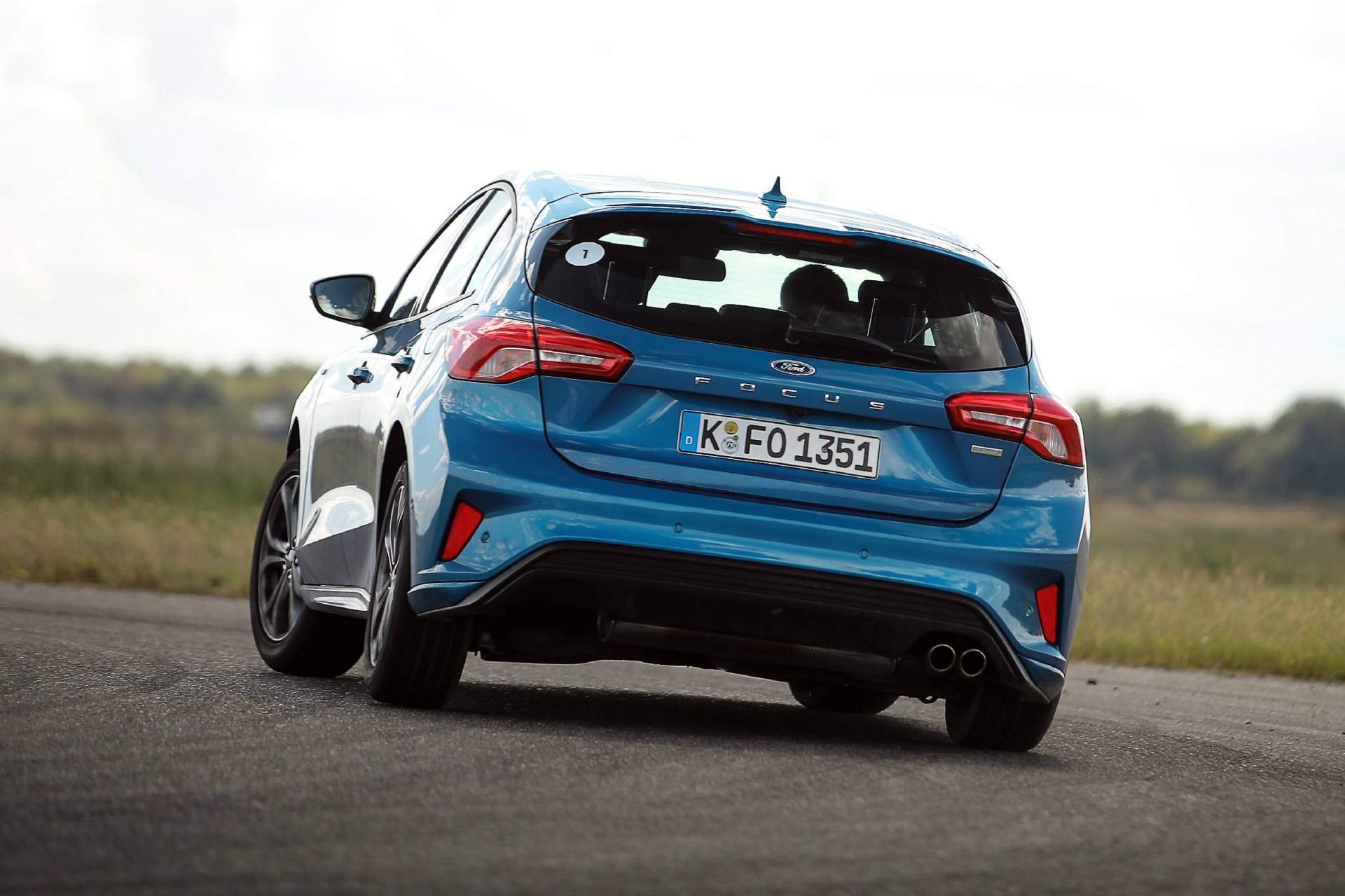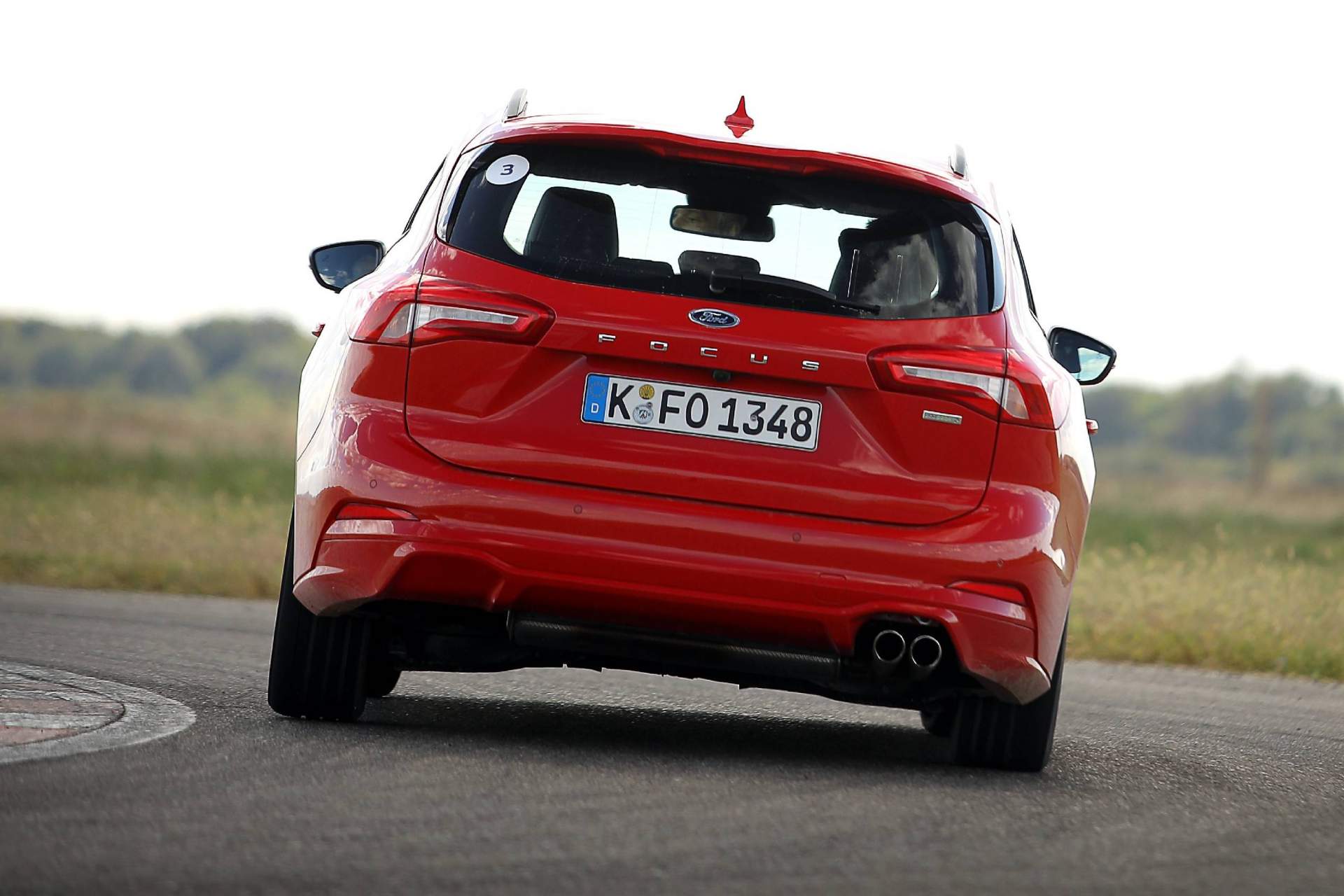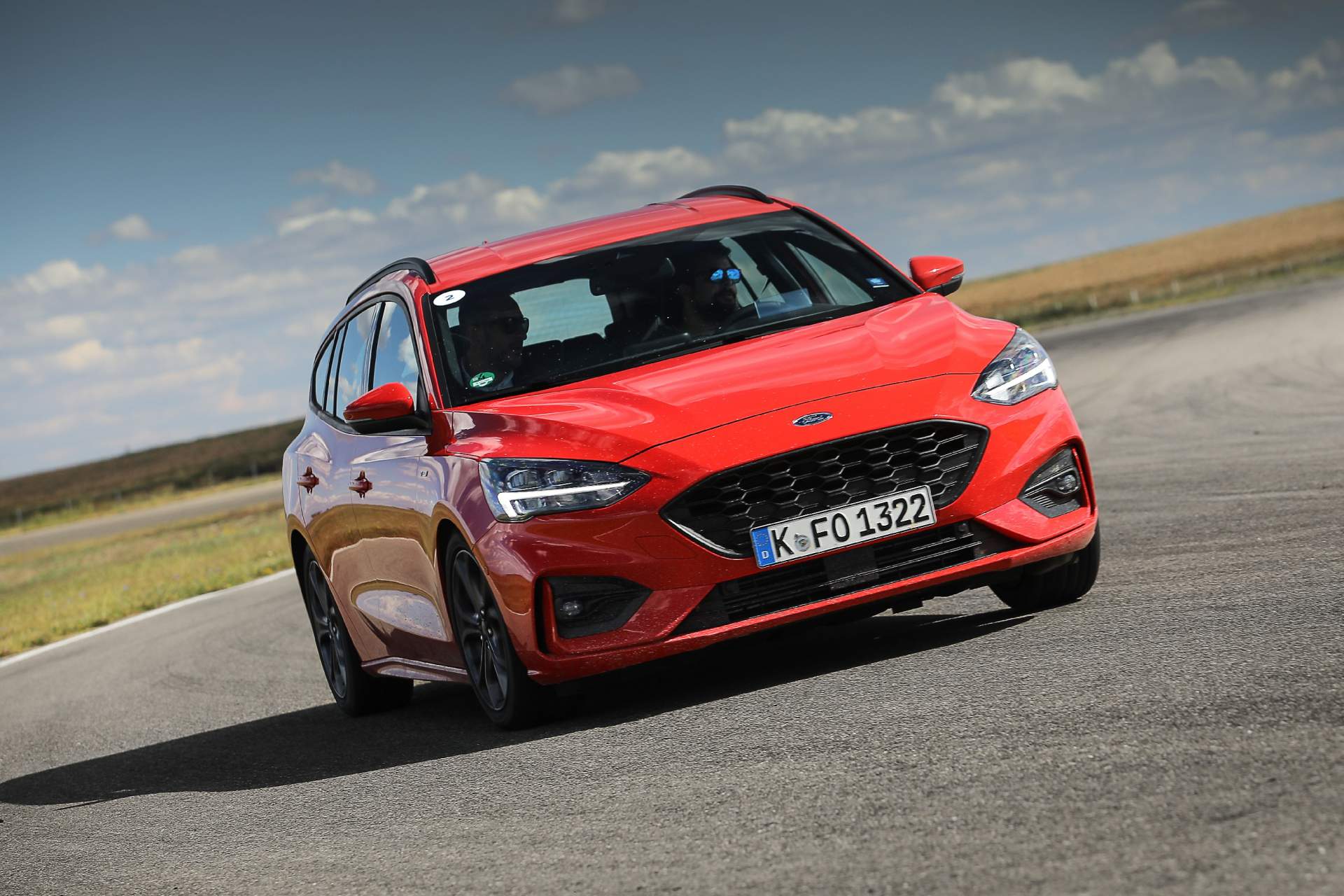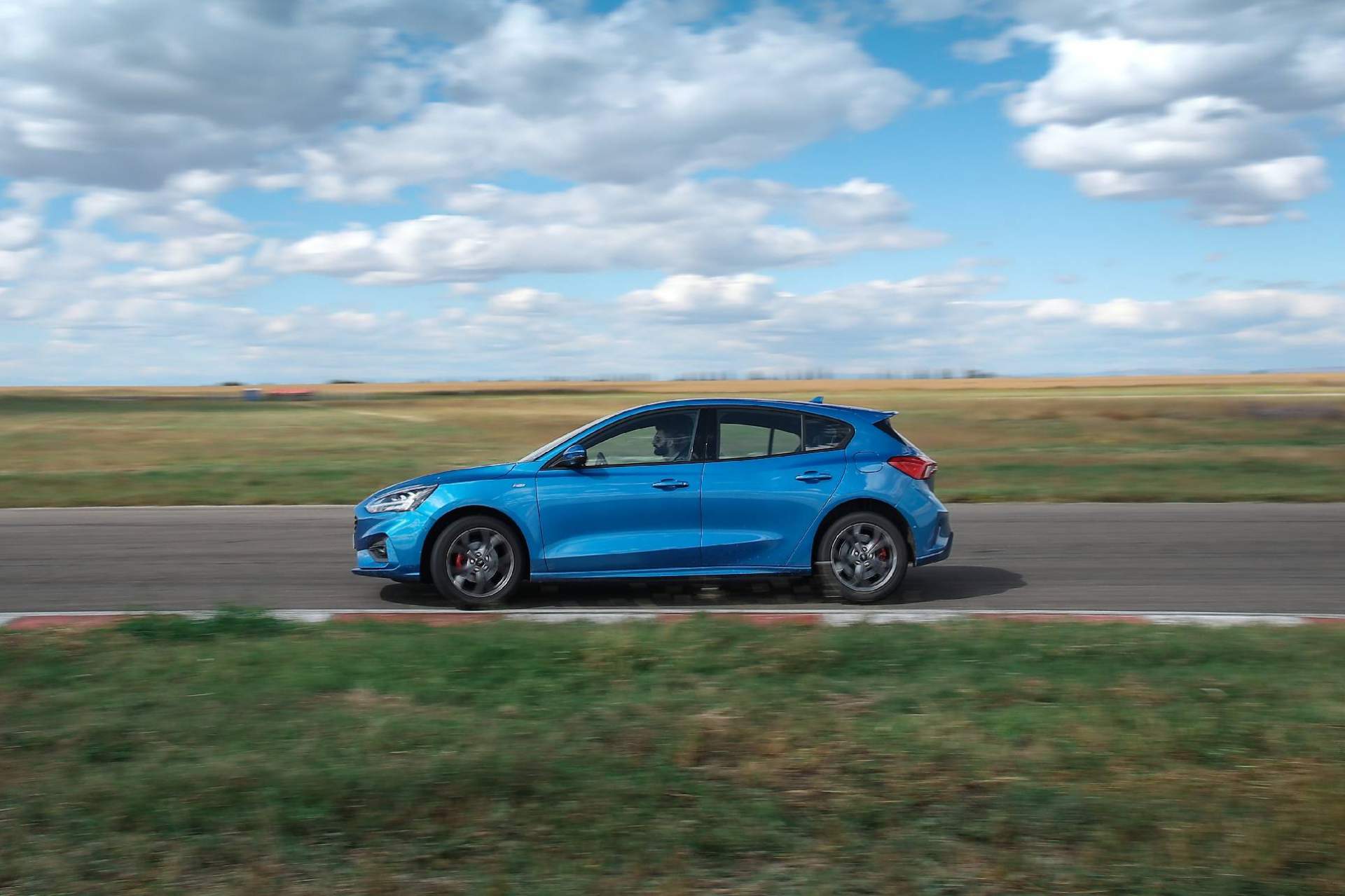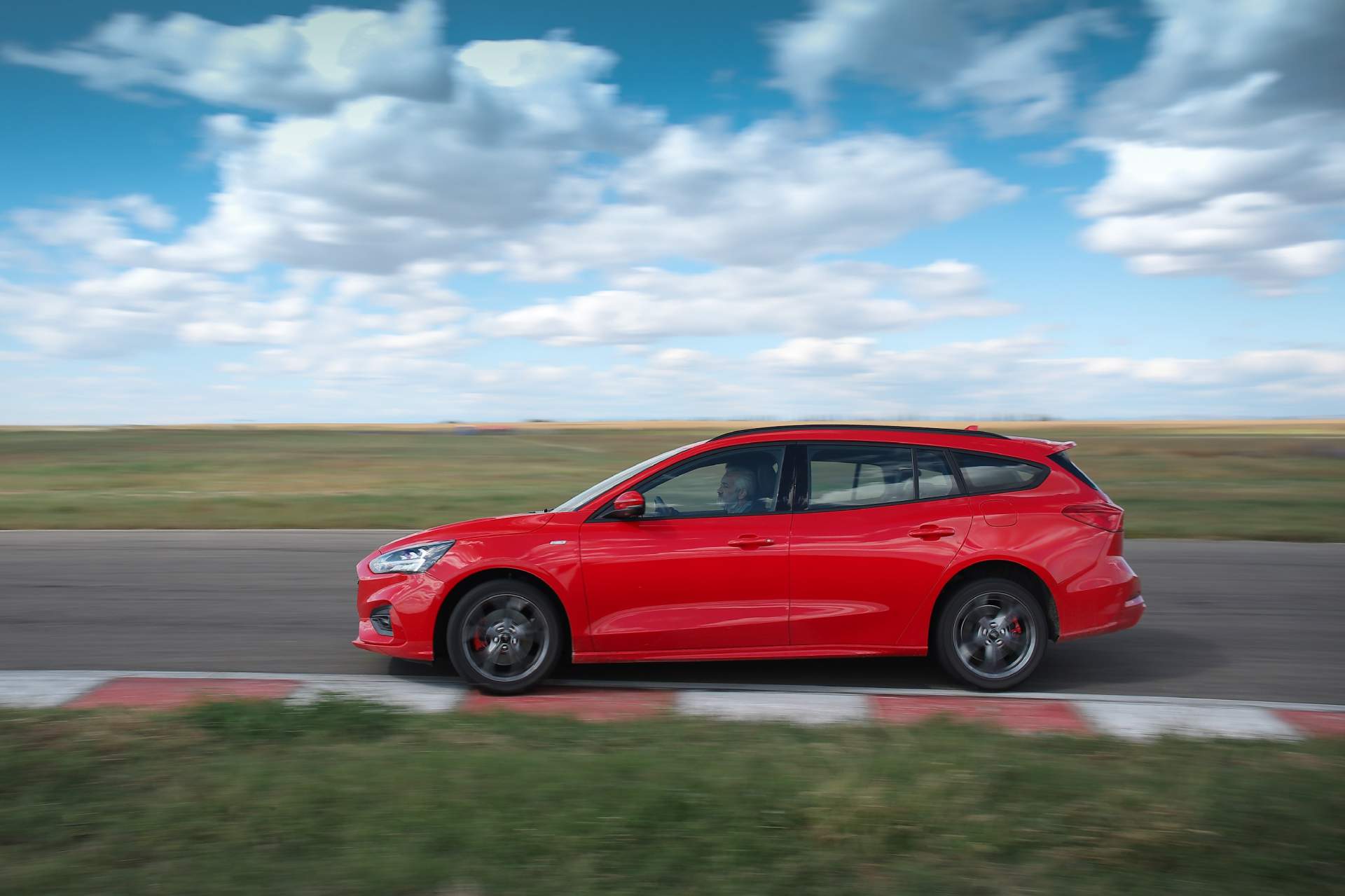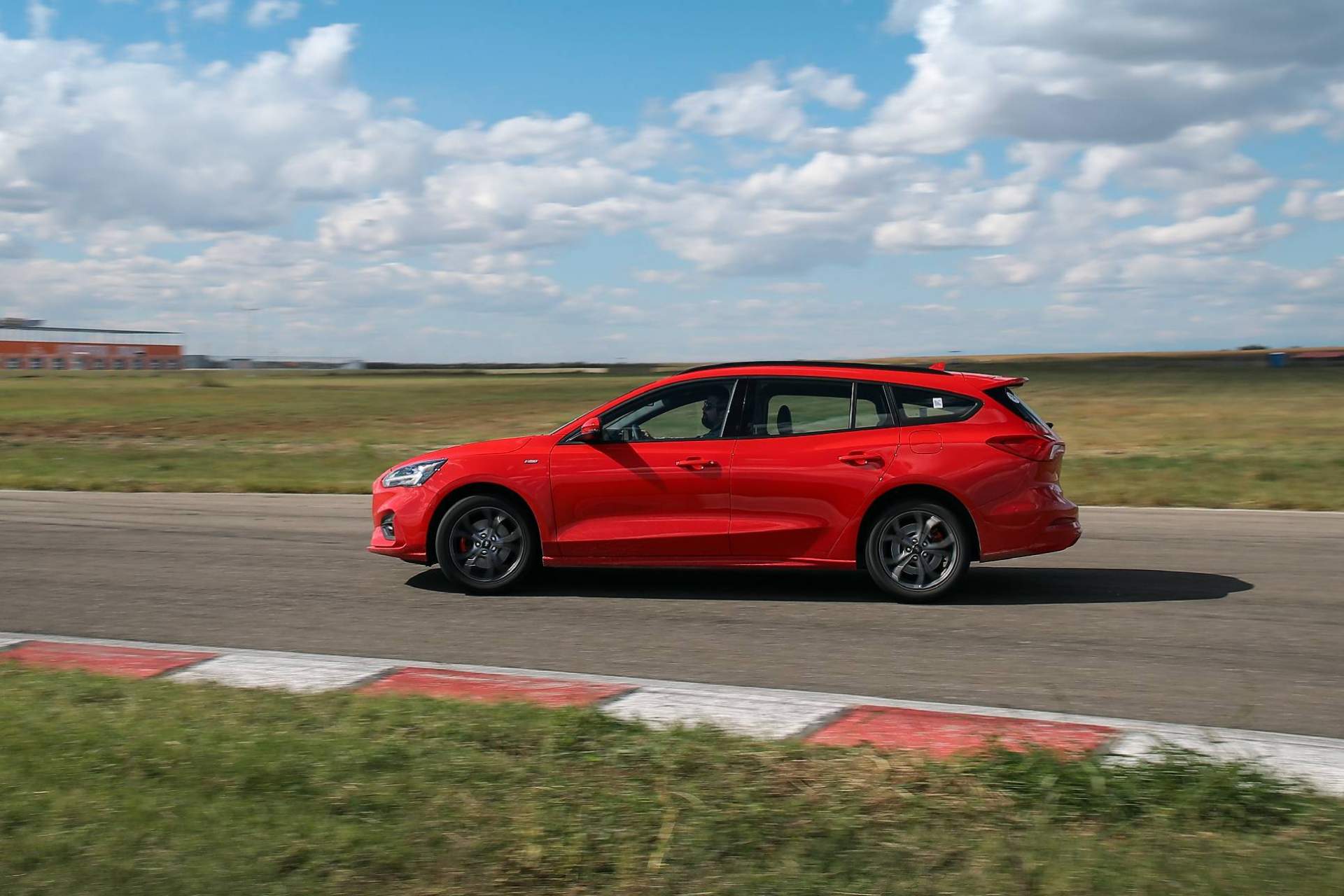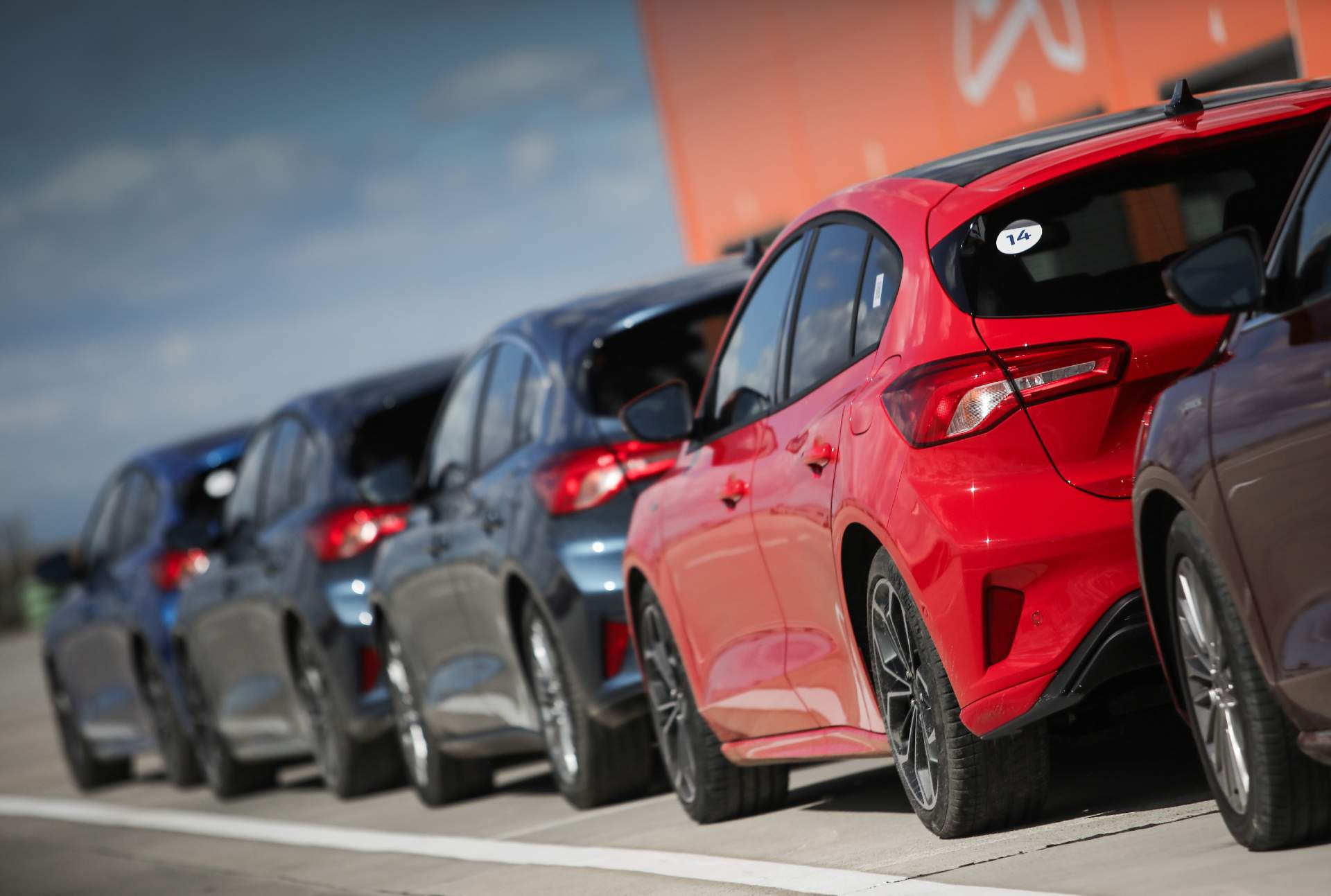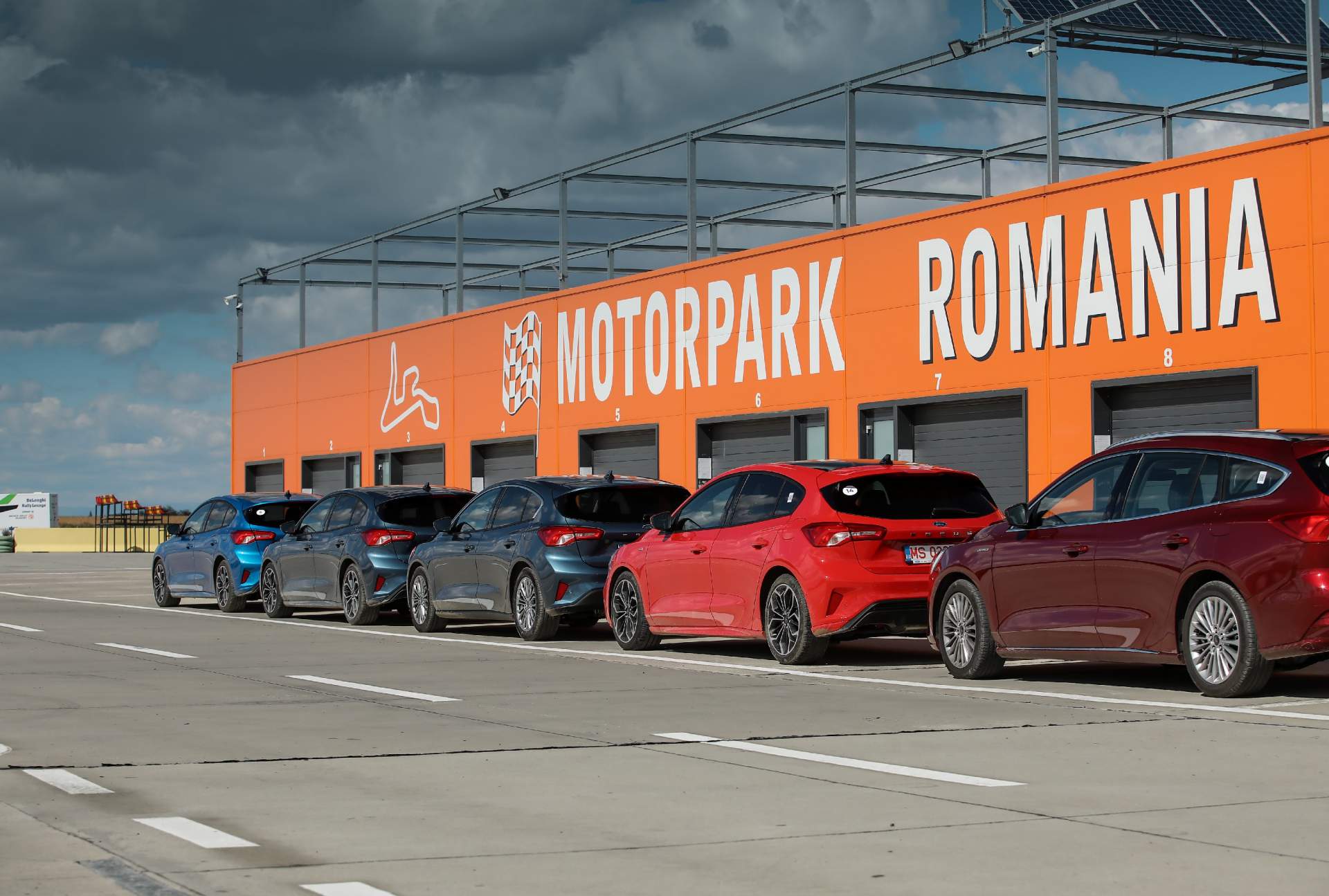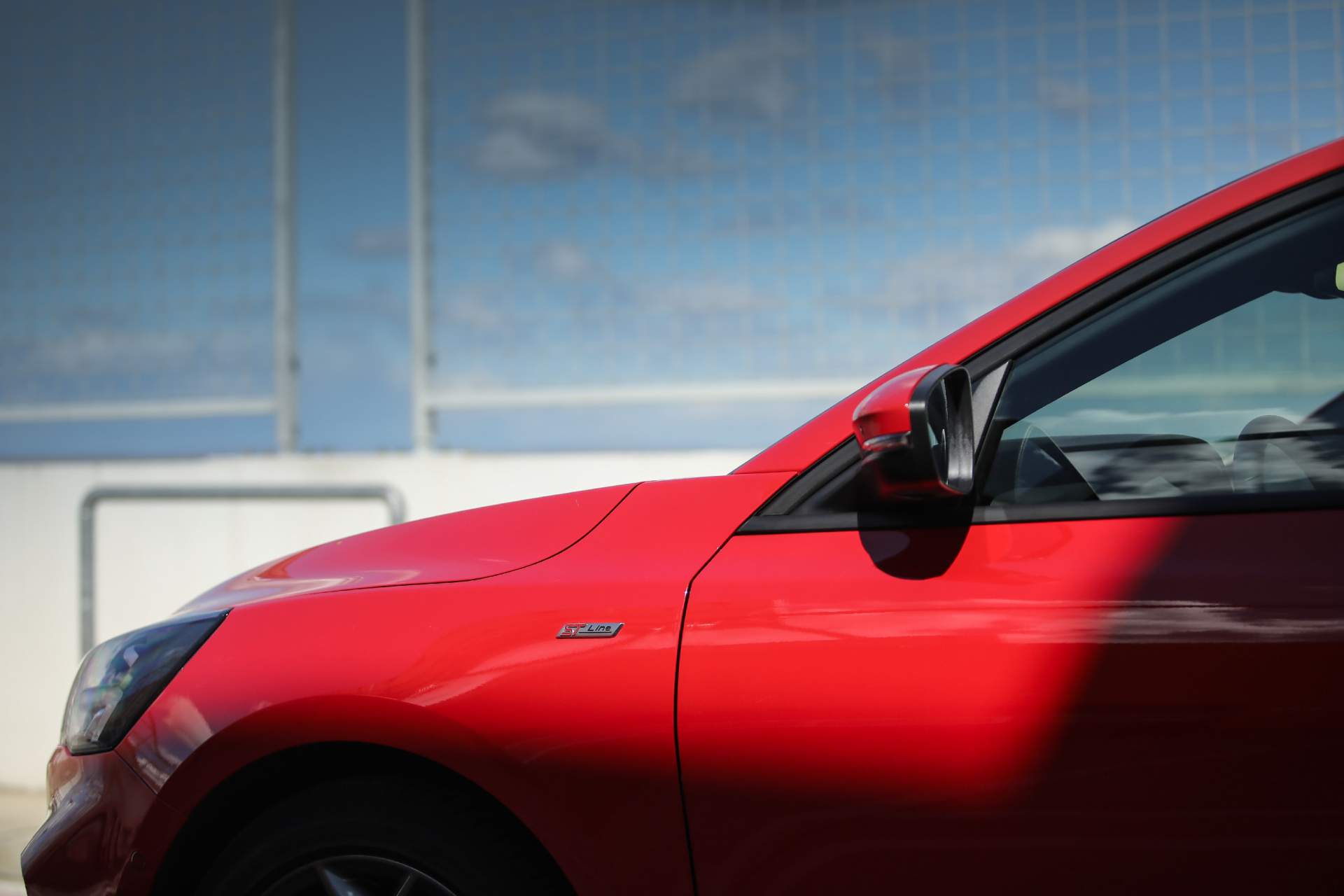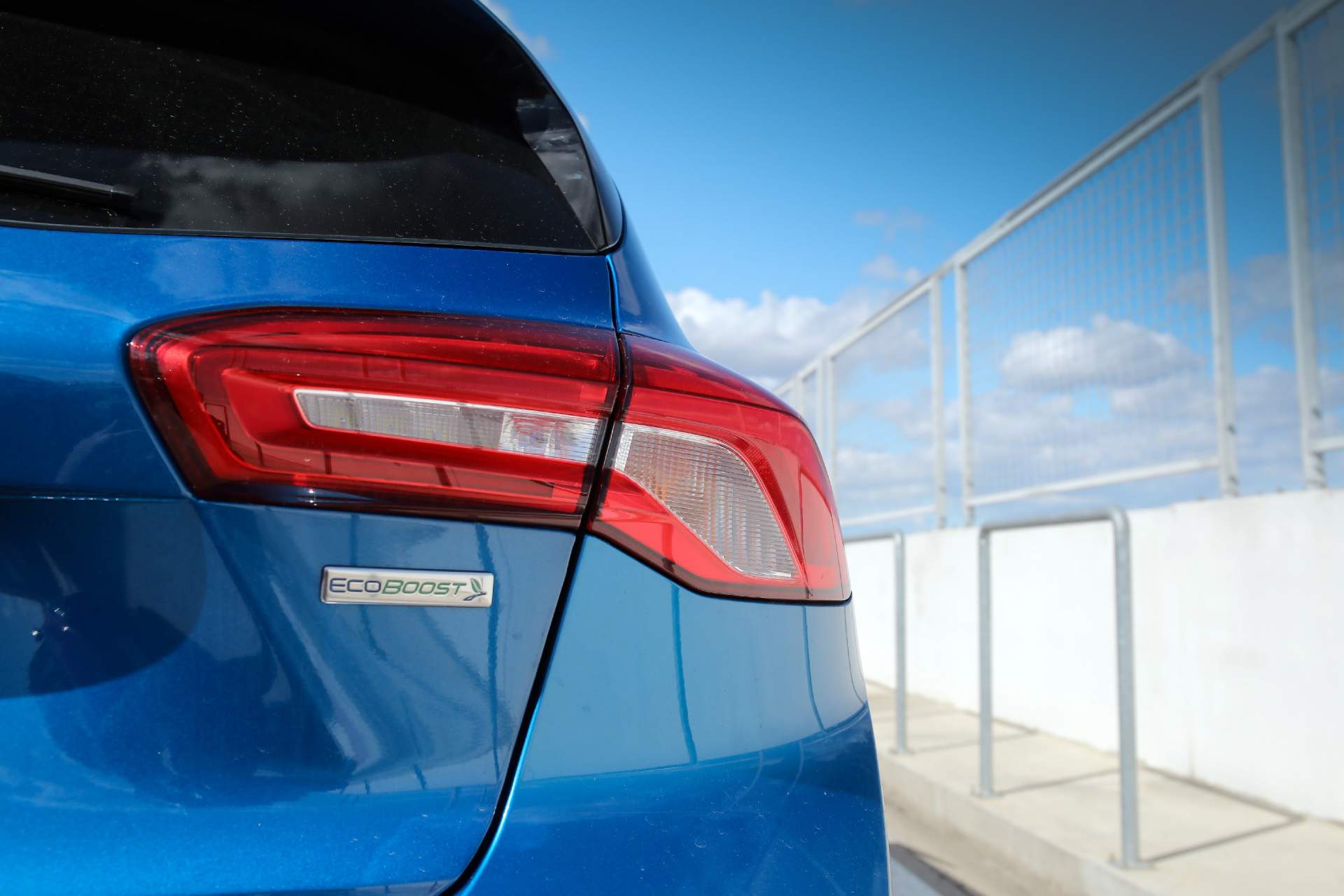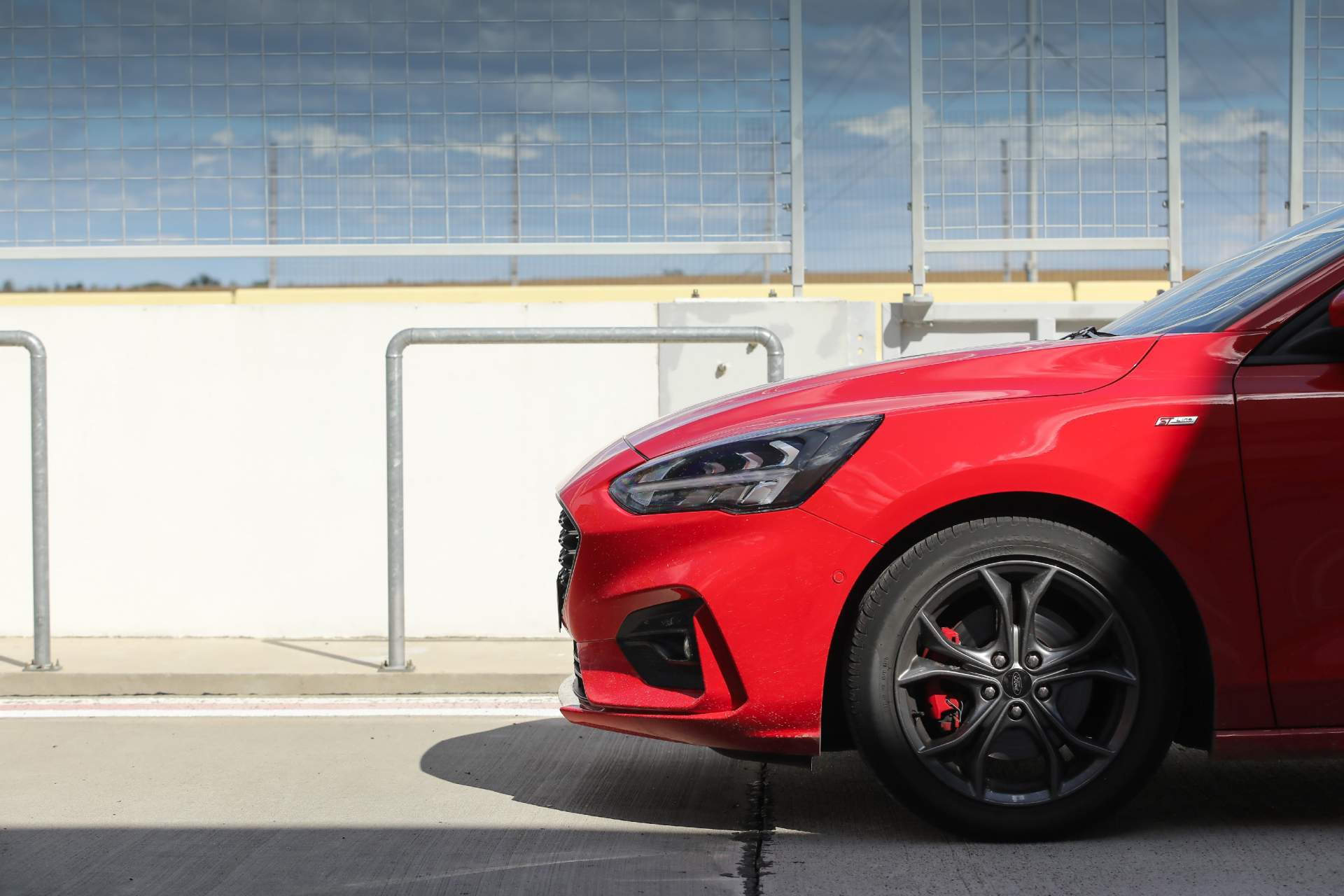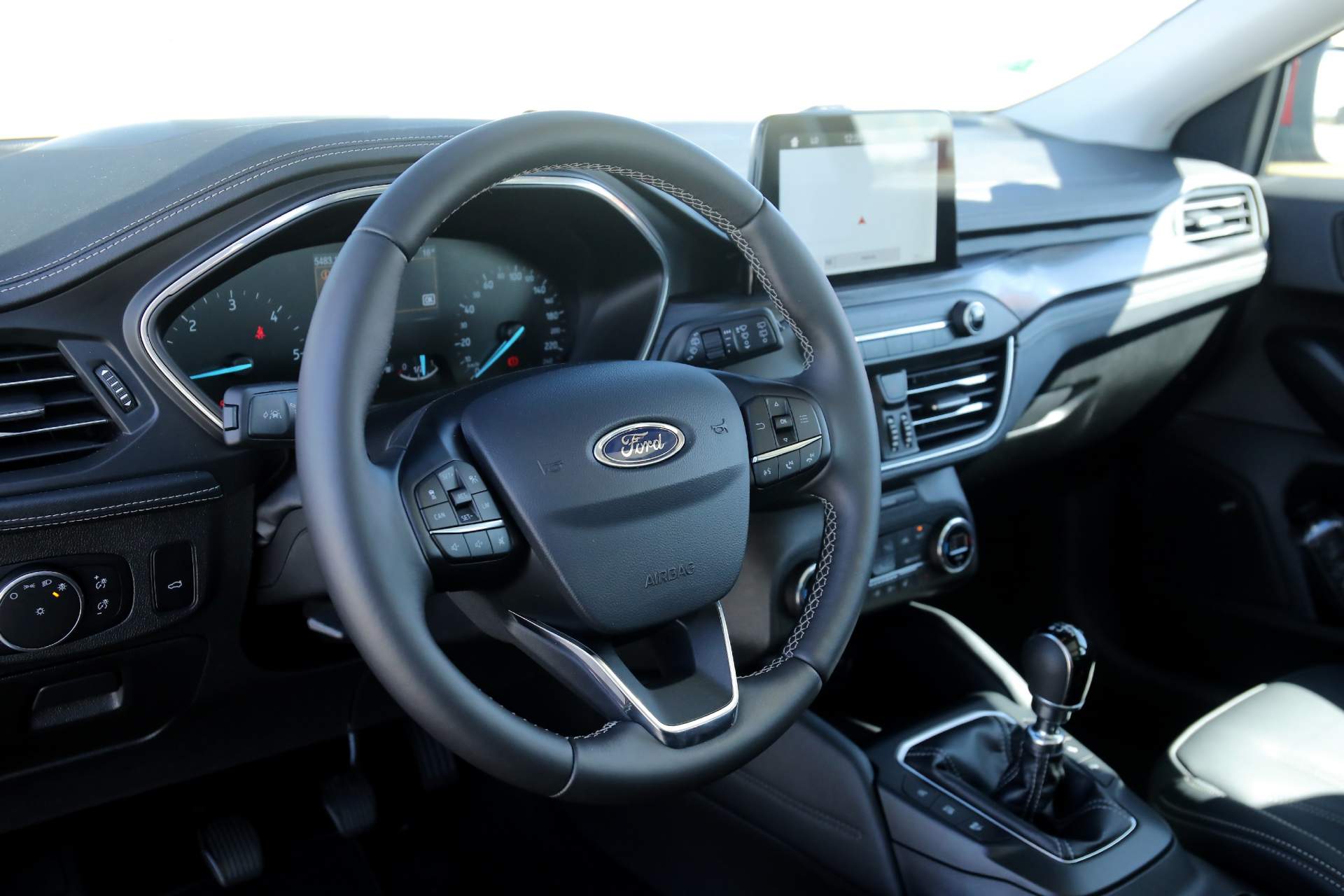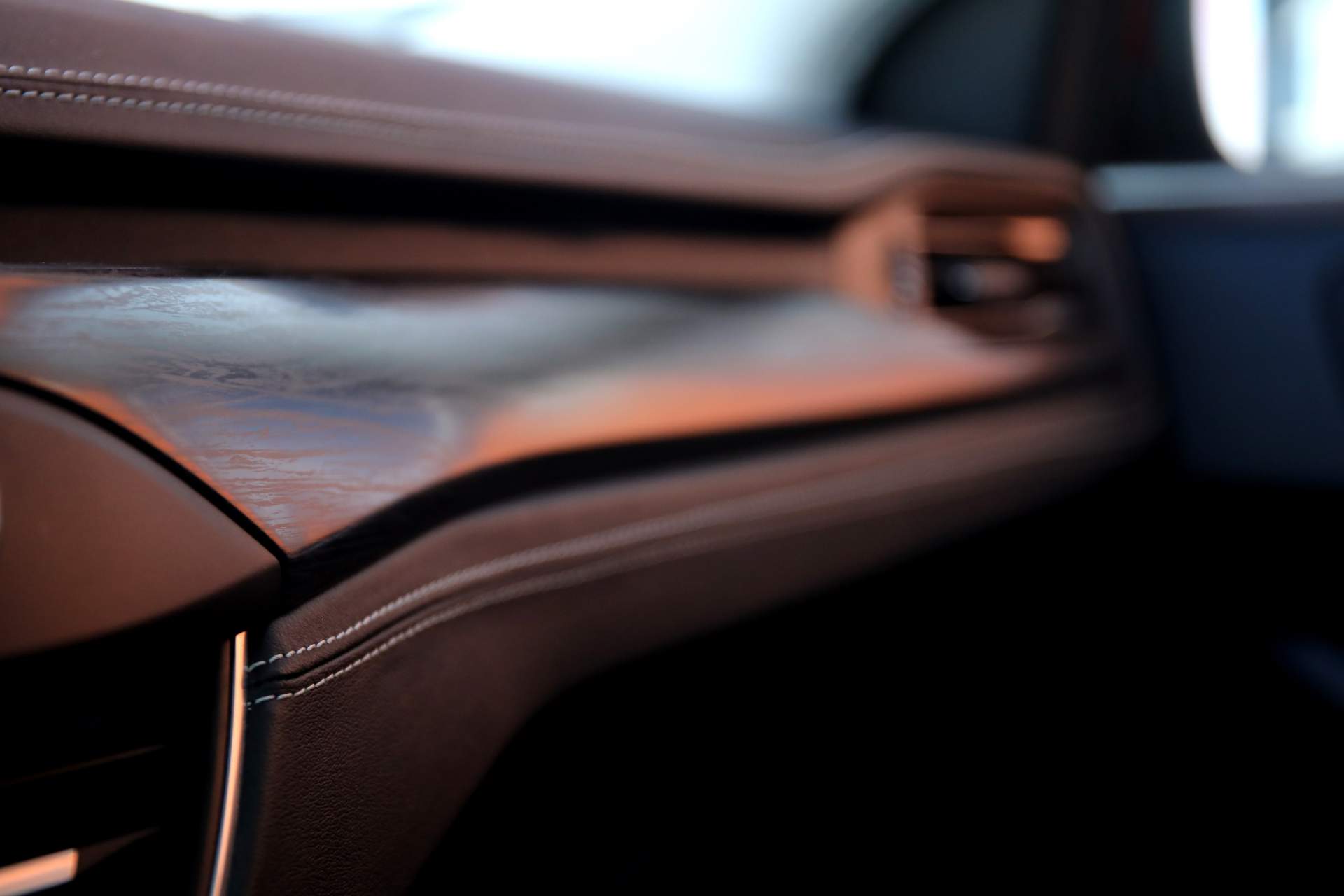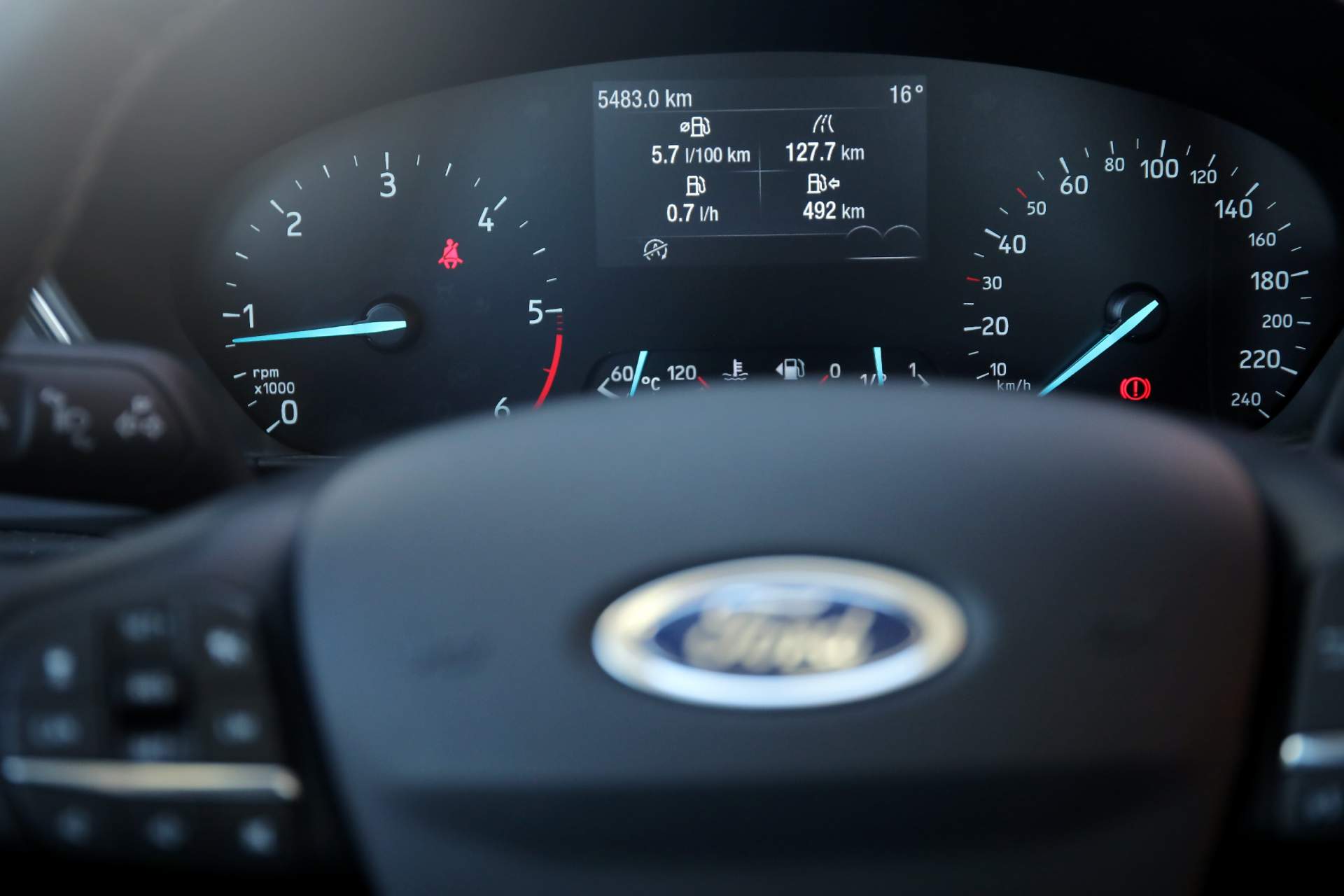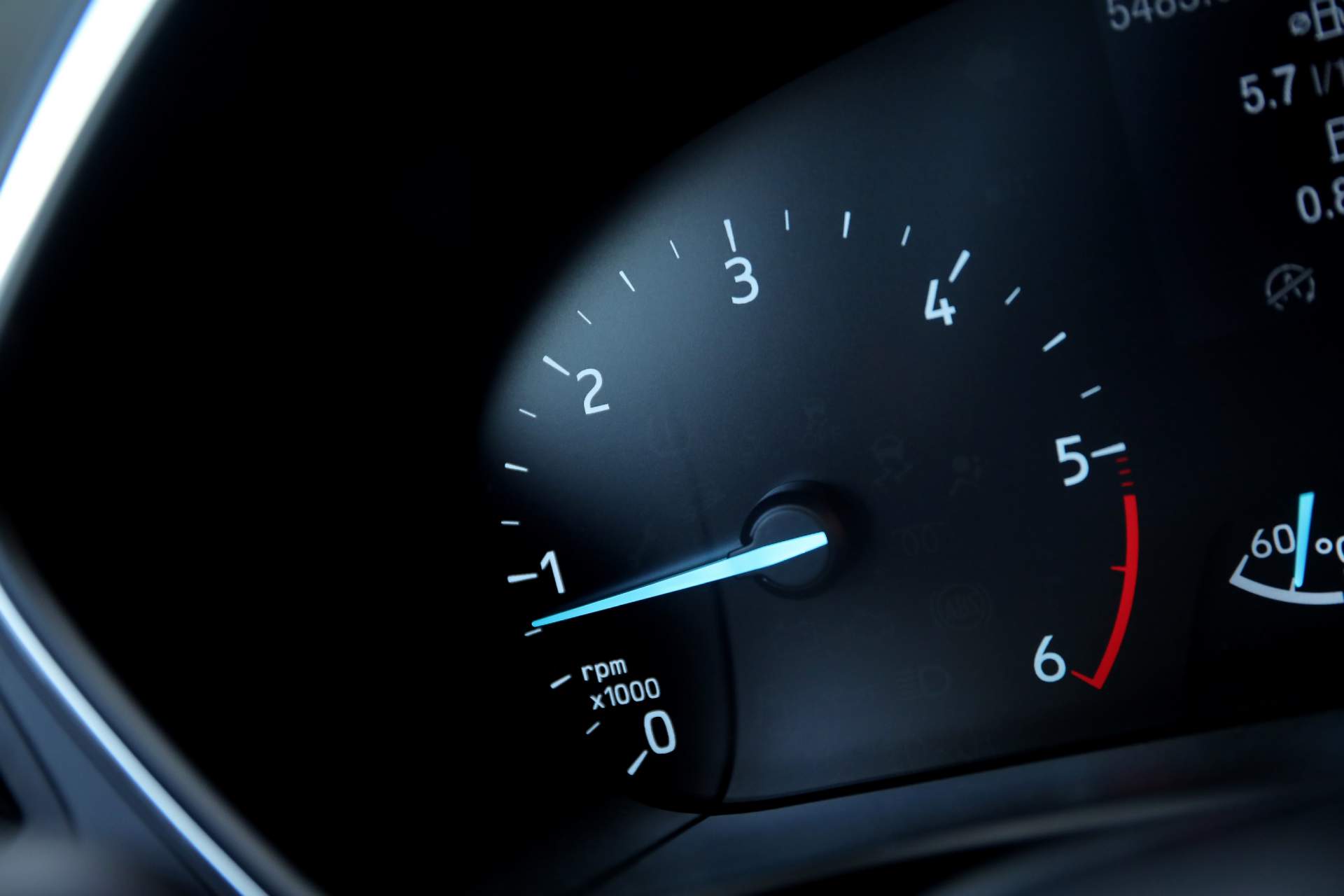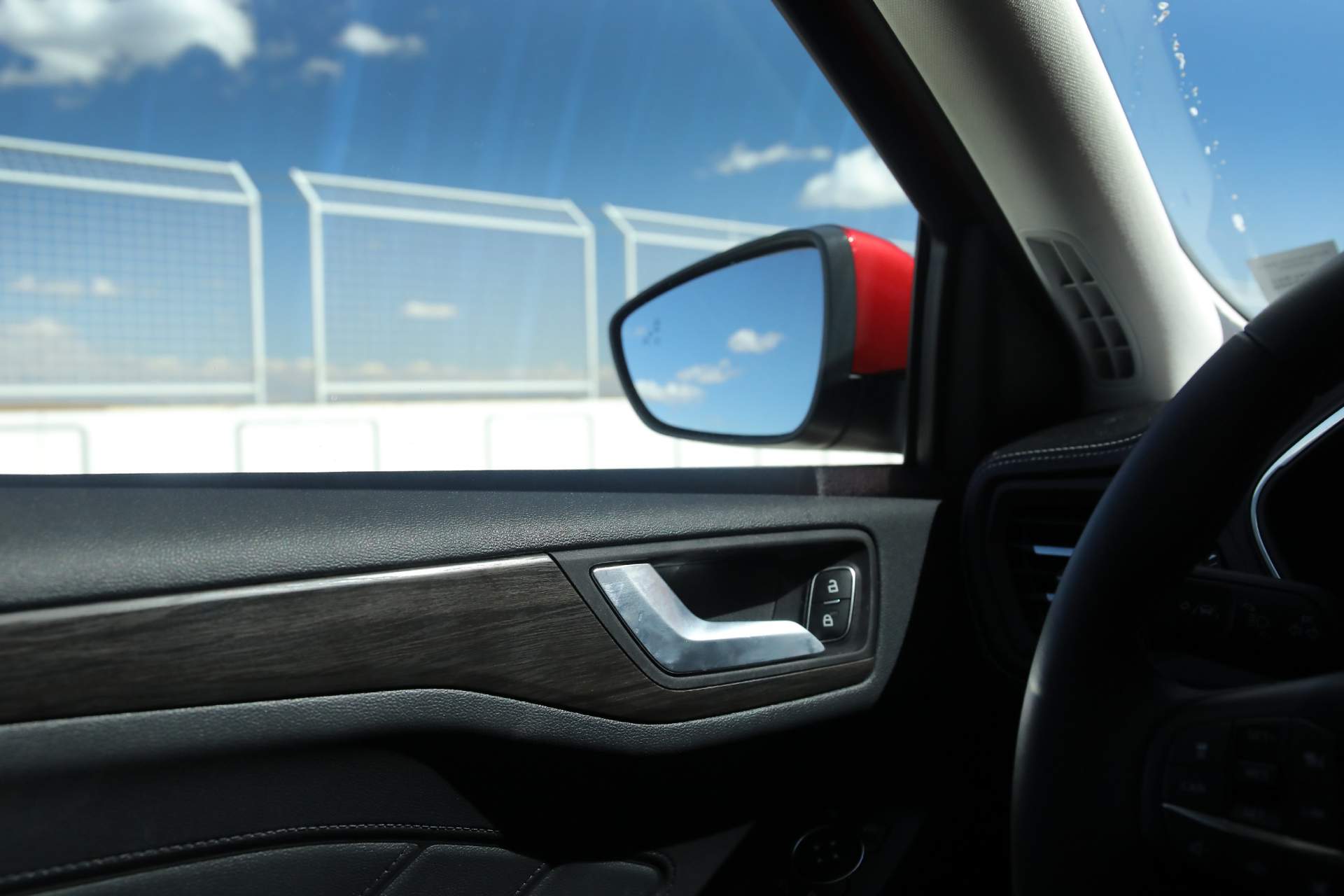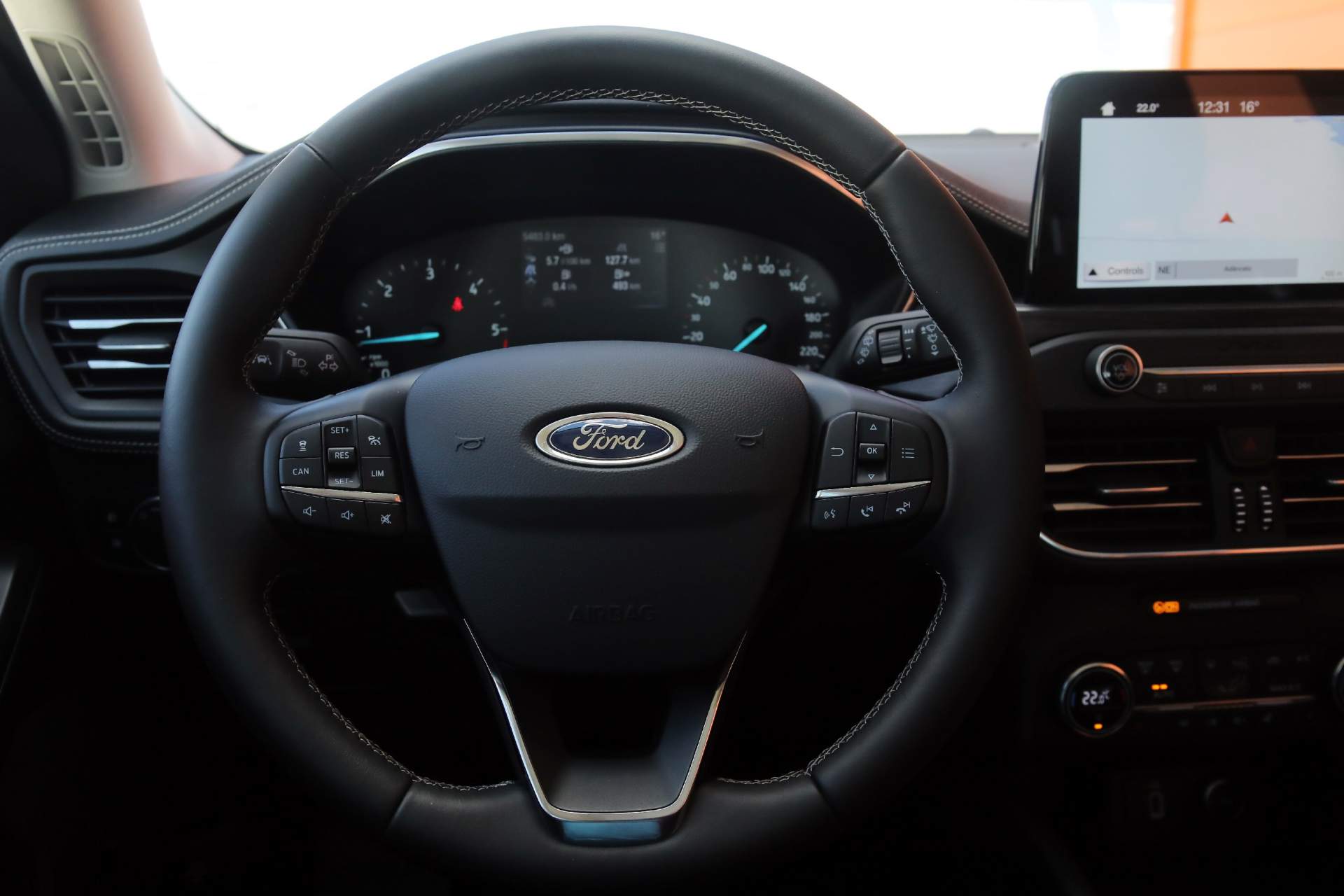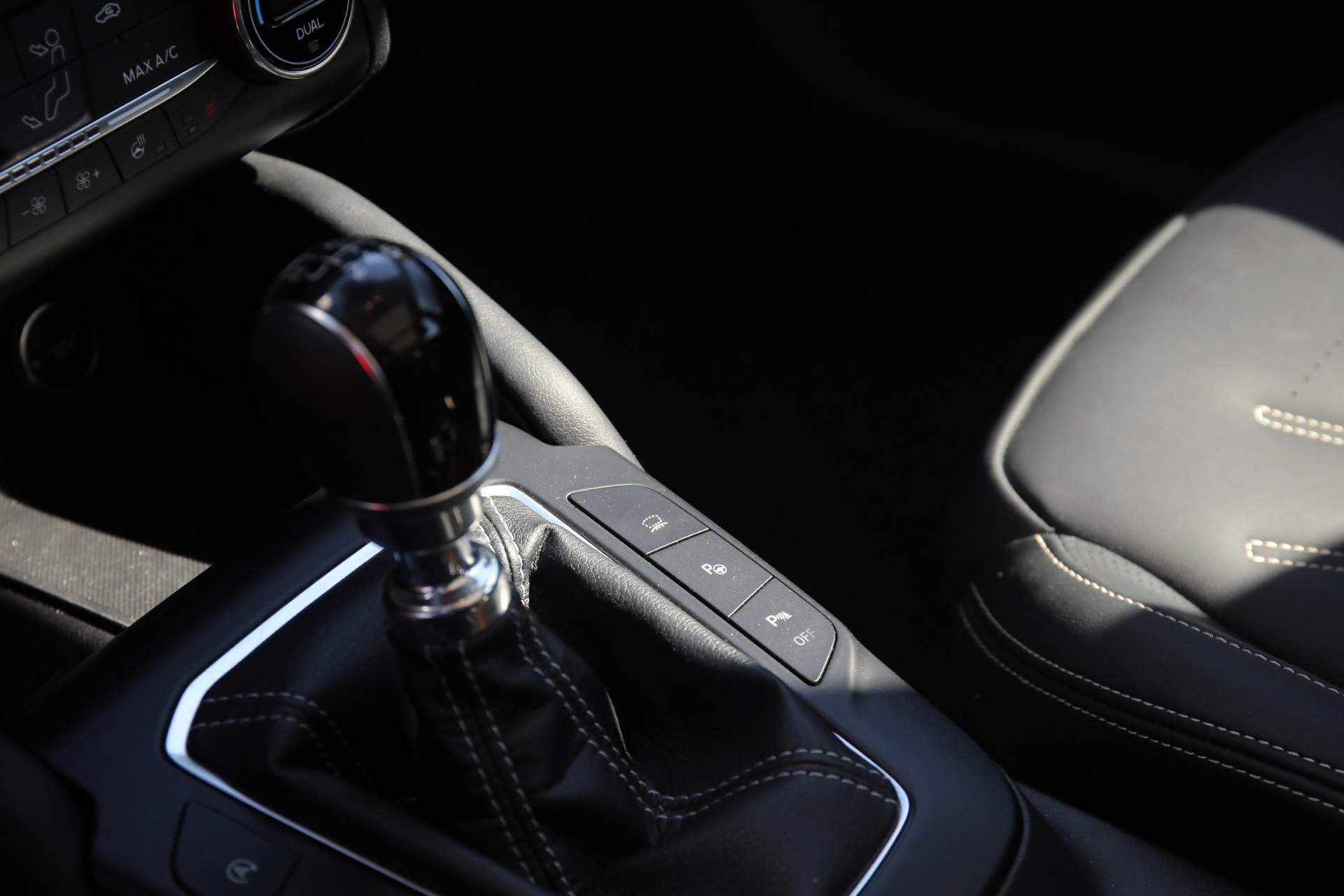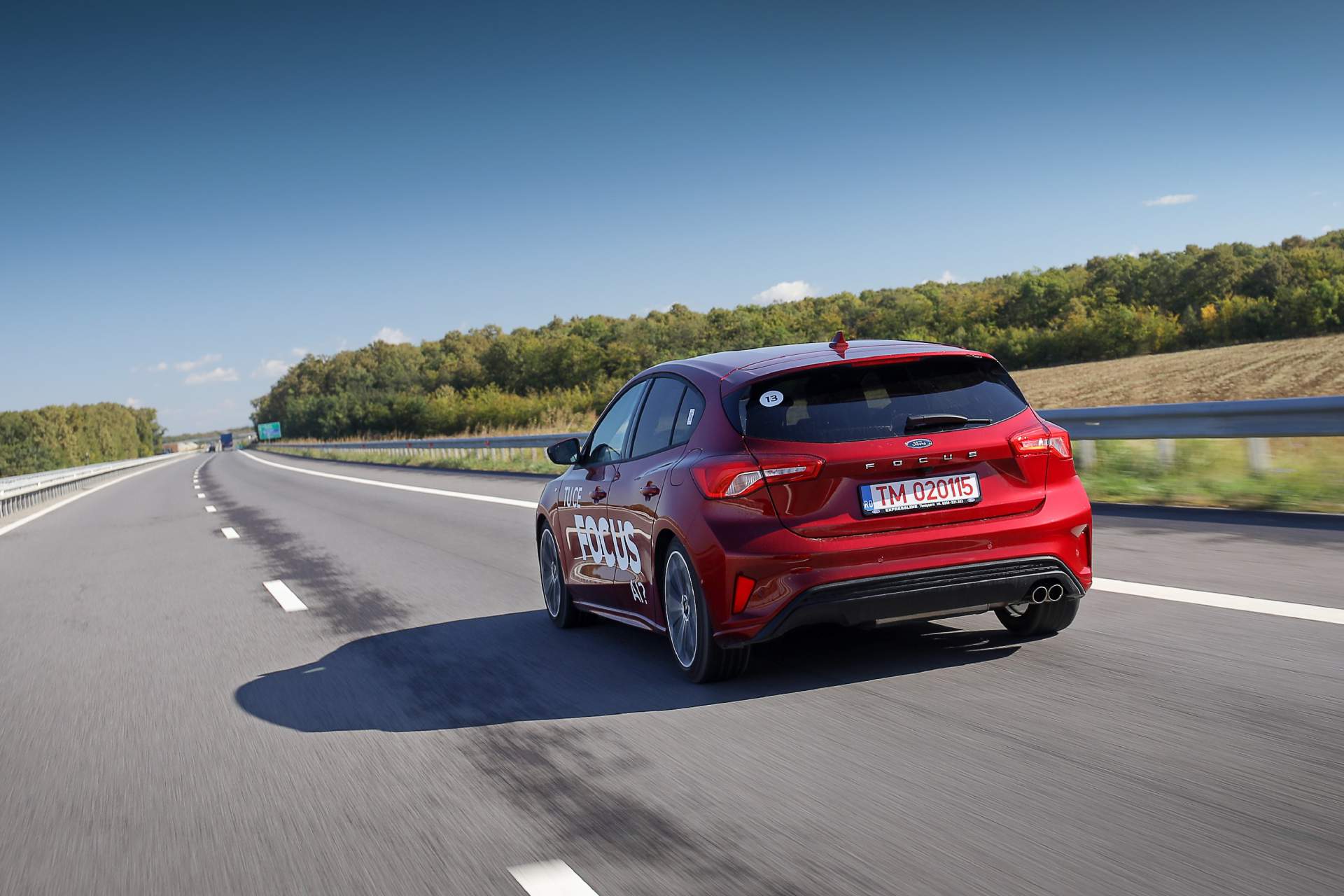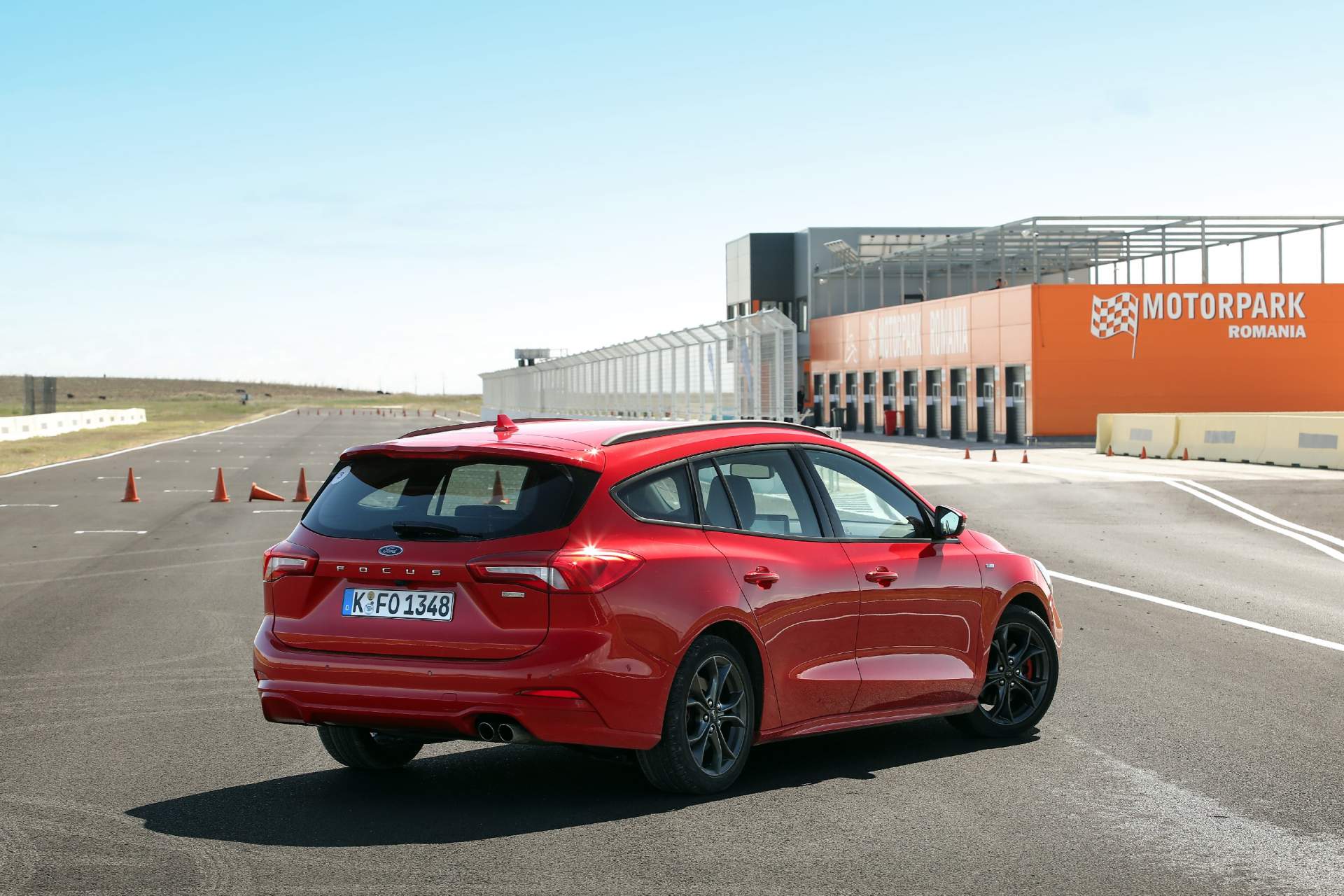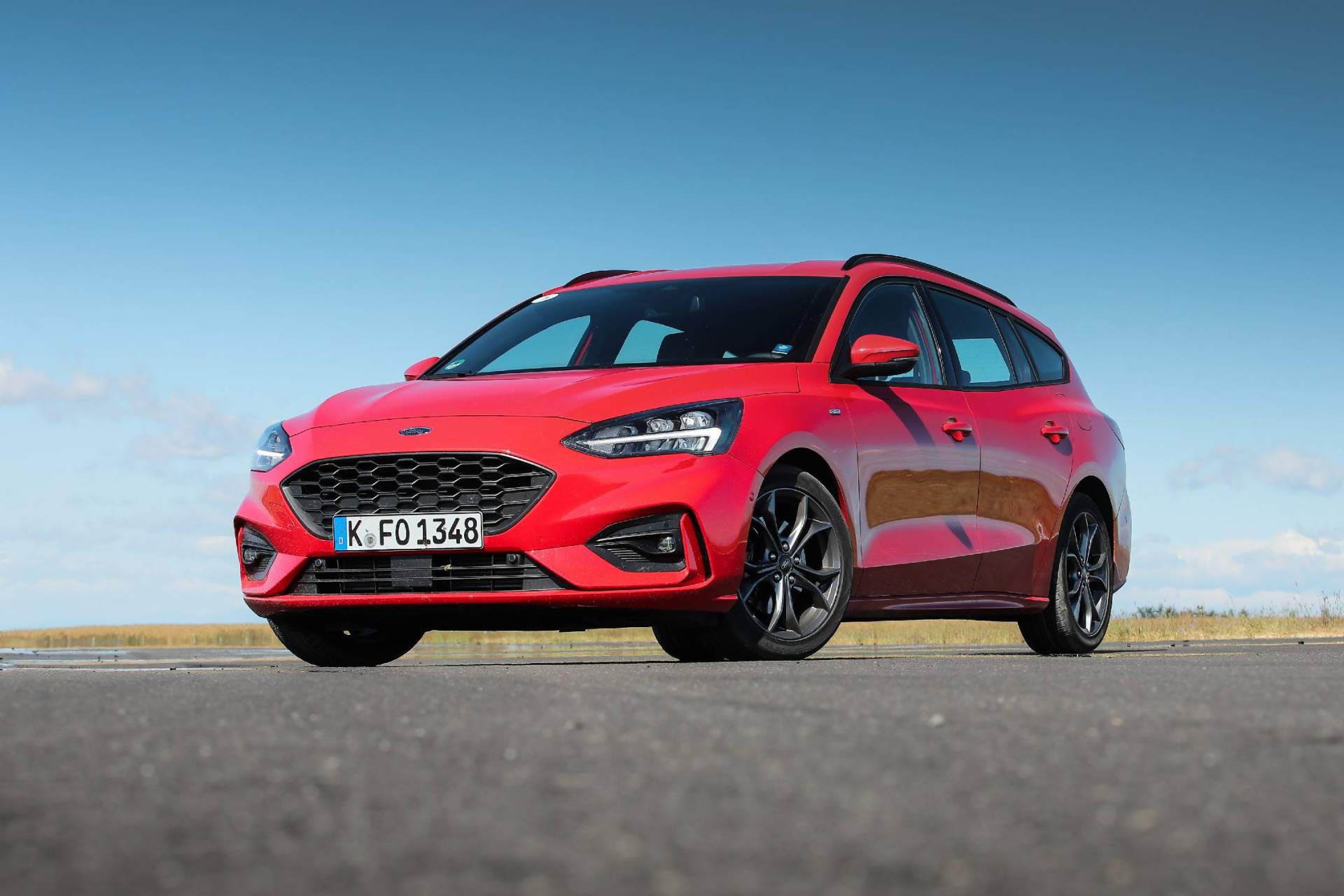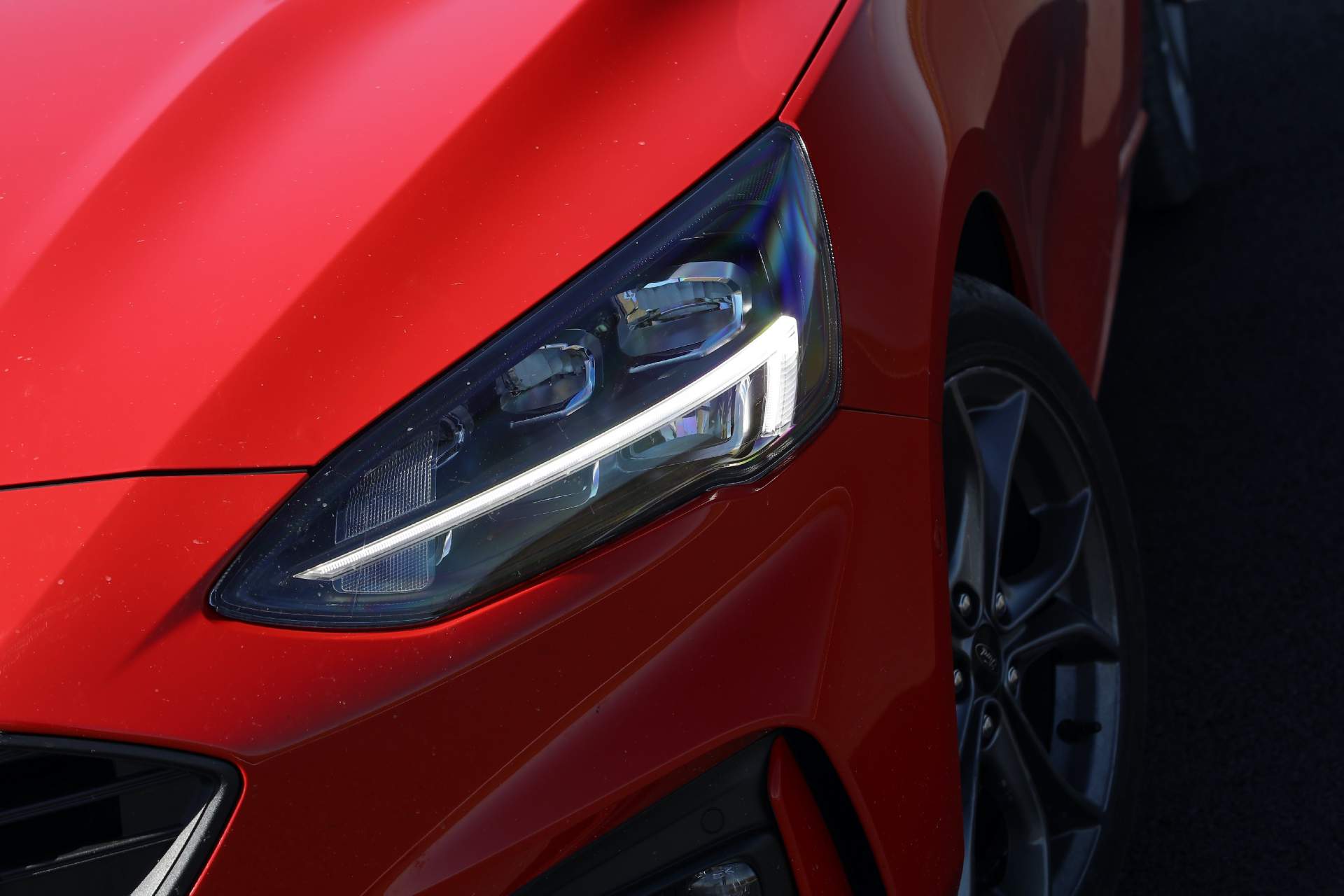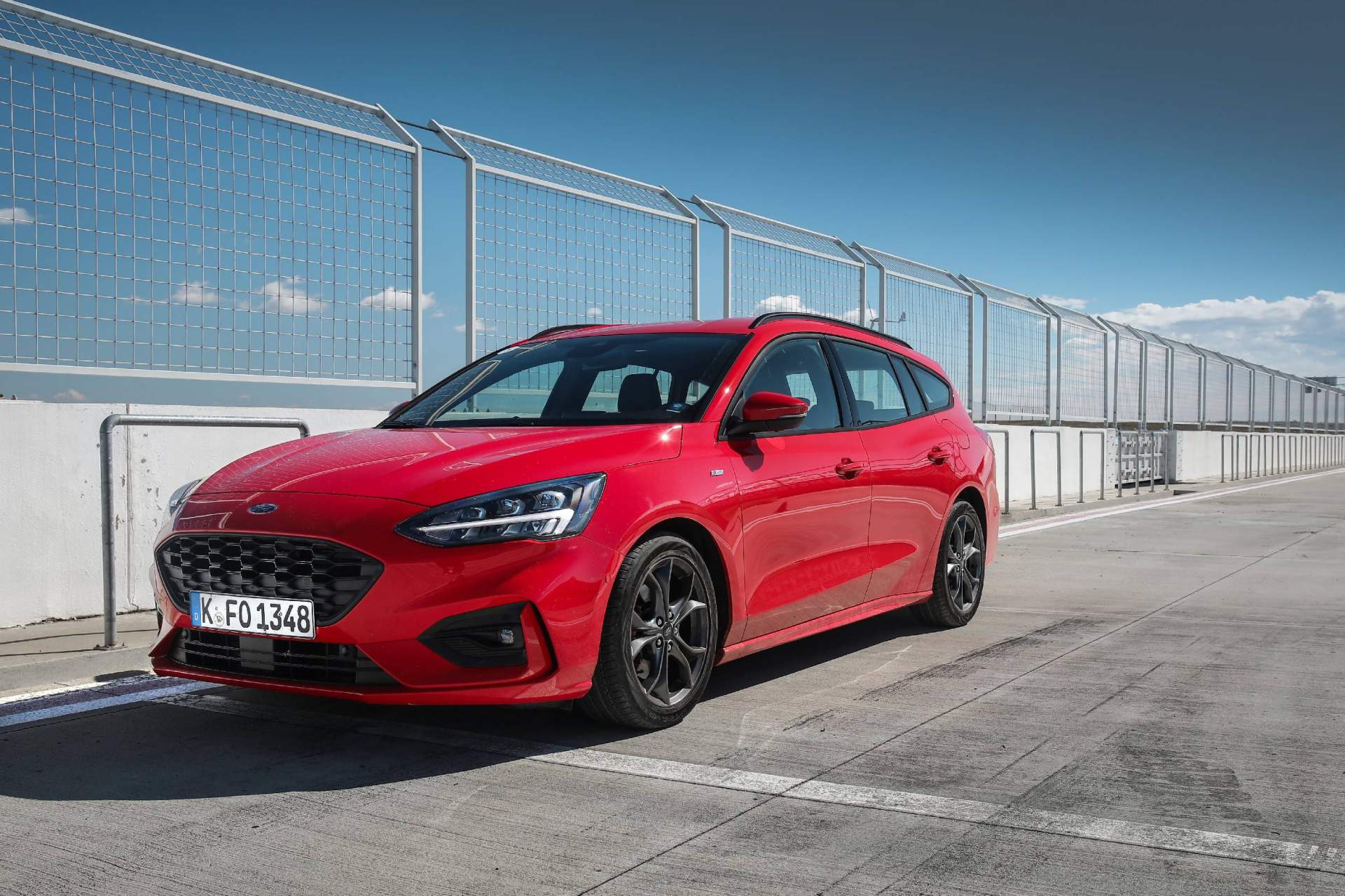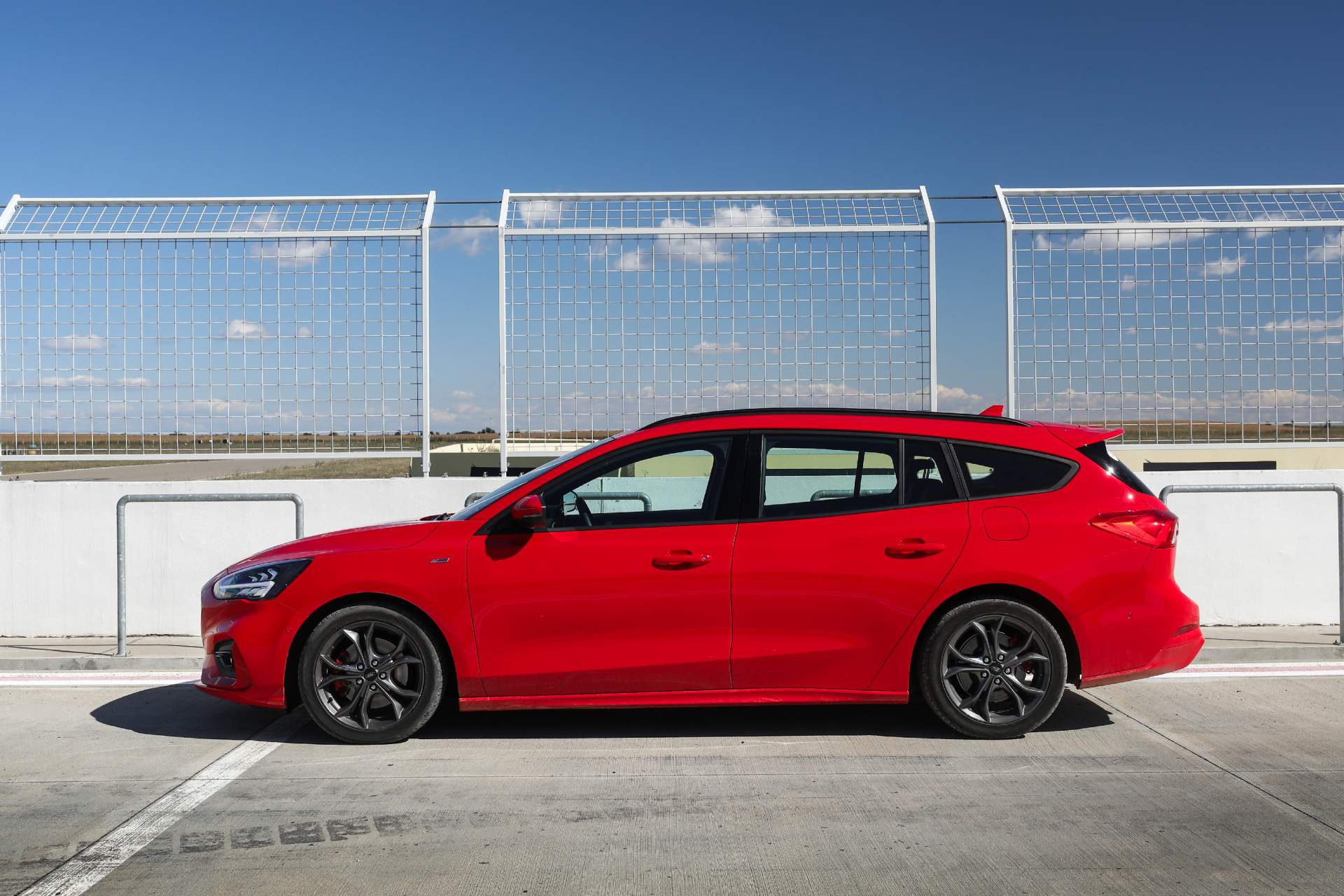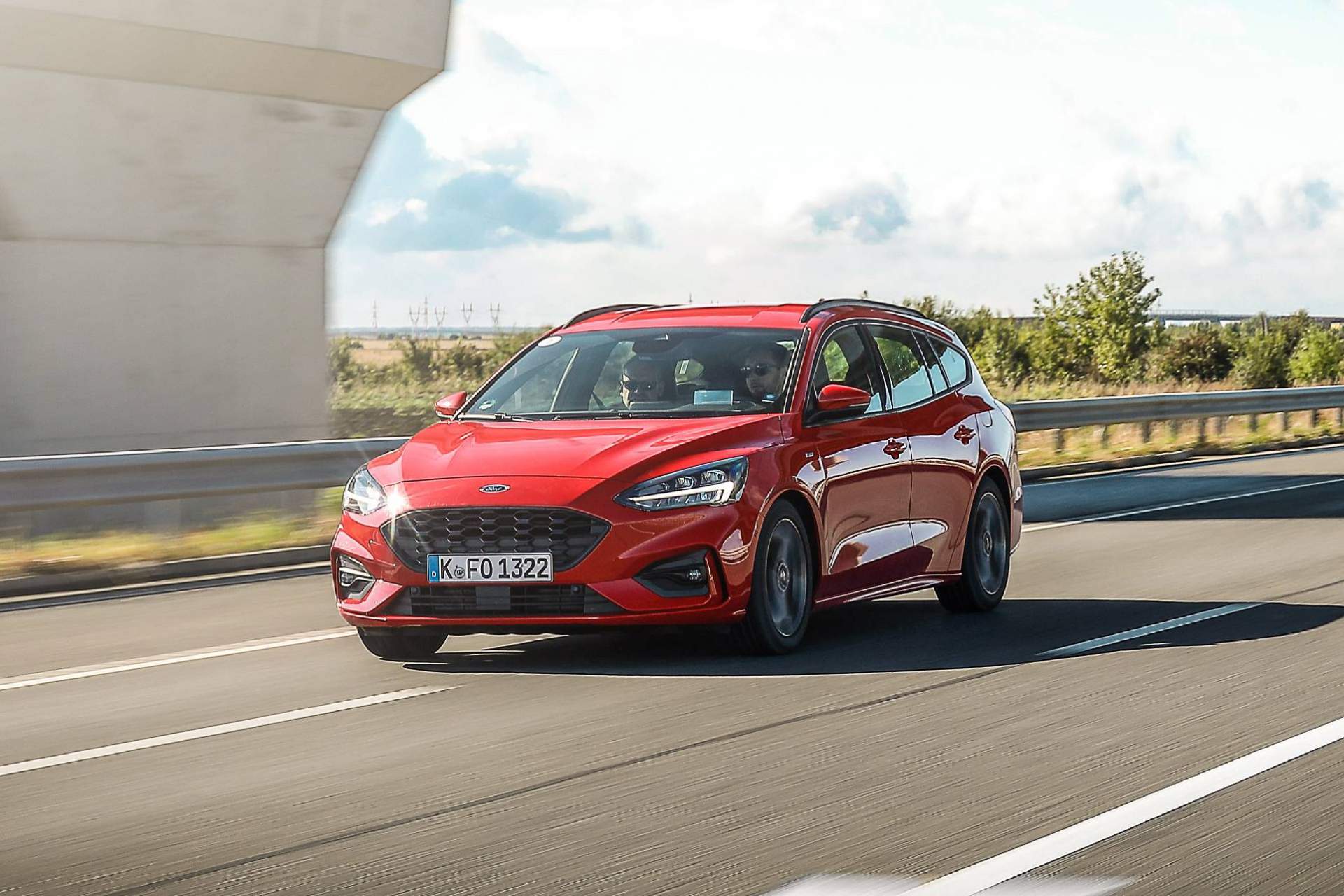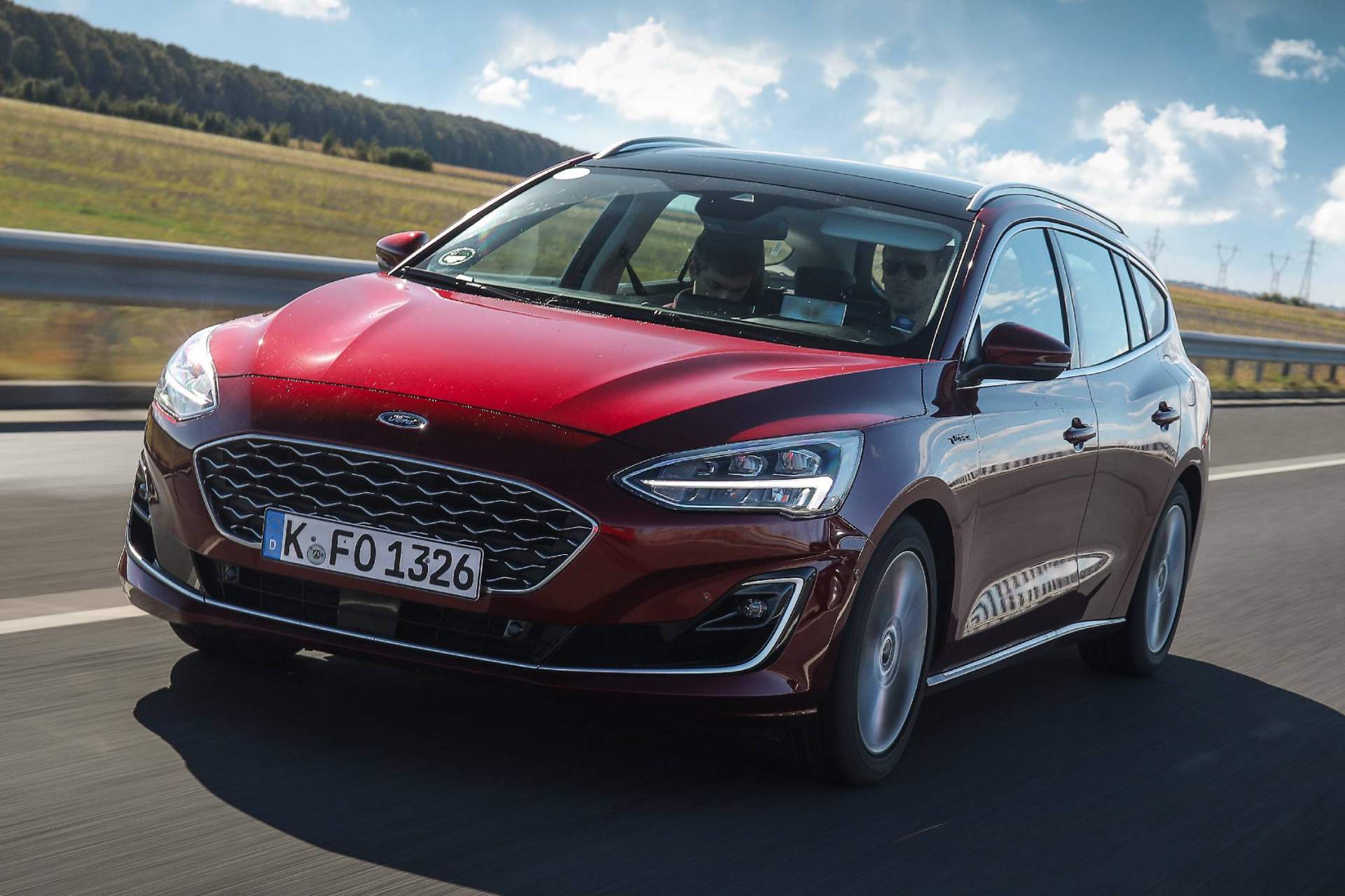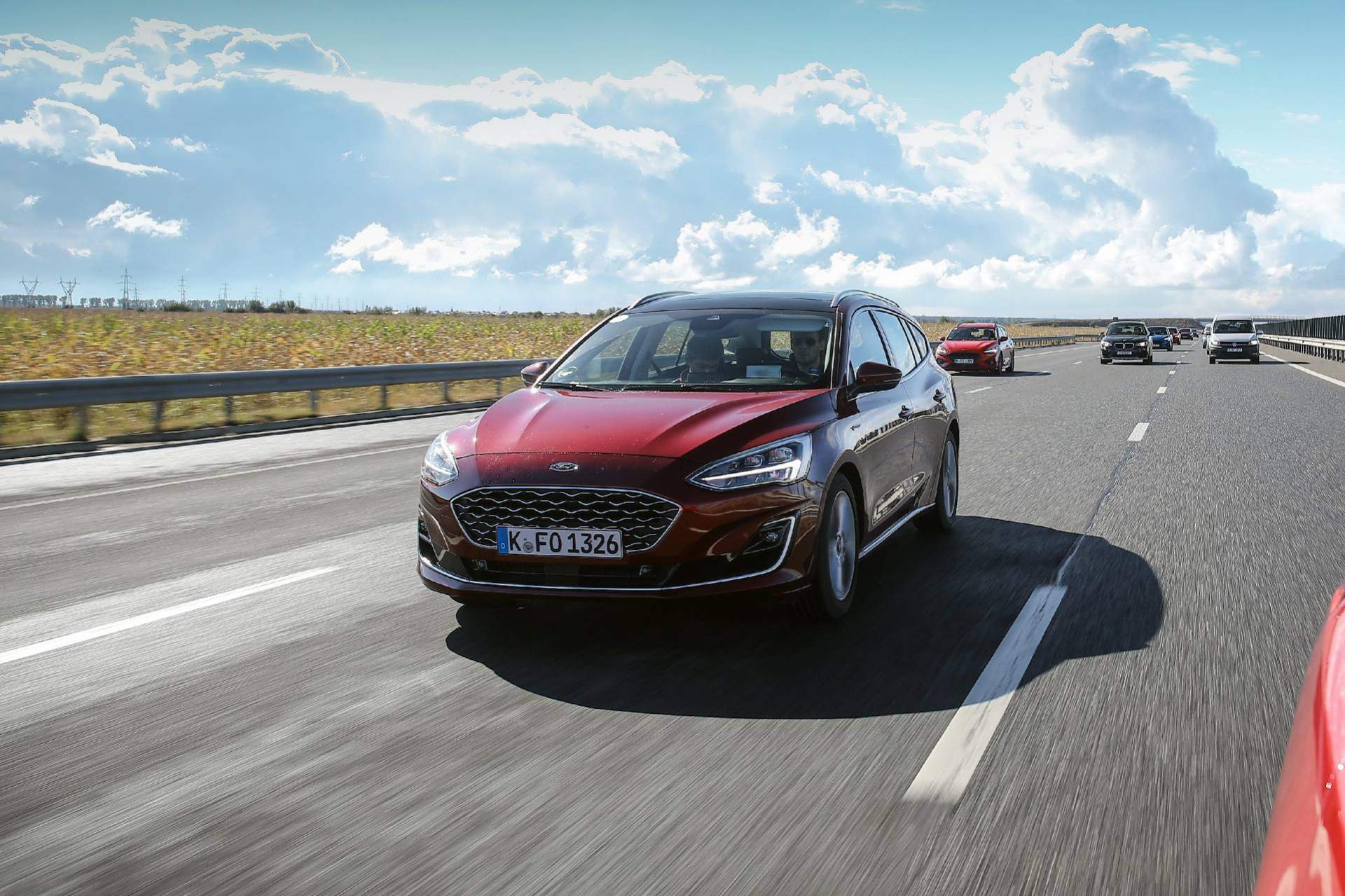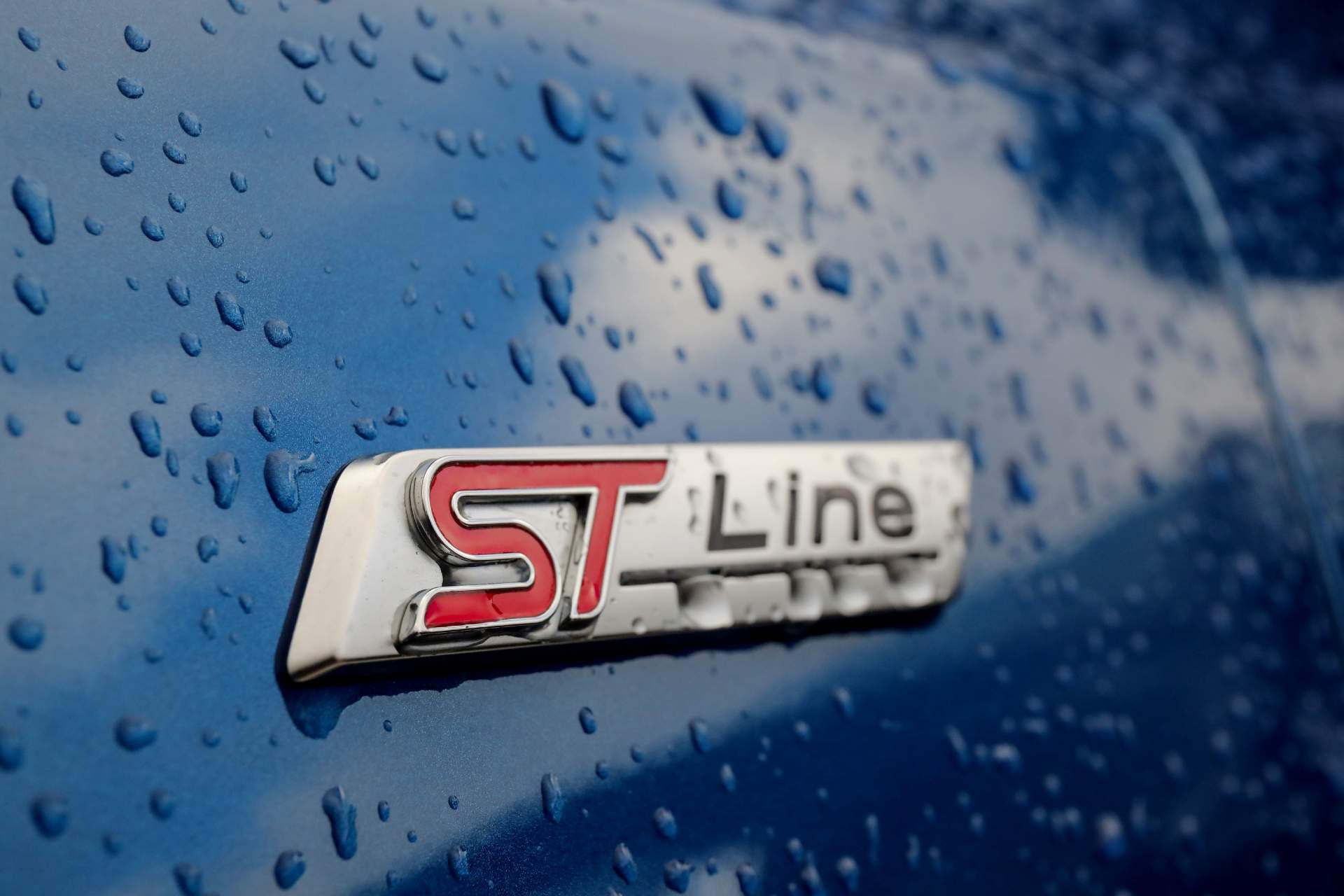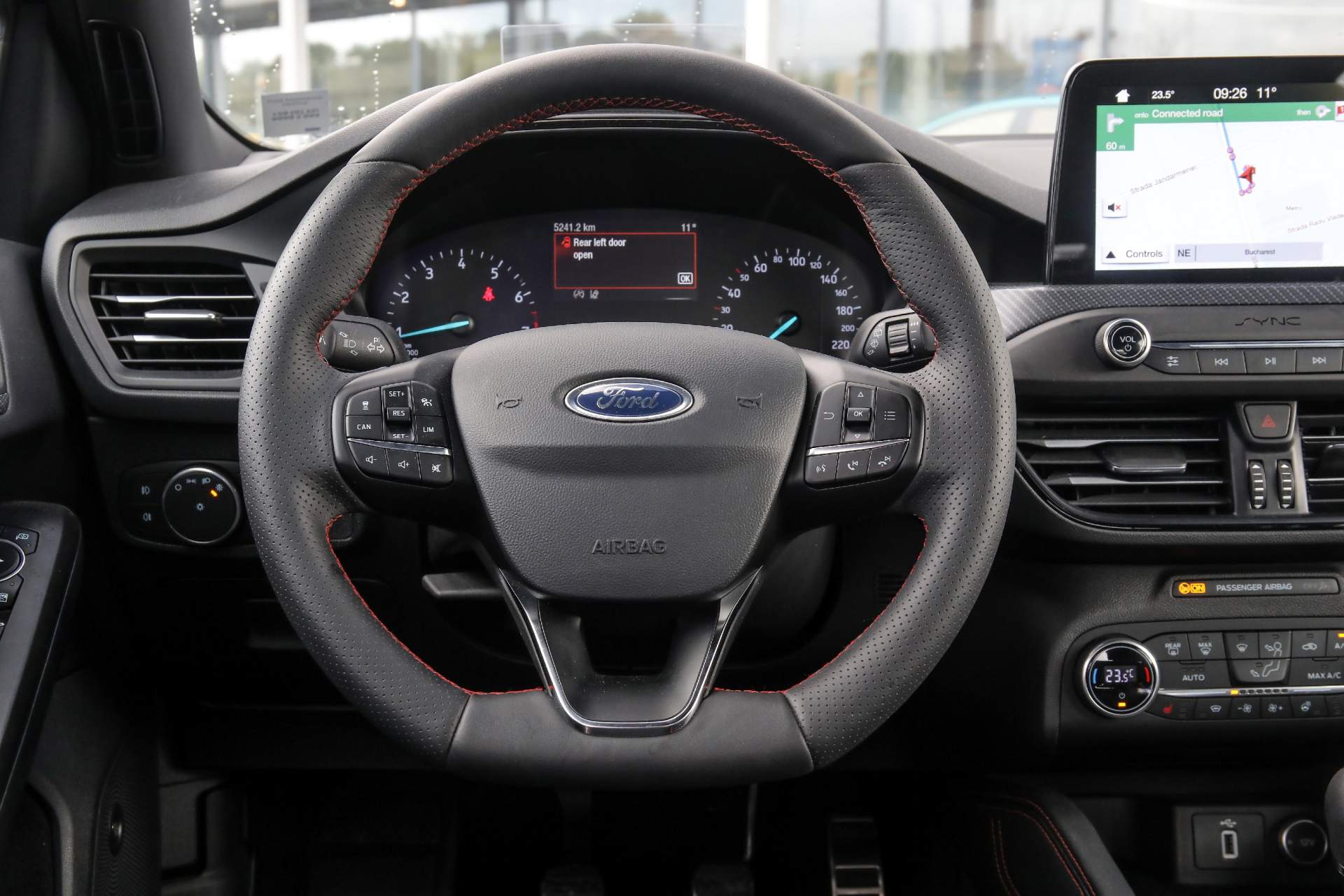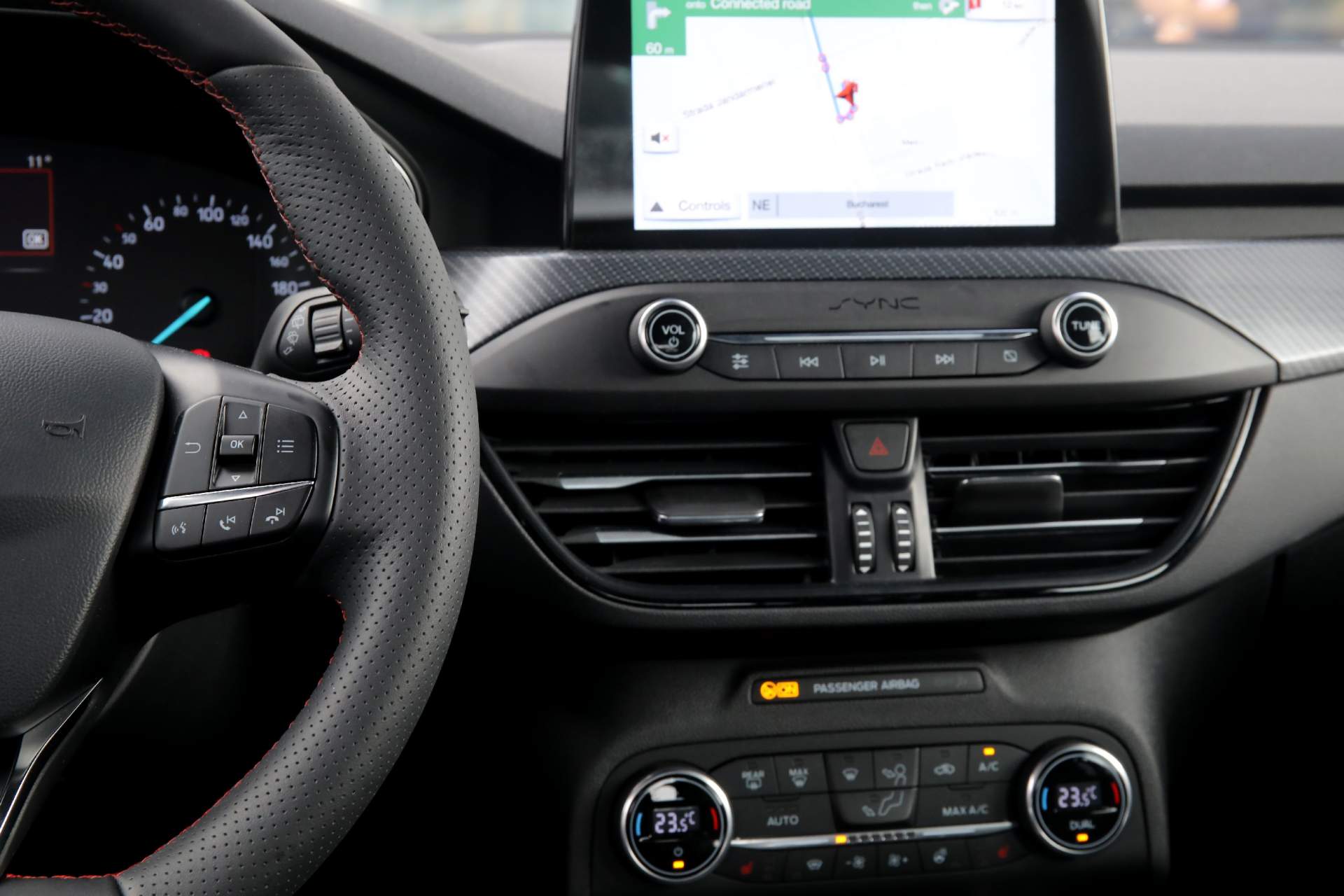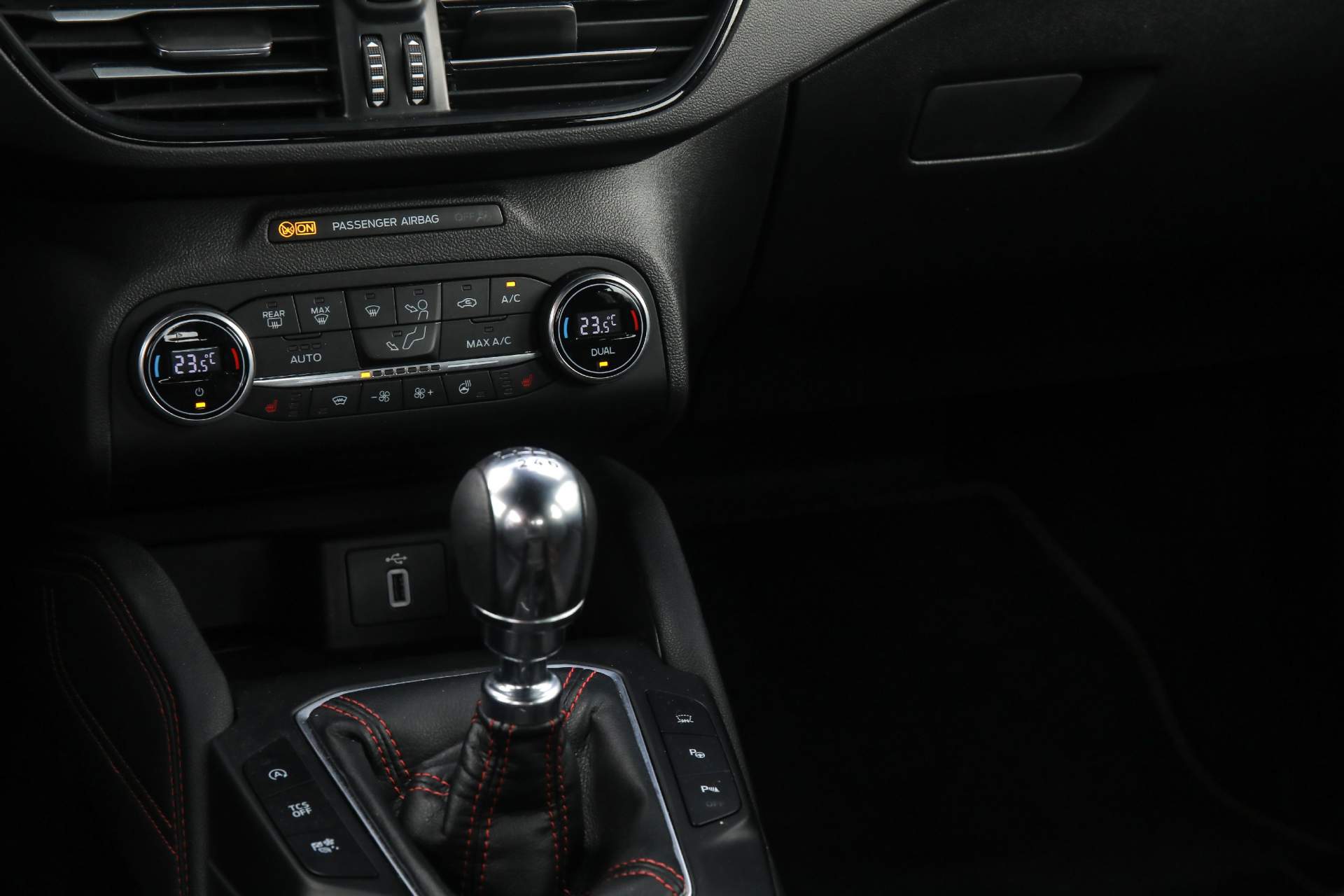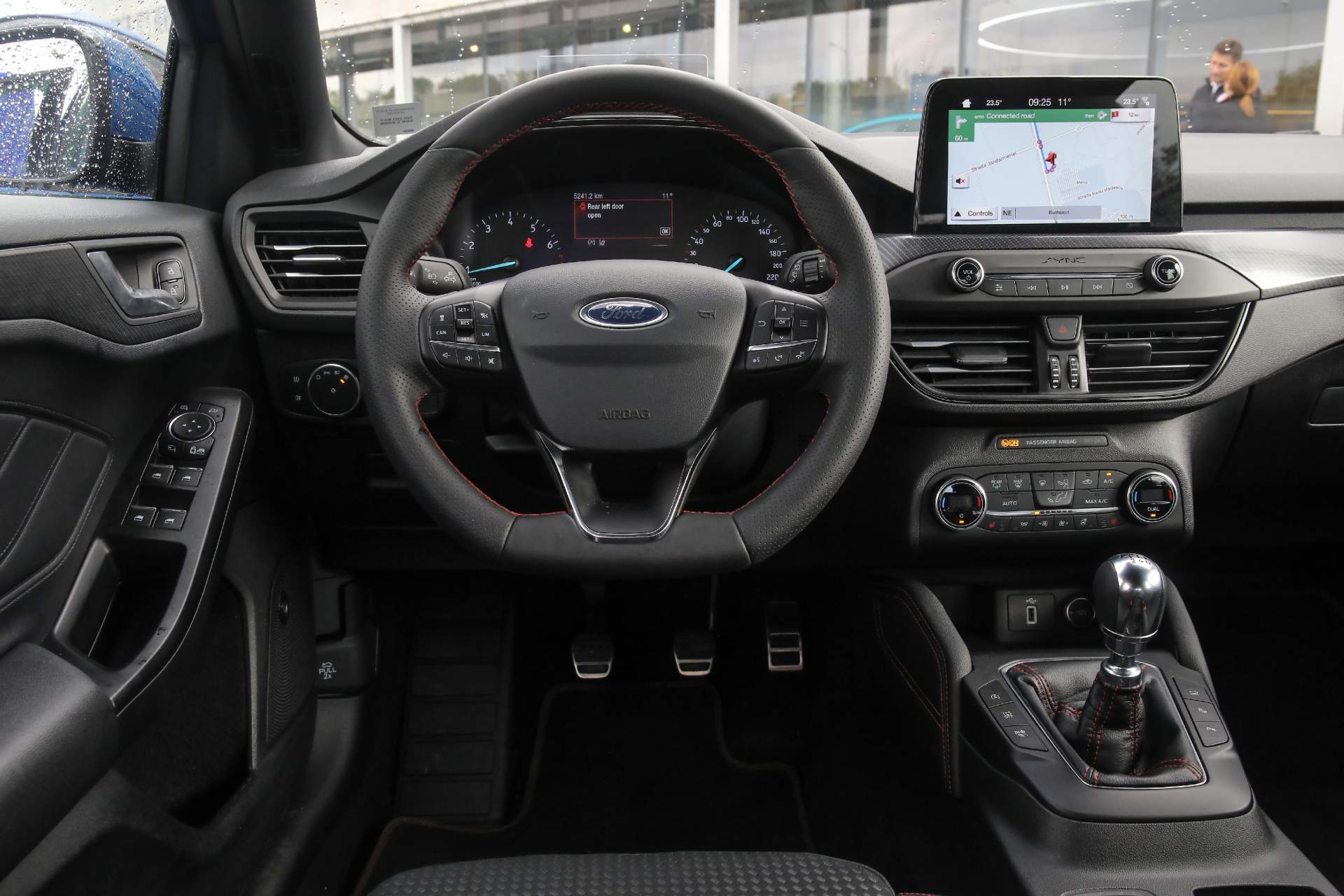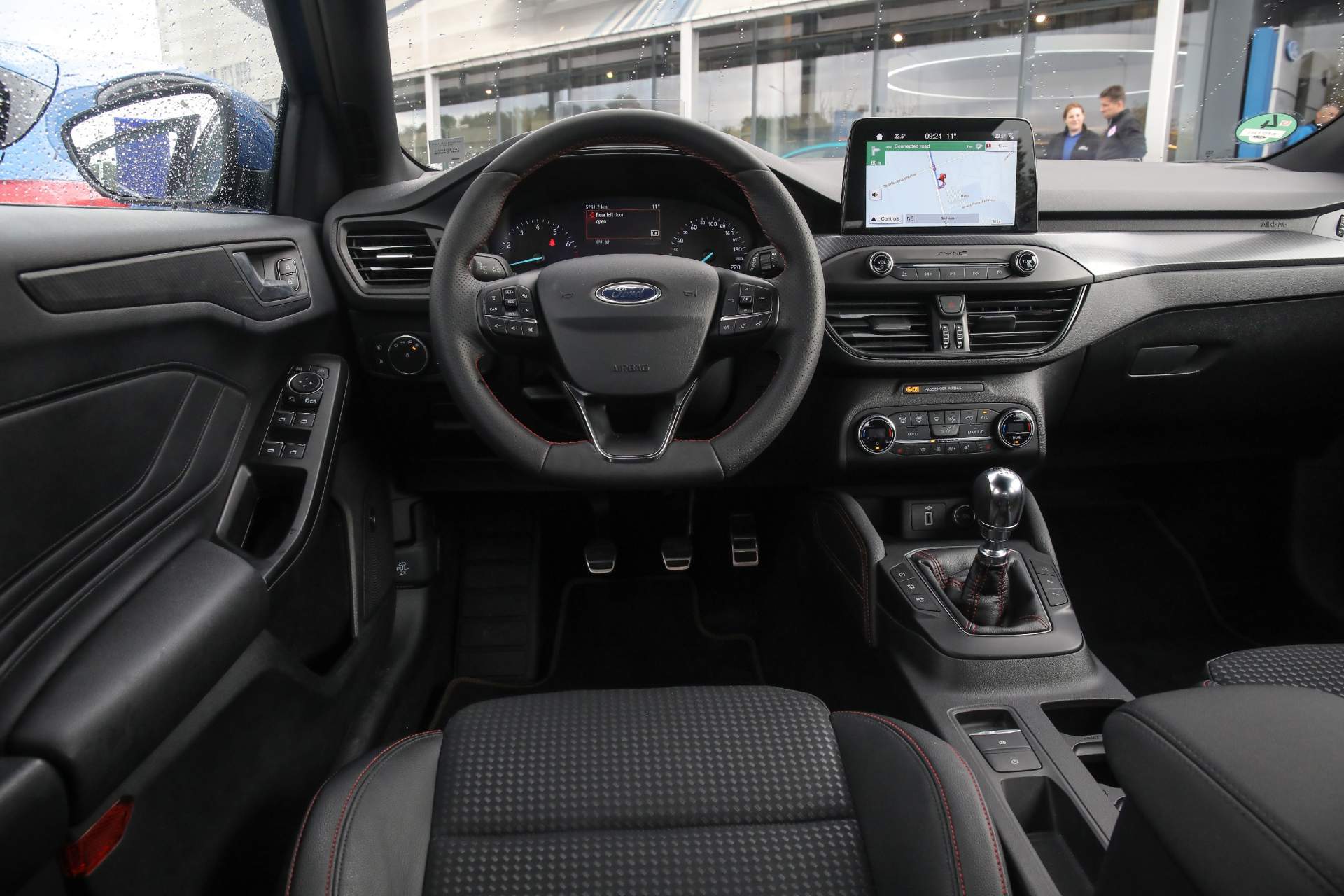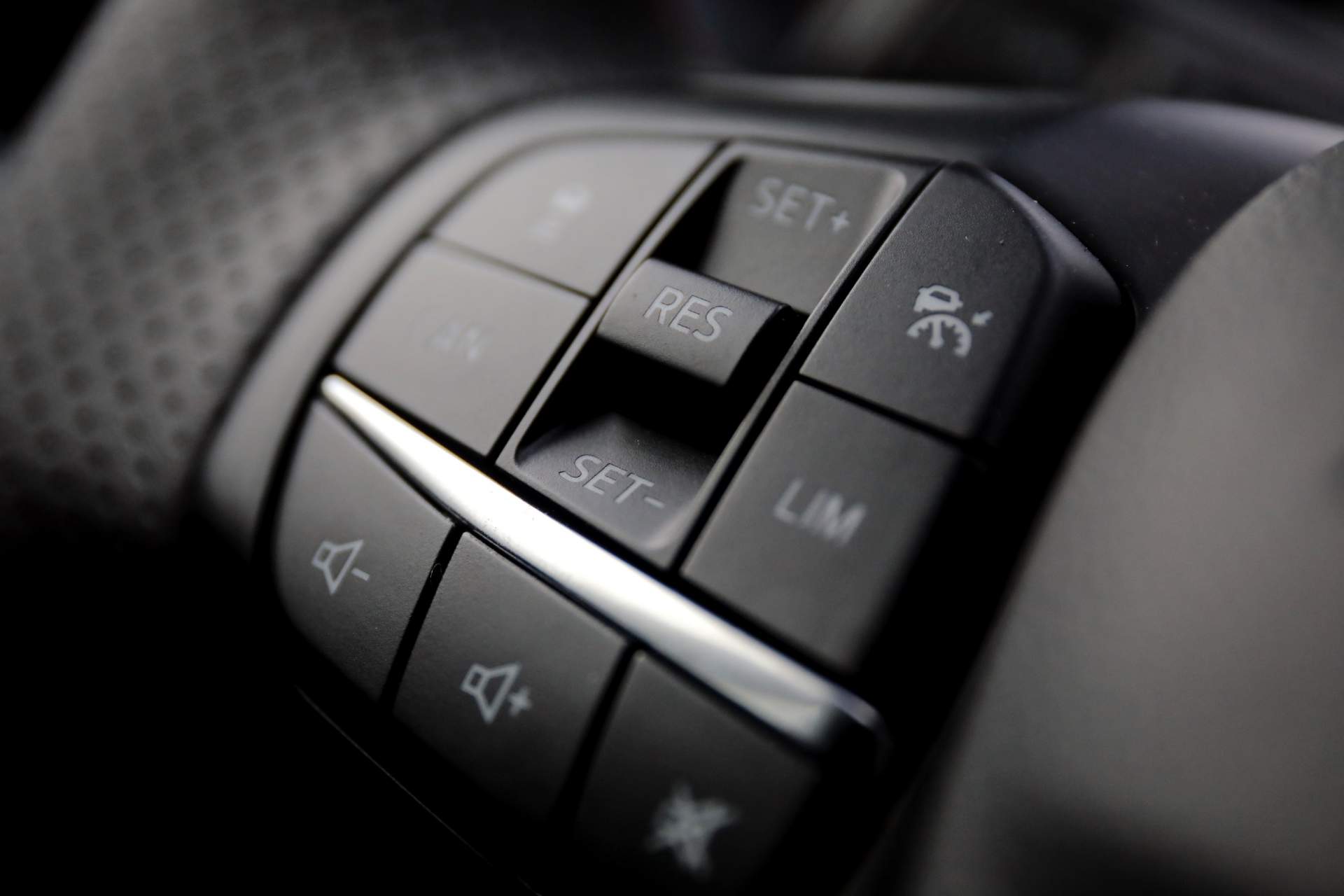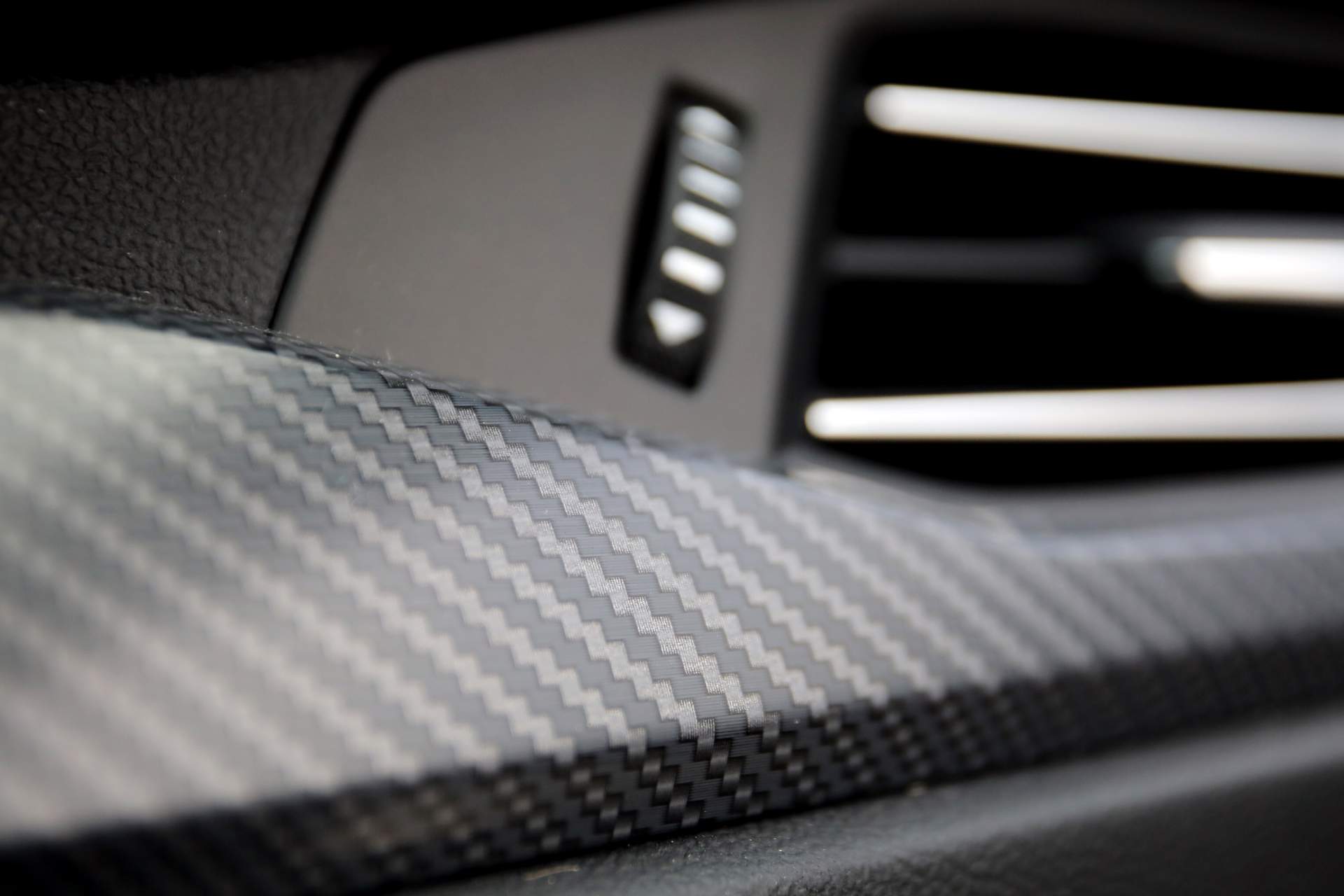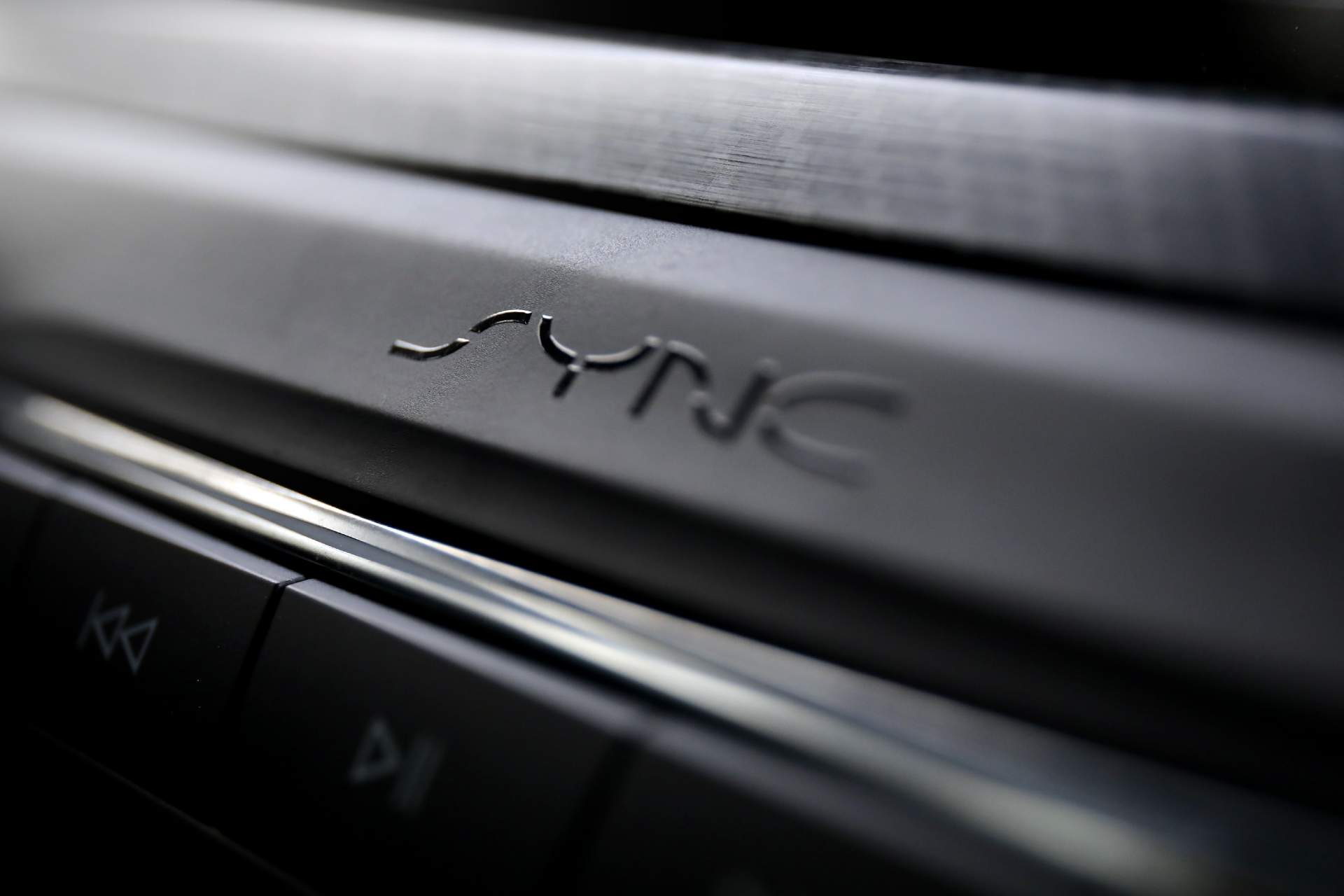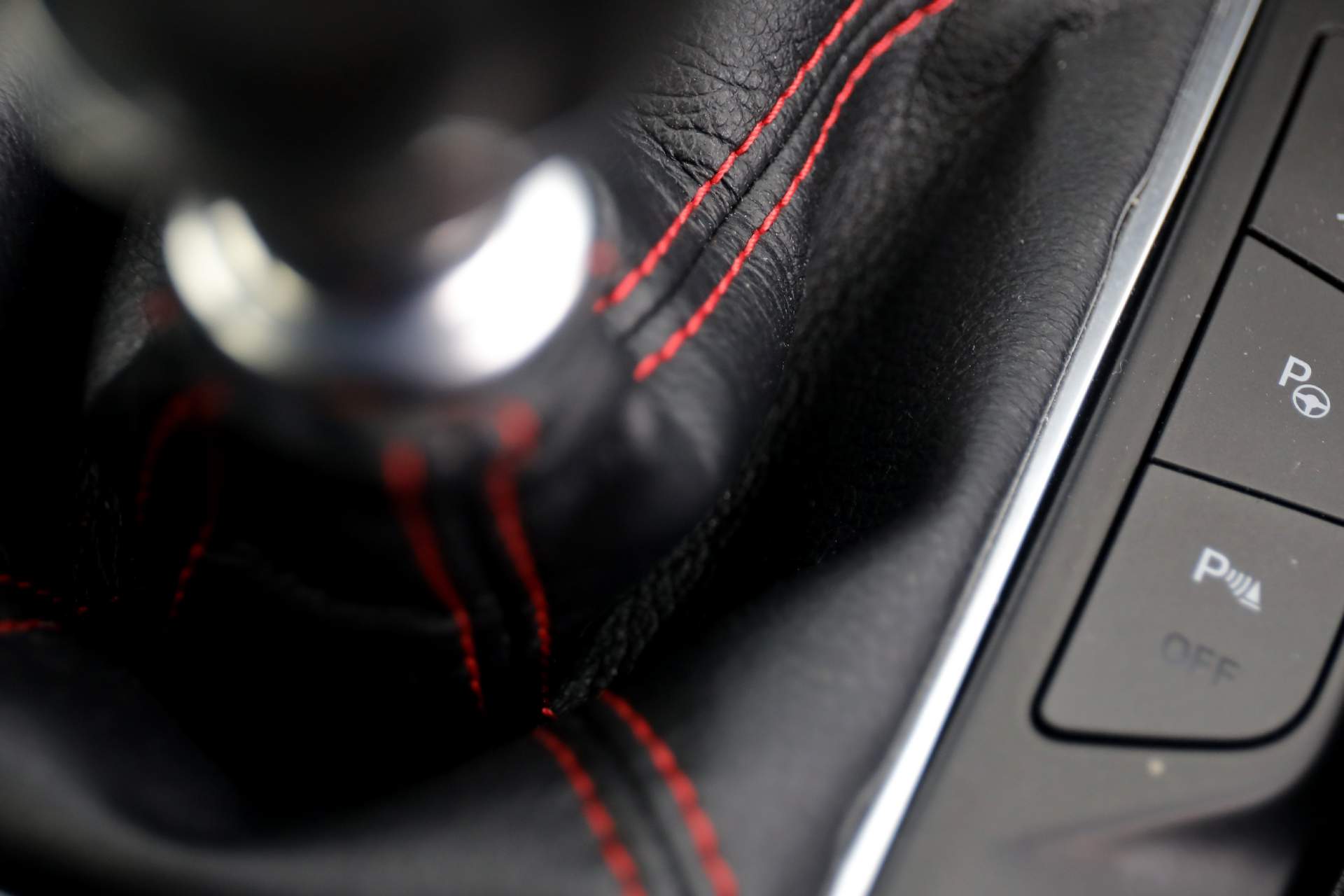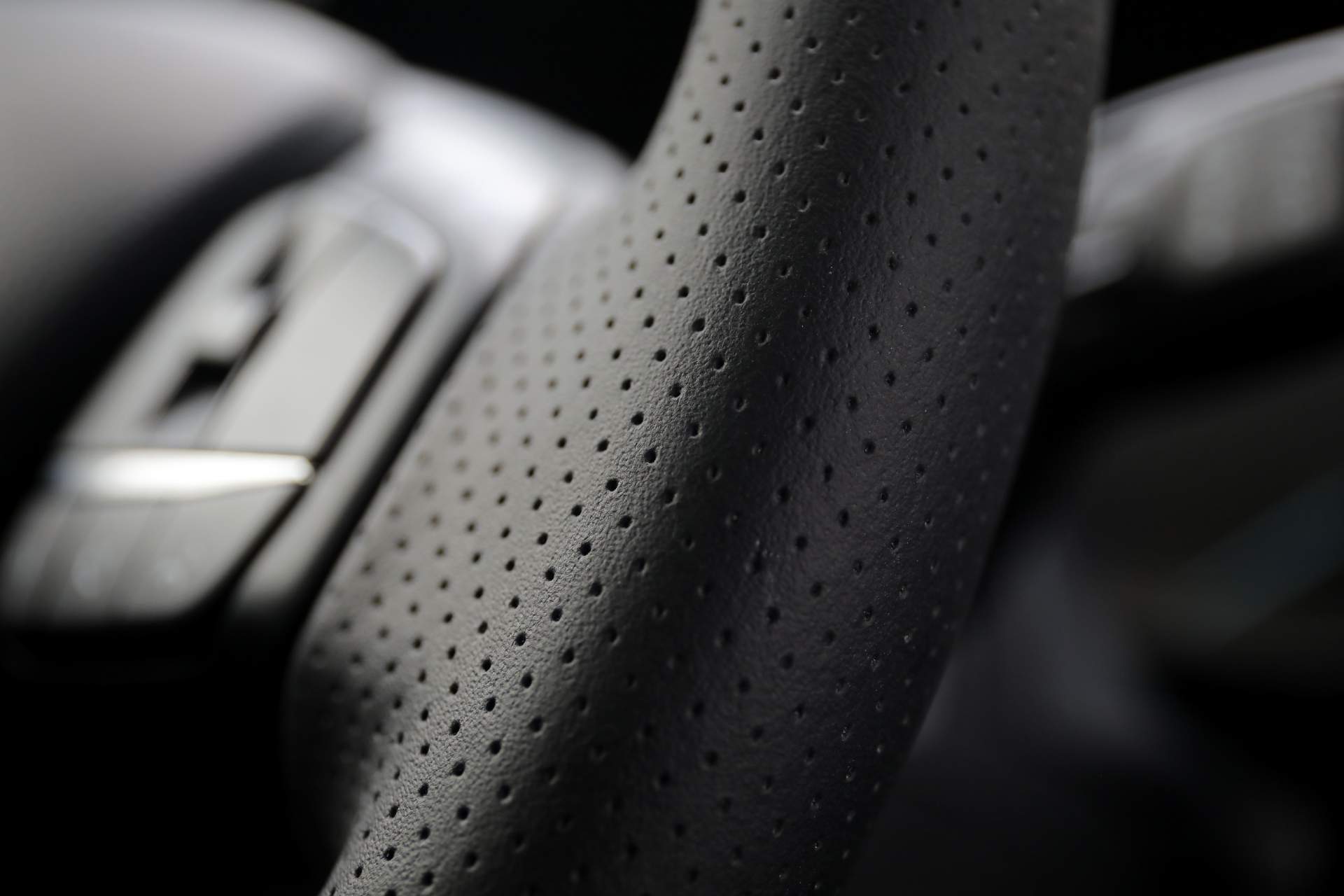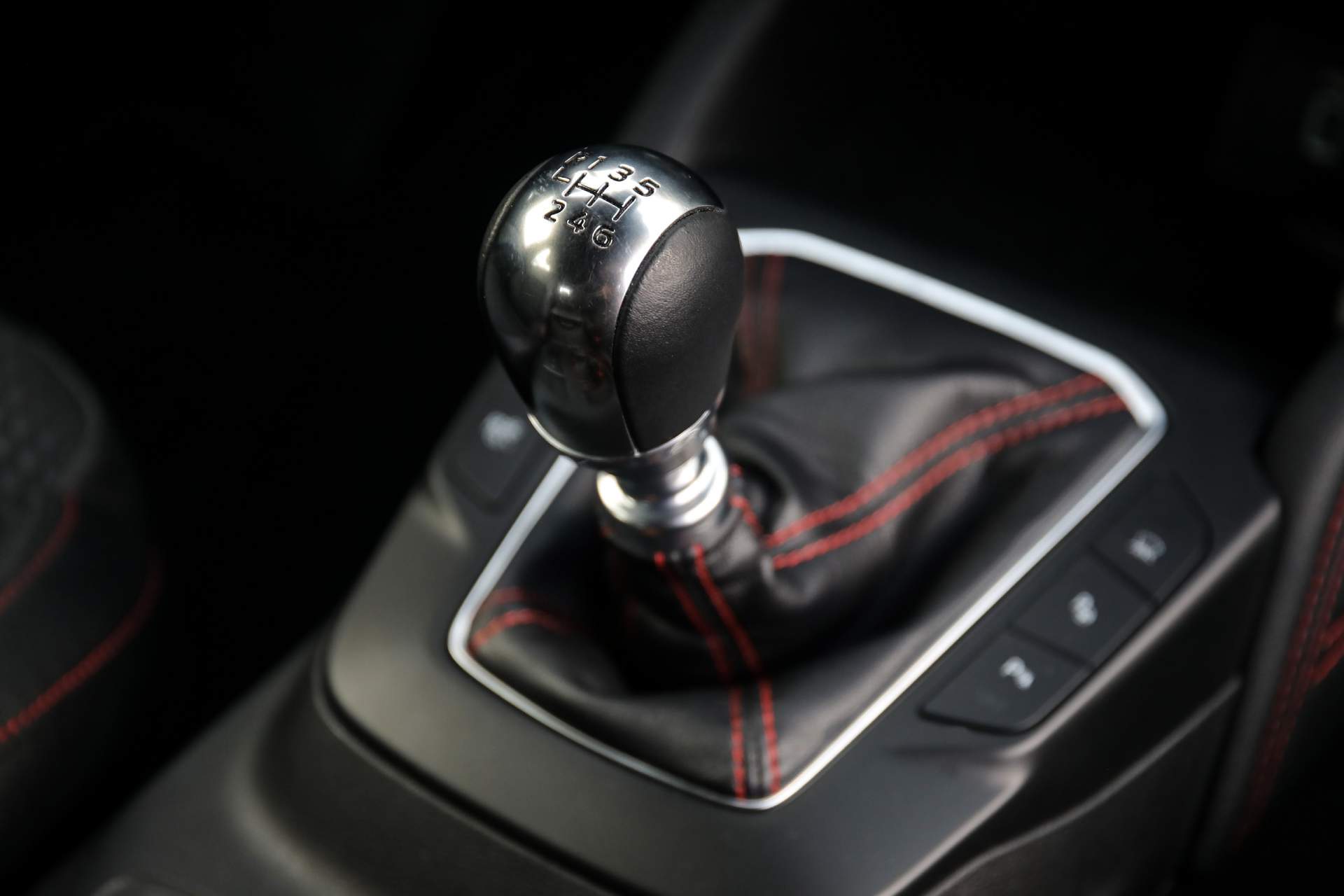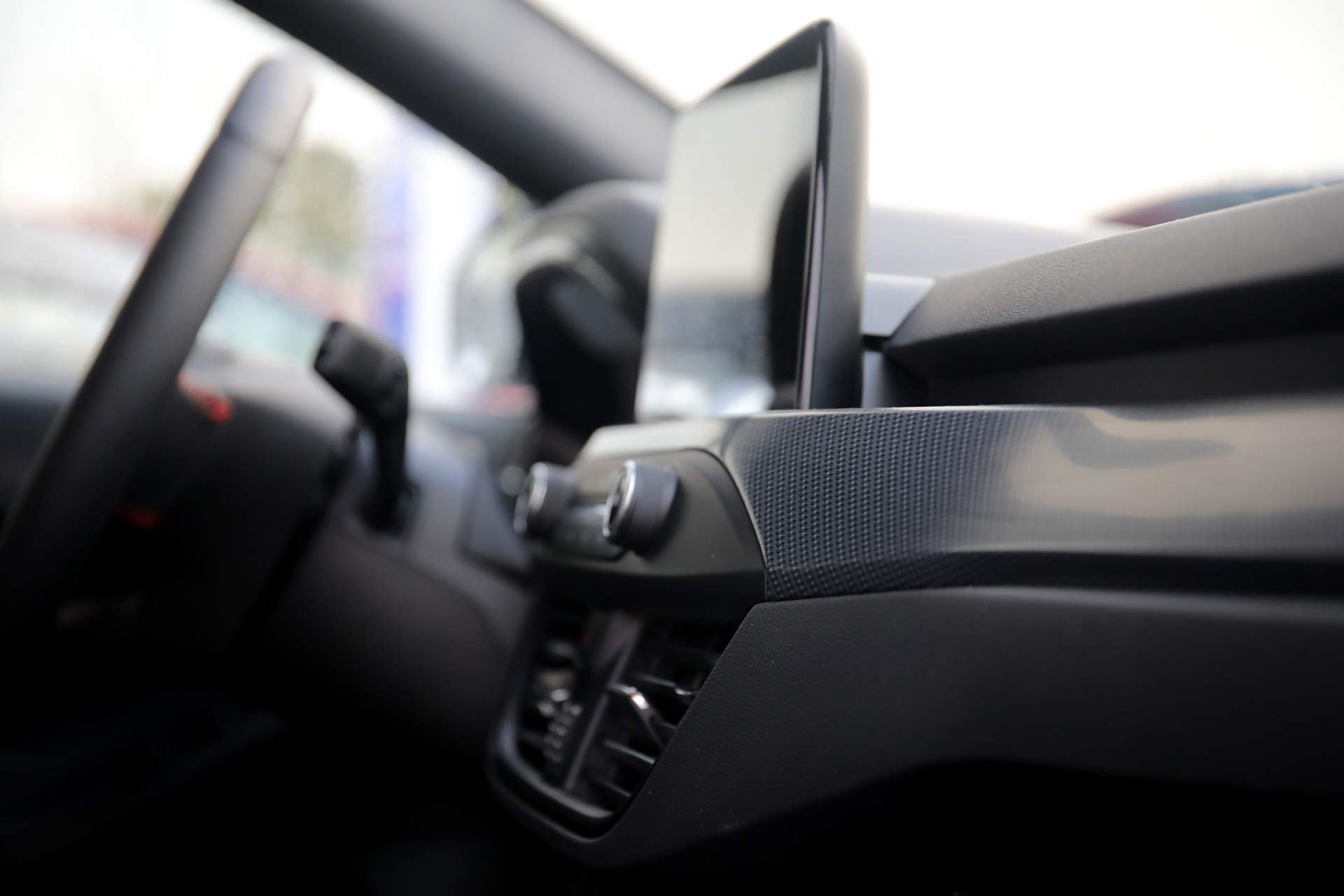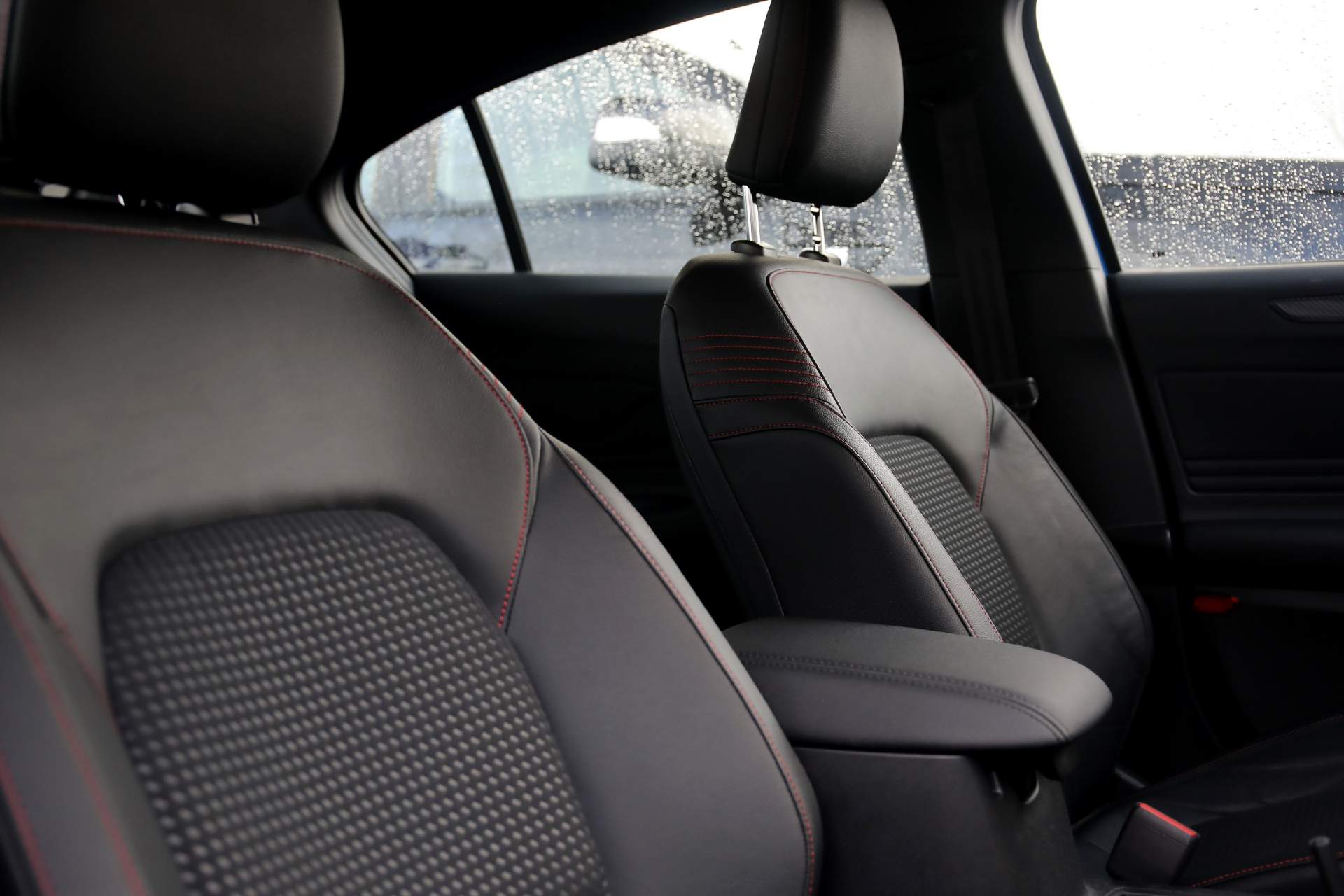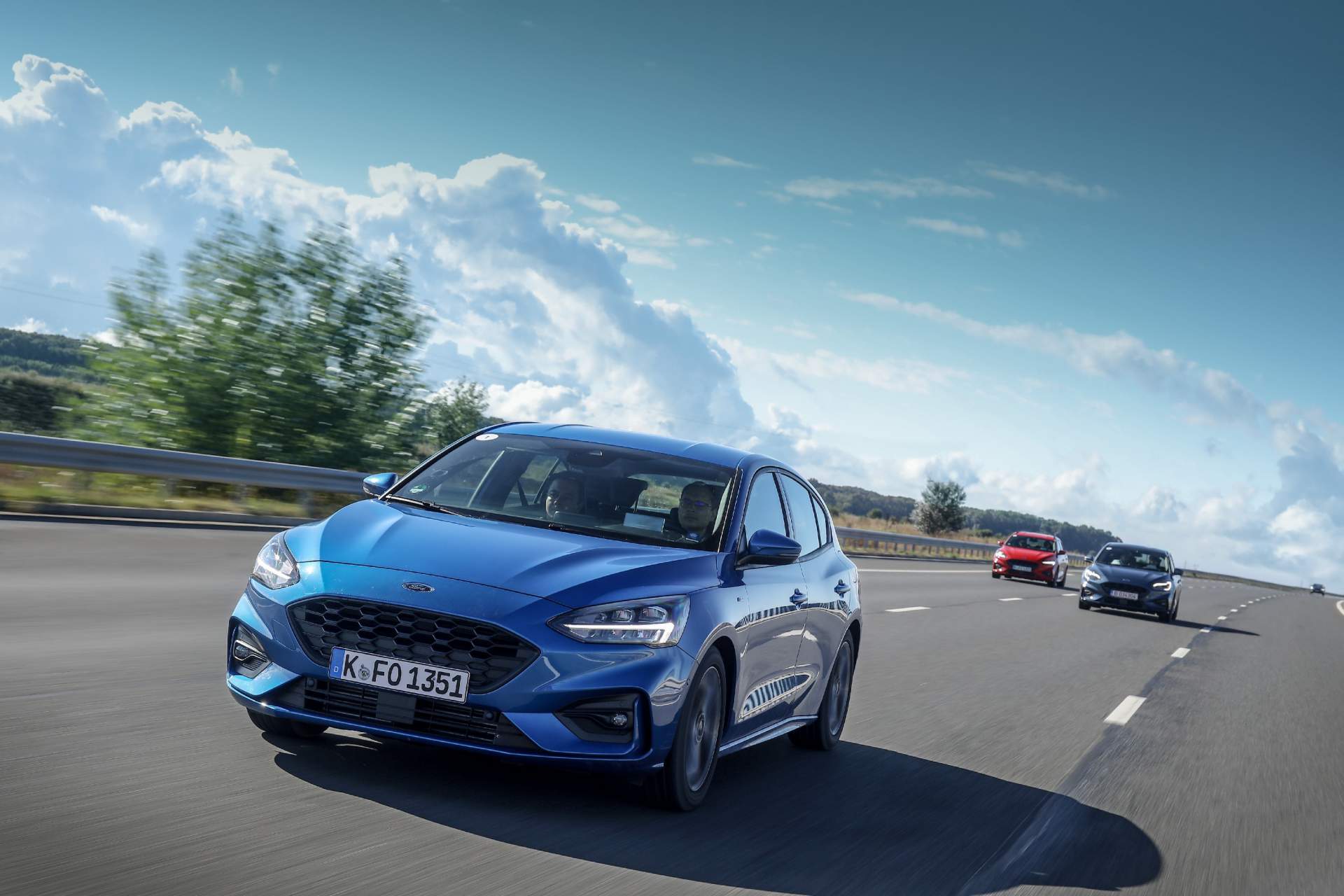The fourth-generation Focus marks an important moment for Ford, as it’s the model that debuts the all-new C2 global modular platform the automaker will use on many new models in the coming years.
We drove the all-new Focus recently, as part of a Ford event in Romania, and got to try it both on the road and on the track. The test fleet included both the hatchback and the wagon, in Titanium, ST-Line and Vignale trim.
The jacked-up Focus Active will arrive in early 2019, with markets like Romania and Turkey also getting the Focus Sedan. We got a short static preview of the latter, though it wasn’t available to drive.
There’s a Focus for everyone – except the United States
Seeing the Focus in the metal, it’s clear that Ford designers wanted it to appeal to as many potential customers as possible without alienating the usual clientele. However, the result of this cautious approach is a car that looks a bit too generic. It’s easily recognizable as a Focus, but would it still be if the Blue Oval logo was removed? Tough call, but I guess one could say that about most volume models nowadays. Don’t get me wrong, the Focus is not an ugly car. But it’s not daring either; it’s just a “safe” design.
What I like about the new Focus is the fact that the trim levels look quite different from one another, making it easy for anyone to find the right model. I found mine: the Focus Wagon ST-Line. I believe the flowing lines of the new styling language suit the estate model the best and the sporty elements of the ST-Line grade make it the most attractive inside and out.
Revolution on the inside
While the exterior could be described as a mild evolution compared to the previous generation, the changes are much more obvious inside. For starters, the materials used in the cabin are pleasant to see and touch. Soft plastics cover most areas passengers are likely to get in contact with. There’s one exception, though, namely the cheap-looking, hard plastic on the center console. Despite, that the Focus is getting close to VW Golf levels of quality.
Thanks to the new SYNC 3 infotainment system, the dashboard looks (and is) more user-friendly. Ford was able to reduce the number of physical buttons on the center console, keeping only a fraction of them for the car’s main functions. As a result, the dash looks less massive and busy than before, allowing the driver to focus better on what’s most important: driving.
Refined 1.5-liter diesel, now with an eight-speed auto
The cars I got to drive were the Focus ST-Line hatchback and the Focus Wagon Vignale, with two different engines: the 120PS (118hp) 1.5-liter EcoBlue turbodiesel (both with a six-speed manual and eight-speed auto) and the 182PS (180hp) 1.5-liter EcoBoost three-cylinder gasoline unit (only on the track).
I’ll begin with the diesel unit because I drove the Focus with the 1.5 EcoBlue engine the longest. The peak torque of 300 Nm (221 lb-ft) available from 1,750 rpm enables decent acceleration even on the heavier Focus Wagon, which adds 50 kg (110 lbs) to the hatch’s curb weight. On paper, the numbers aren’t spectacular. The new Focus Wagon with the manual transmission will do 0-100 km/h (0-62 mph) in 10.3 seconds and reach a top speed of 194 km/h (121 mph).
In real life, that’s more than enough to overtake, merge on the highway and maintain a more than decent pace. At cruising speeds, you won’t hear much noise inside other than whistling from the side mirrors. As for the engine, it produces a rather pleasant sound even at idle and you’ll barely hear it while on the move.
The eight-speed auto is worth the premium and the slightly higher fuel consumption
The manual transmission is precise and easy to use, but it can’t rival the new eight-speed automatic when it comes to comfort. The new torque converter gearbox is smooth and shifts gears fairly quickly. It definitely suits the diesel engine better, though it loses a few points when it comes to fuel economy.
According to Ford, the average fuel consumption (NEDC) for the Focus Wagon 1.5 EcoBlue with the automatic transmission is 4.5 l/100 km (62.7 mpg UK), compared to 3.7 l/100 km (76.3 mpg UK) with the manual. Obviously, you will never get near those figures in real life. The lowest fuel consumption displayed by the trip computer of ‘my’ Focus Wagon with manual transmission was 5.7 l/100 km (49.5 mpg UK) on an almost entirely extra-urban cycle.
In similar conditions, the Focus Wagon equipped with the automatic transmission would have probably averaged significantly more than 6.0 l/100 km (39.2 mpg UK). That’s a bit high compared to competitor models that feature dual-clutch gearboxes.
Still the segment’s leader when it comes to handling
The new Focus offers an excellent compromise between ride quality and handling, with the 53mm (2.08in) longer wheelbase making it feel more composed. The suspension absorbs bumps smoothly and quietly, yet it maintains the car stable in corners even when the driver mistakes the Focus for a sports car.
ST-Line models sit 10-mm (0.39-in) closer to the ground and you can feel it in corners, as the car is a bit more precise and more fun to drive. The trade-off is a less compliant ride on bumpy roads. It’s not a deal-breaker, but you can feel the difference compared to the standard suspension.
On the track, the Focus ST-Line proves it’s still the compact hatch to beat when it comes to handling. Despite the noticeable body roll, the car reacts intuitively and precisely to the driver’s inputs, and interventions from the electronic nannies are subtle enough not to ruin the fun.
1.5 EcoBoost: three cylinders, 180 horsepower, and a cool soundtrack
Three laps on the circuit with the Focus ST-Line hatchback allowed me to sample the new three-cylinder 1.5-liter EcoBoost engine. With 182 PS (180 hp), it’s the most powerful engine available on the new Focus (until the Focus ST arrives) and it shows it. It’s quick-revving (the red line is at 6,000 rpm) and its accelerations are accompanied by a gruff sound typical of three-pot engines.
It may have only three cylinders, but you wouldn’t know that by the way it pulls. The peak torque of 240 Nm (177 lb-ft) is present from 1,600 rpm, enabling a 0-100 km/h (0-62 mph) sprint of 8.3 seconds and a top speed of 222 km/h (138 mph). That’s not hot hatch performance, but outside the racetrack, it’s more than enough.
If you ask me, I’d choose this engine over any of the diesels available on the new Focus. Besides the 120PS (118hp) unit, the lineup includes a 95PS (94hp) 1.5 EcoBlue and a 150PS (148hp) 2.0 EcoBlue diesel. As for the gasoline range, Ford also offers the 1.0-liter EcoBoost in three states of tune (85PS/84 hp, 100 PS/99 hp, and 125 PS/123 hp) and the 1.5-liter EcoBoost with 150 PS (148 hp).
The smartest Focus so far
There’s a lot more to say about the new Focus, especially about the driver assistance systems bundled in the Ford Co-Pilot360 pack. On the highway, I was able to test the function called “Adaptive Cruise Control with Stop & Go, Speed Sign Recognition and Lane-Centring.”
It’s a semi-autonomous mode that essentially turns the driver into a passenger that needs to touch the wheel once in a while to keep the system from disabling itself. The car will do almost everything else: maintain the desired speed and distance to the car in front, stay in the lane, and brake if necessary.
I also tested the Active Park Assist 2 with Park-Out Assist, which not only parallel parks the car for you but also gets you out of a tight parking spot. Finally, Ford demonstrated how Pre-Collision Assist with Pedestrian and Cyclist Detection works. You can see how that went in the video below.
Long story short, the new Focus is an impressive piece of kit. It’s not often you see a car that’s competent in all areas yet that’s exactly what the Focus feels like. That is definitely a big advantage in the highly-competitive C-segment with buyers that have the most diverse tastes and requirements from a car. It’s definitely the best Focus so far. A shame Ford’s home market won’t get it.



